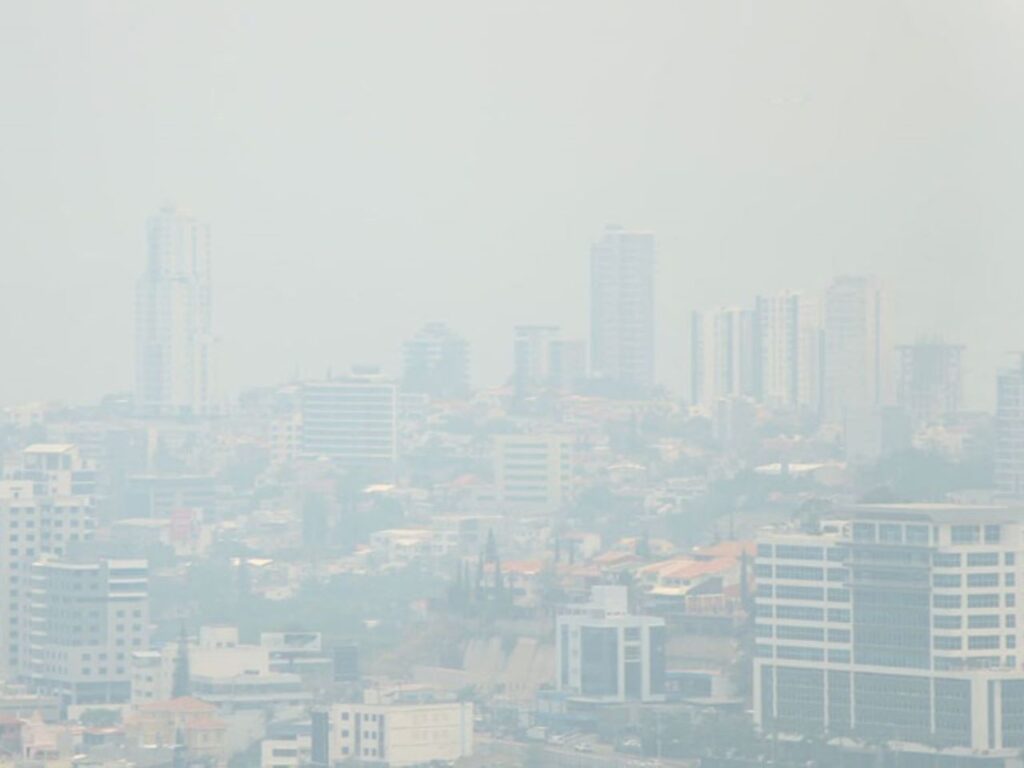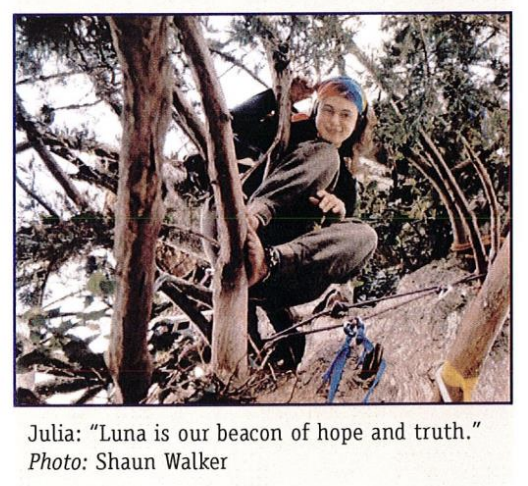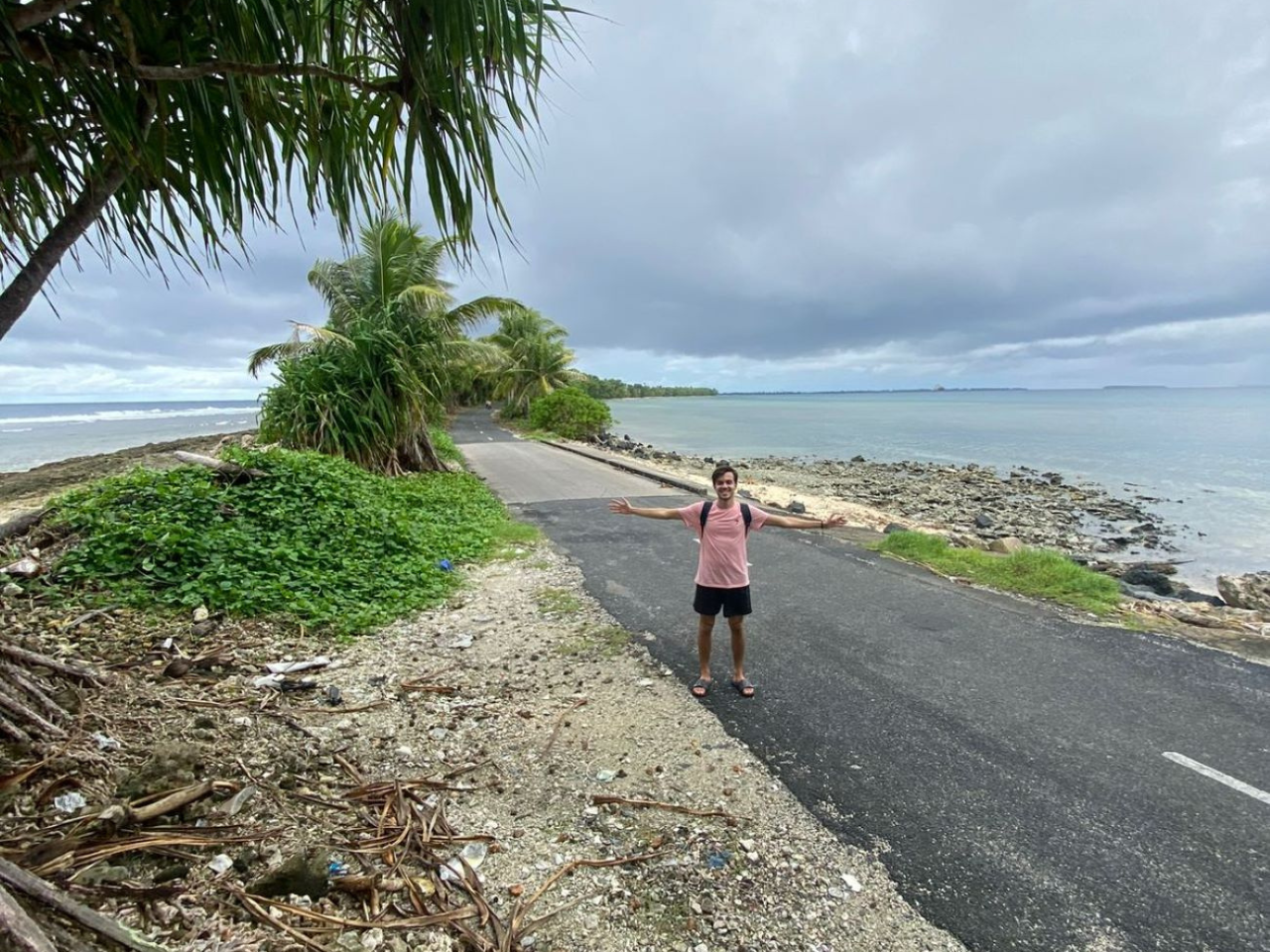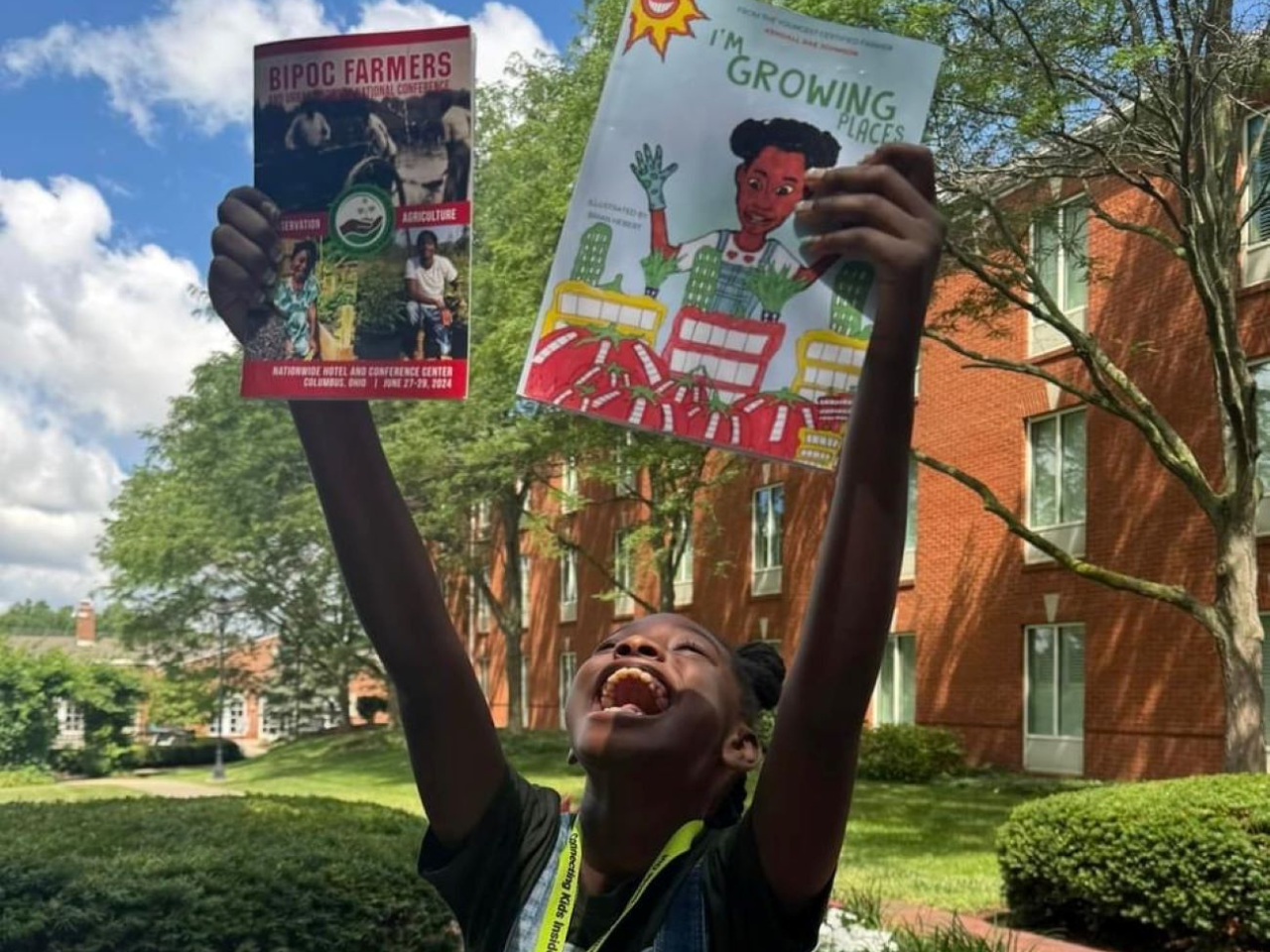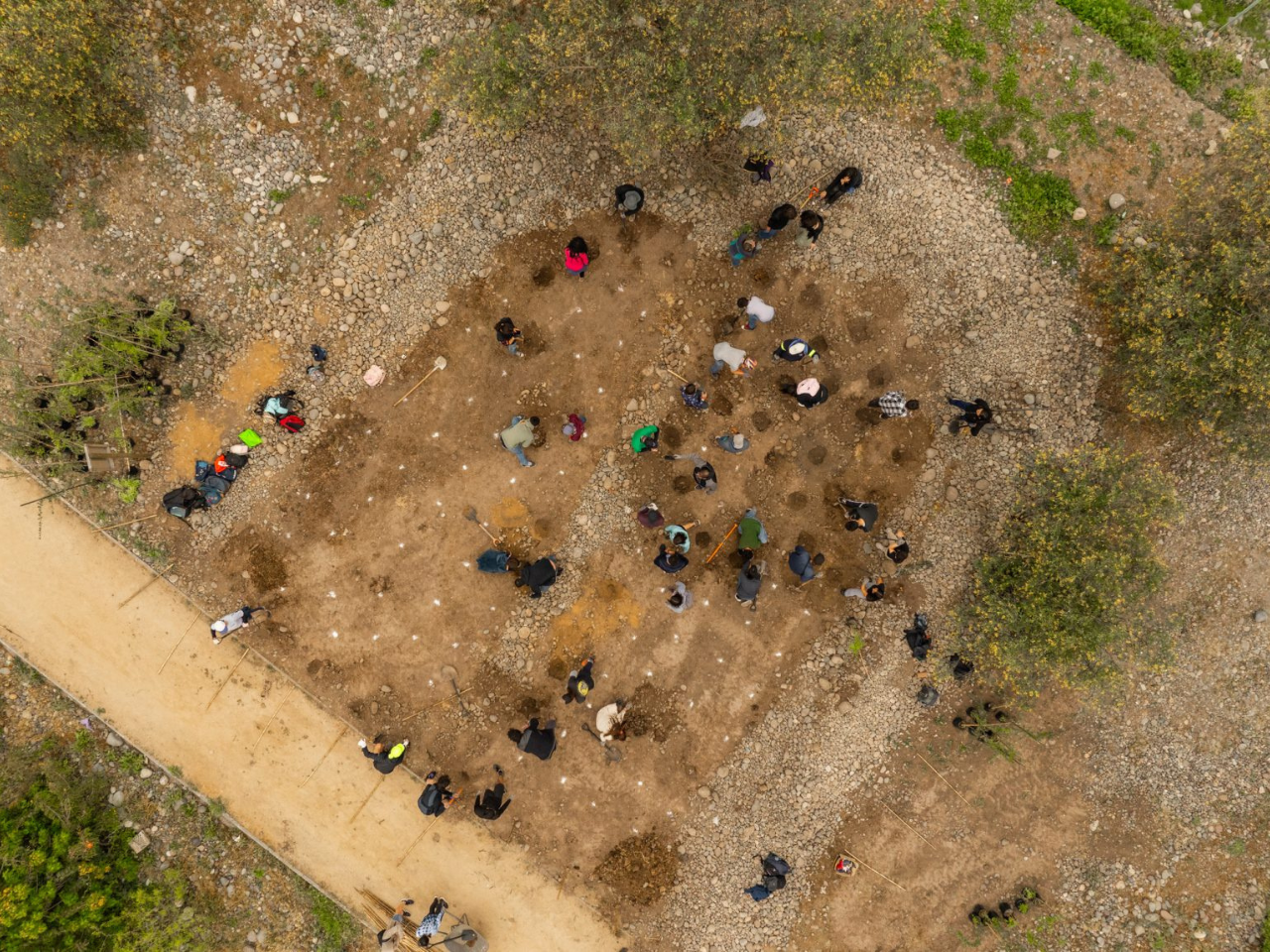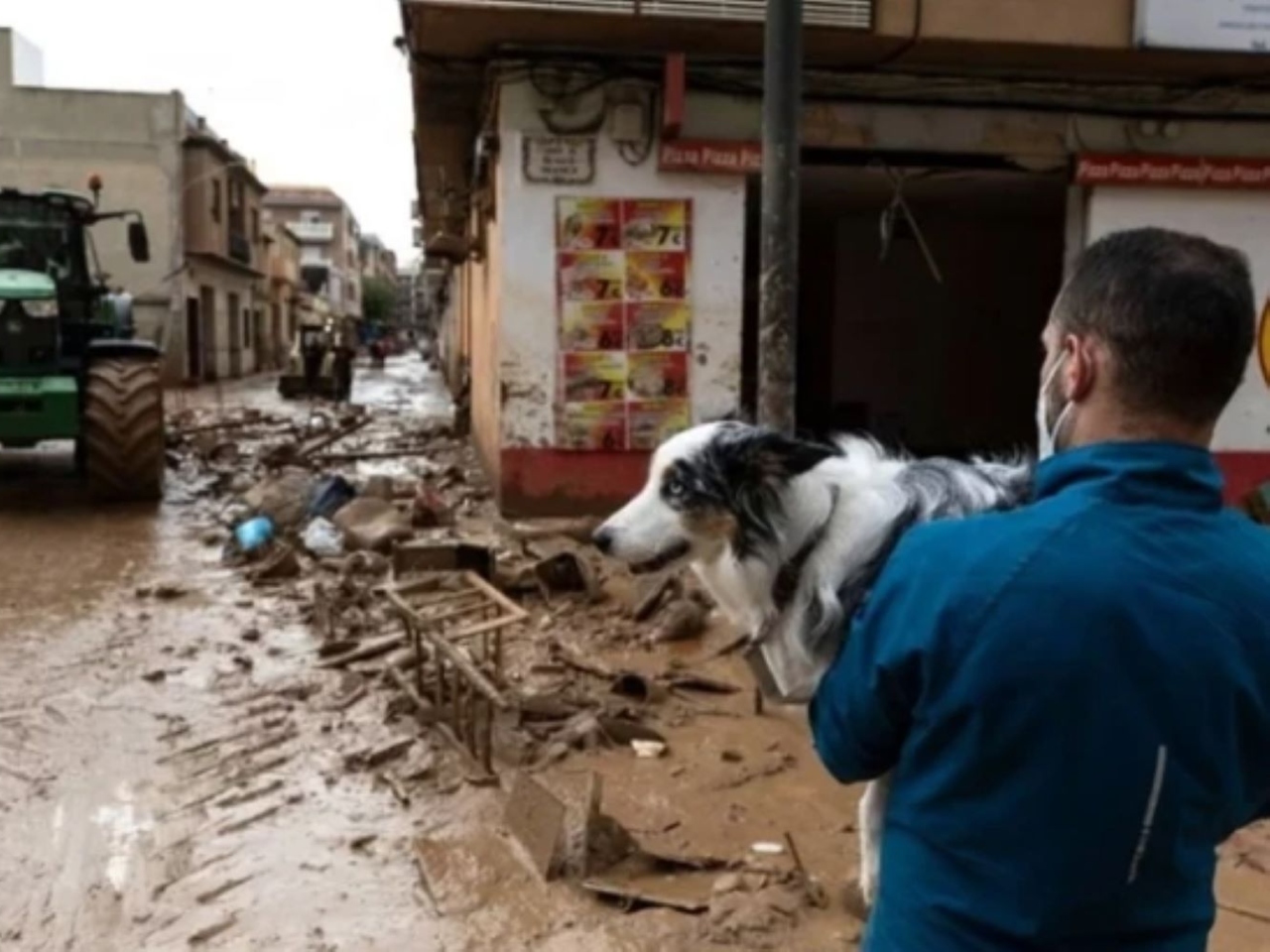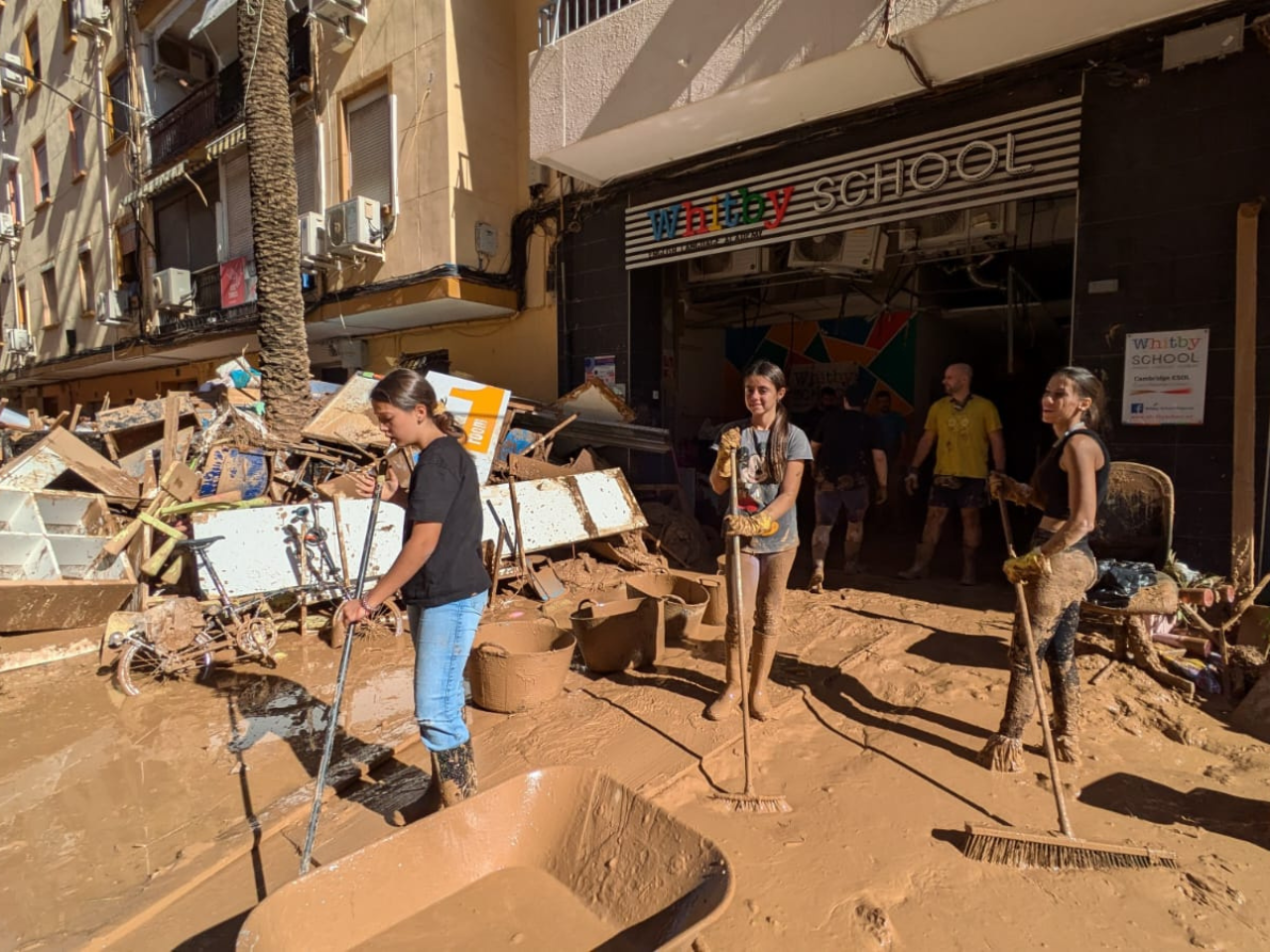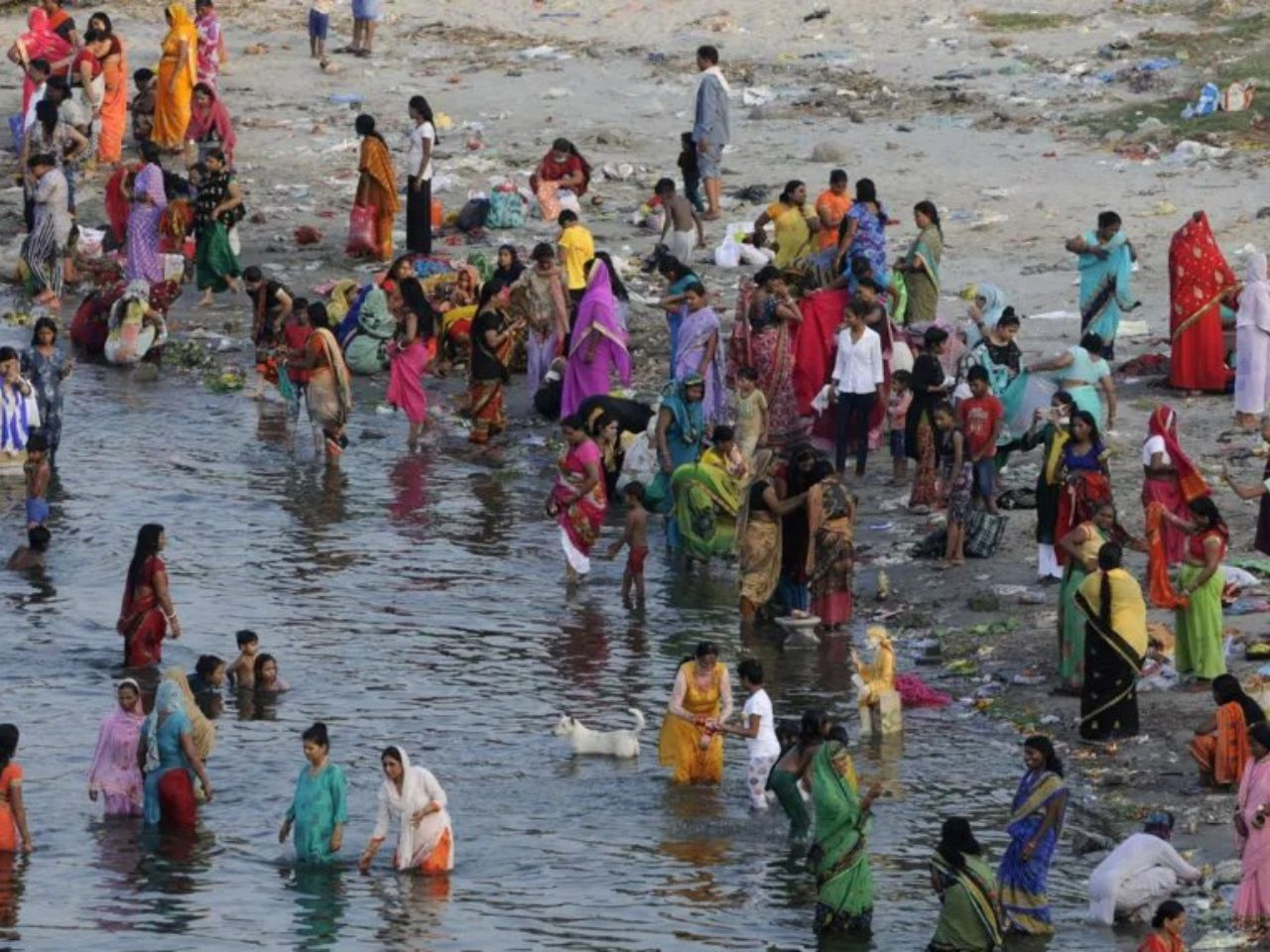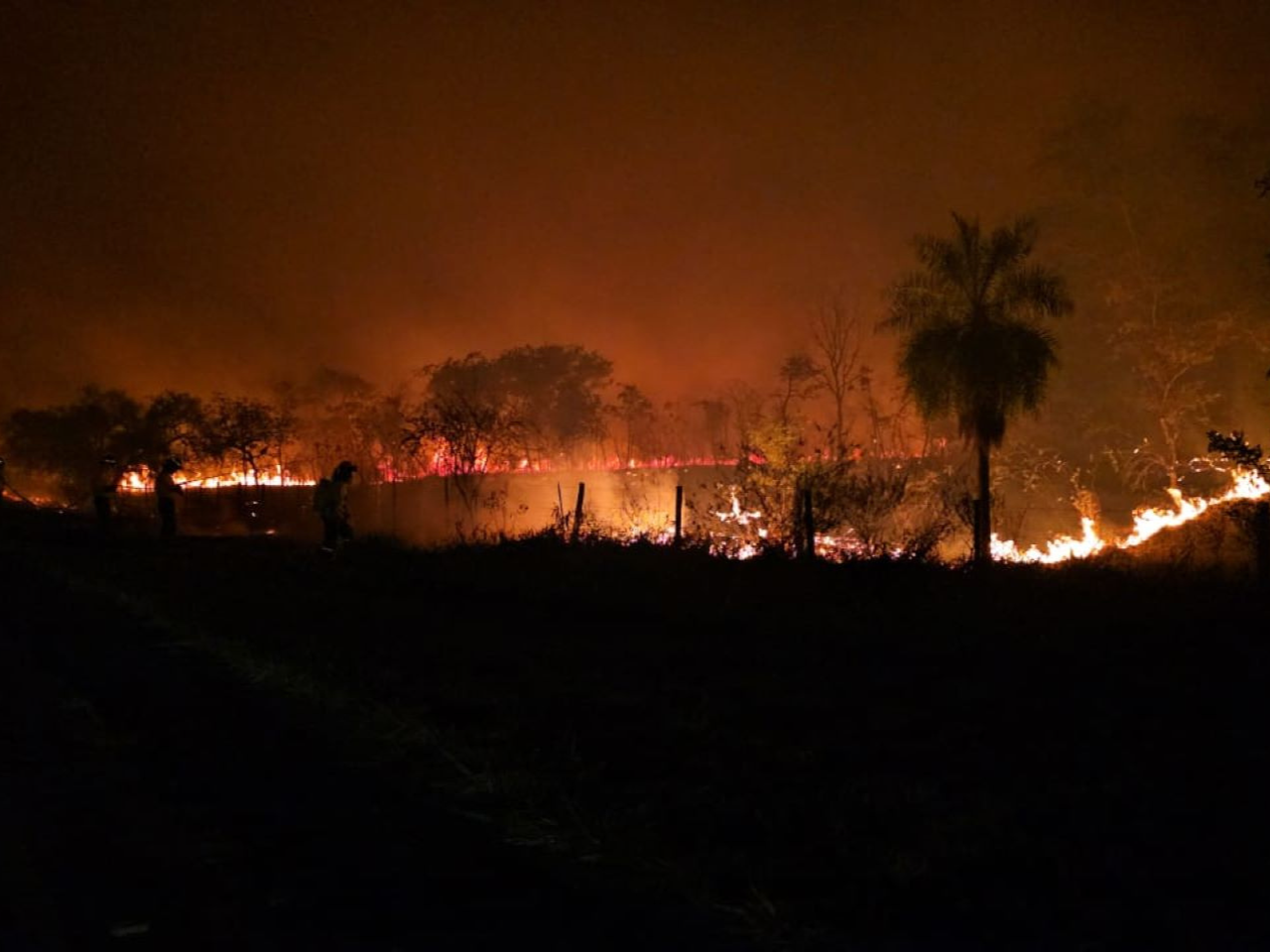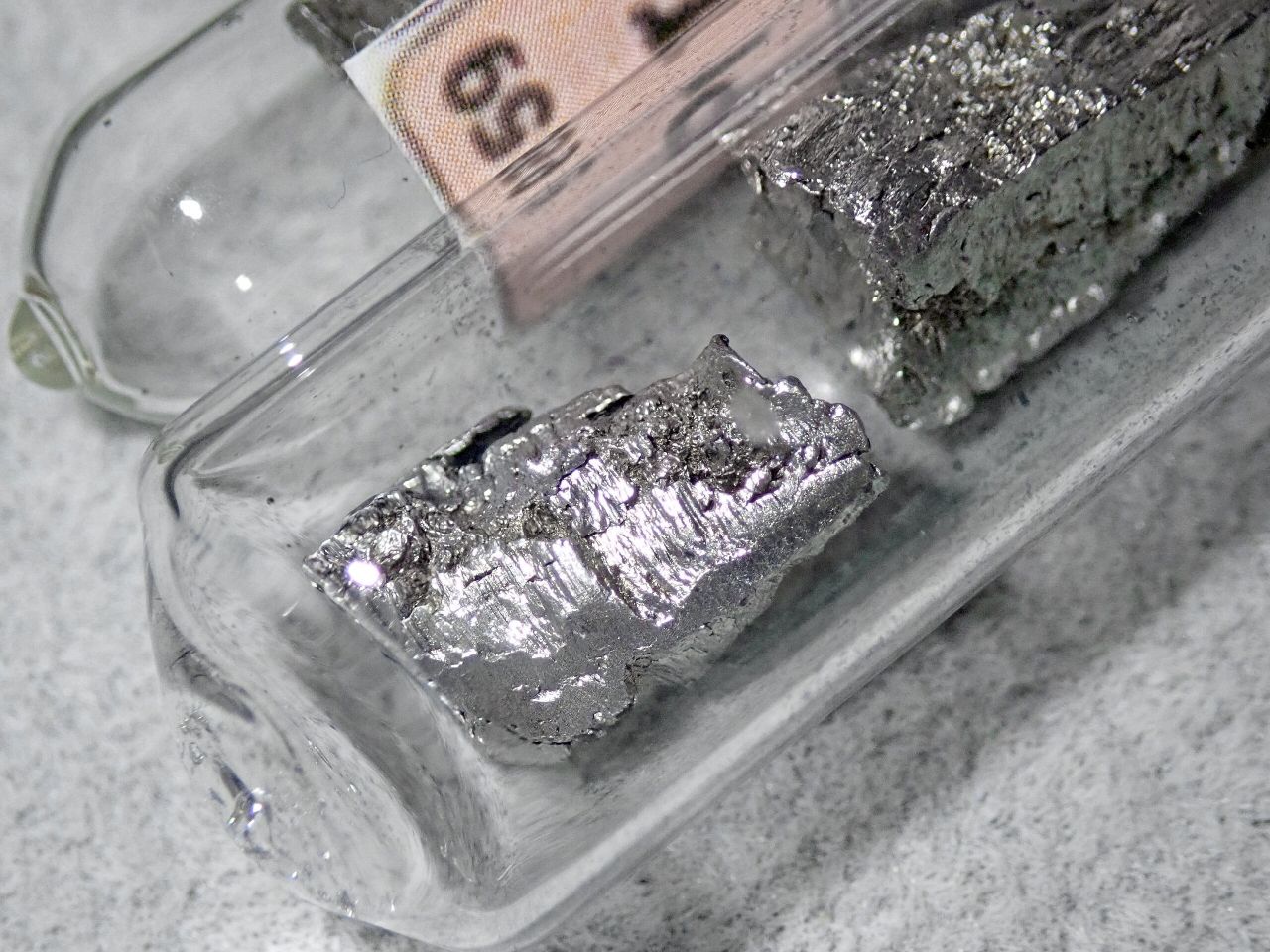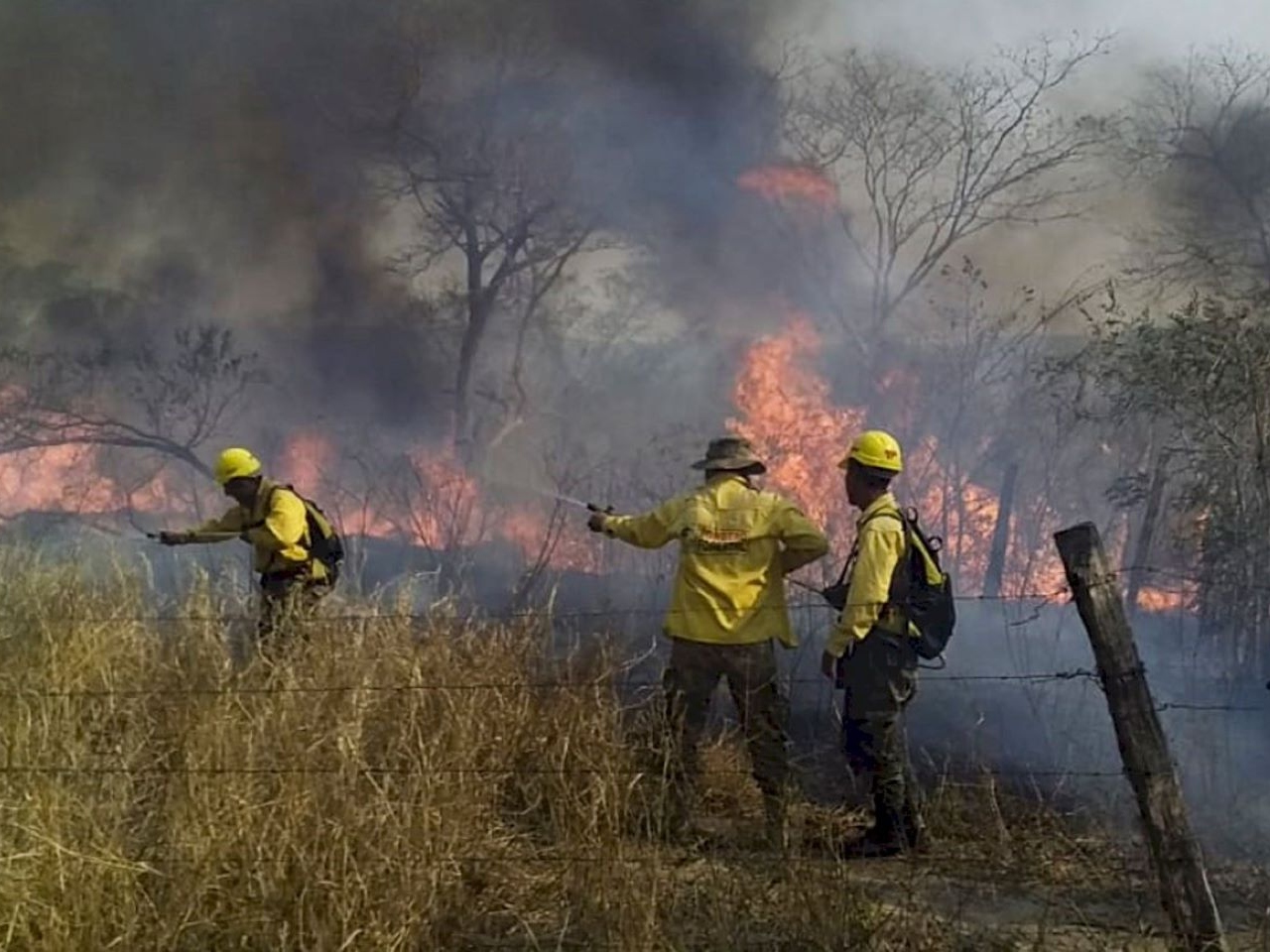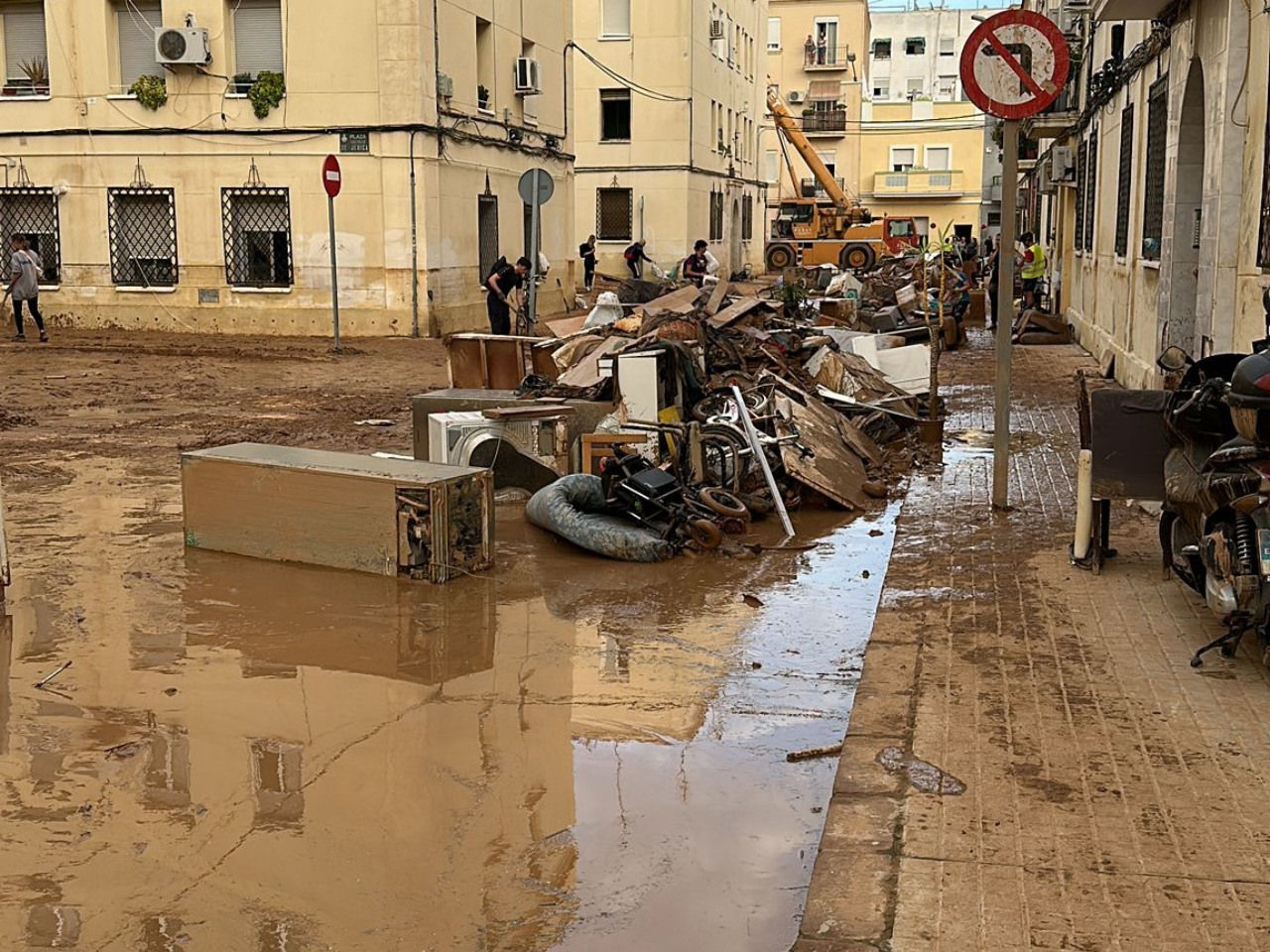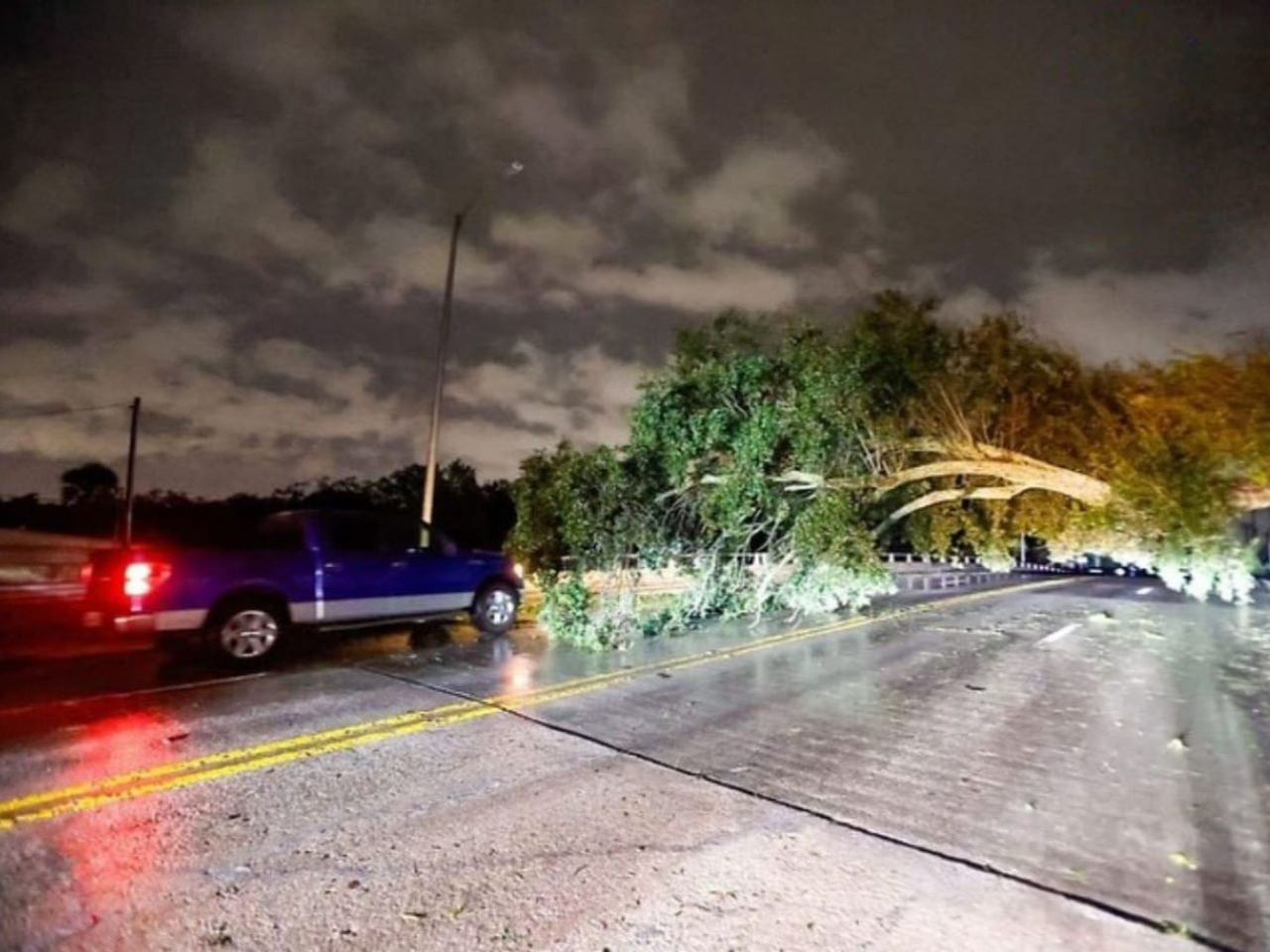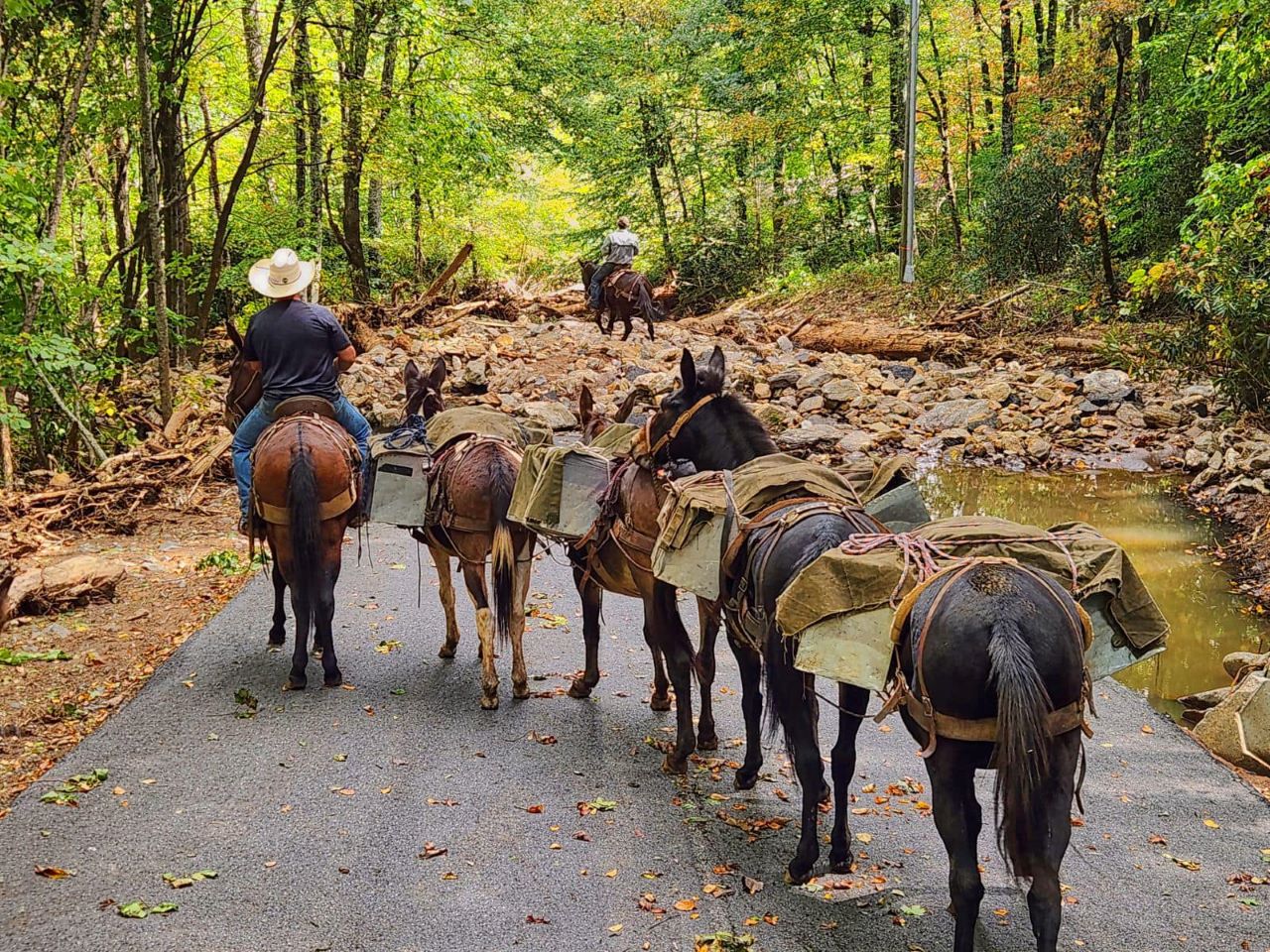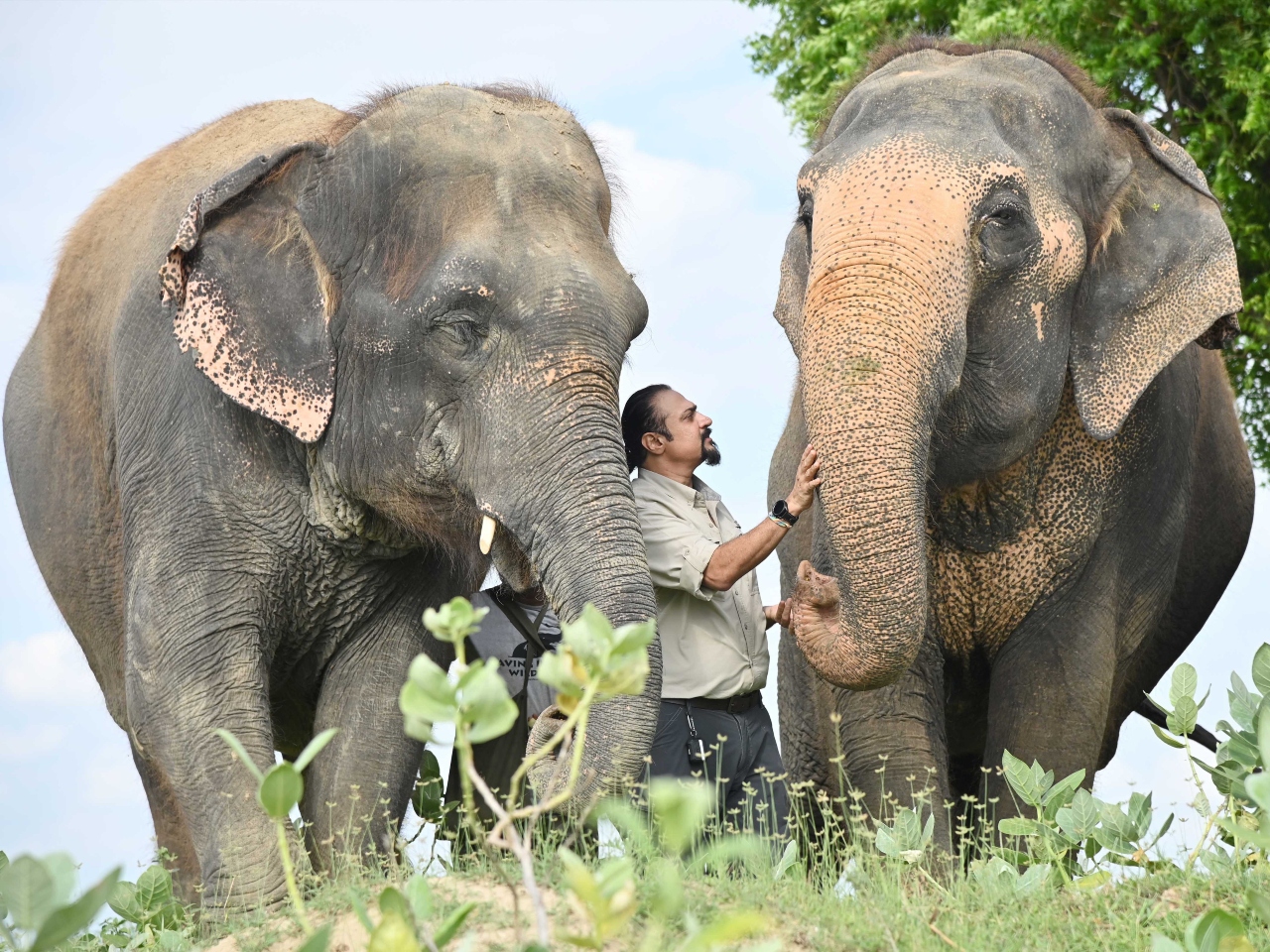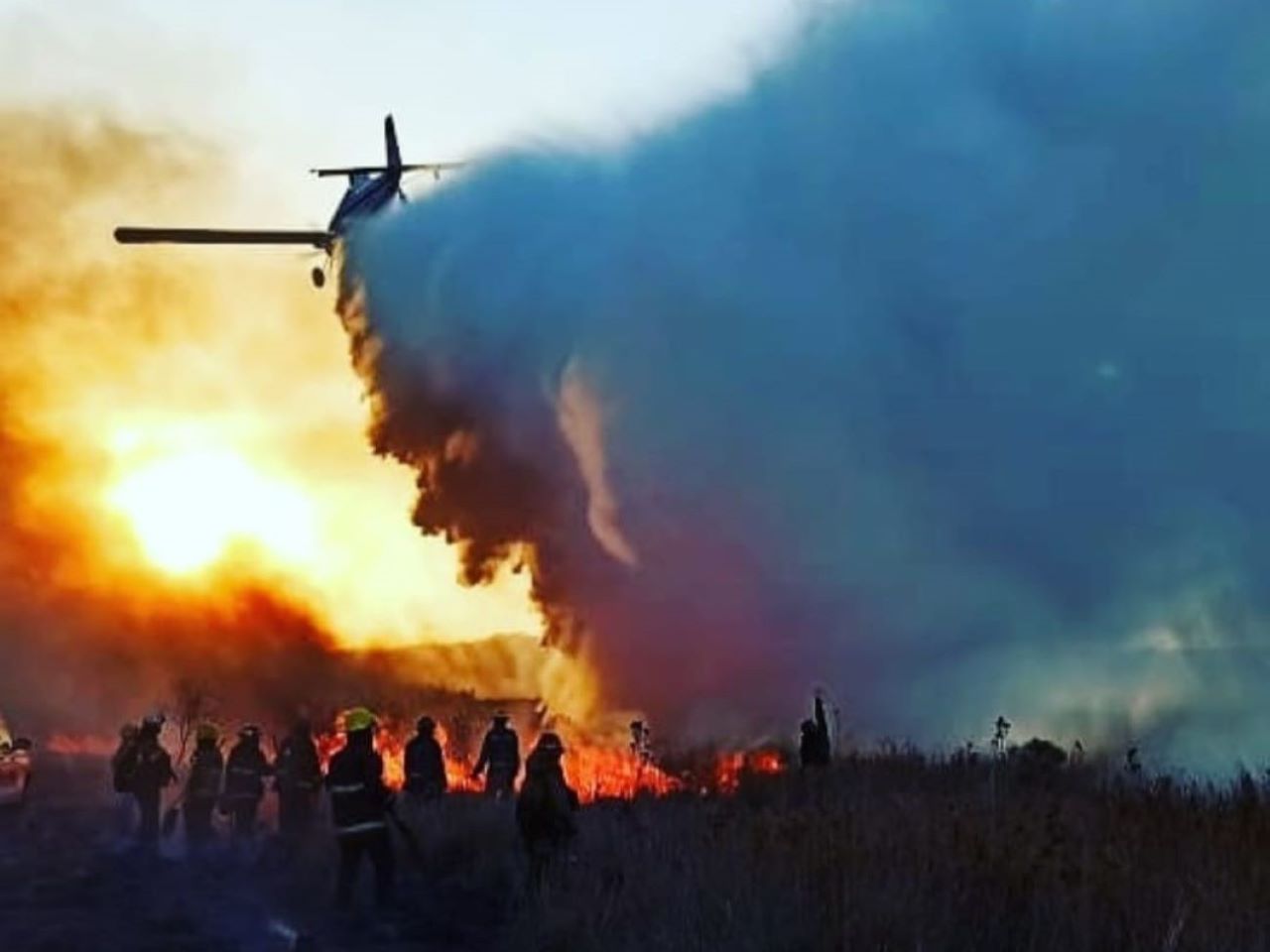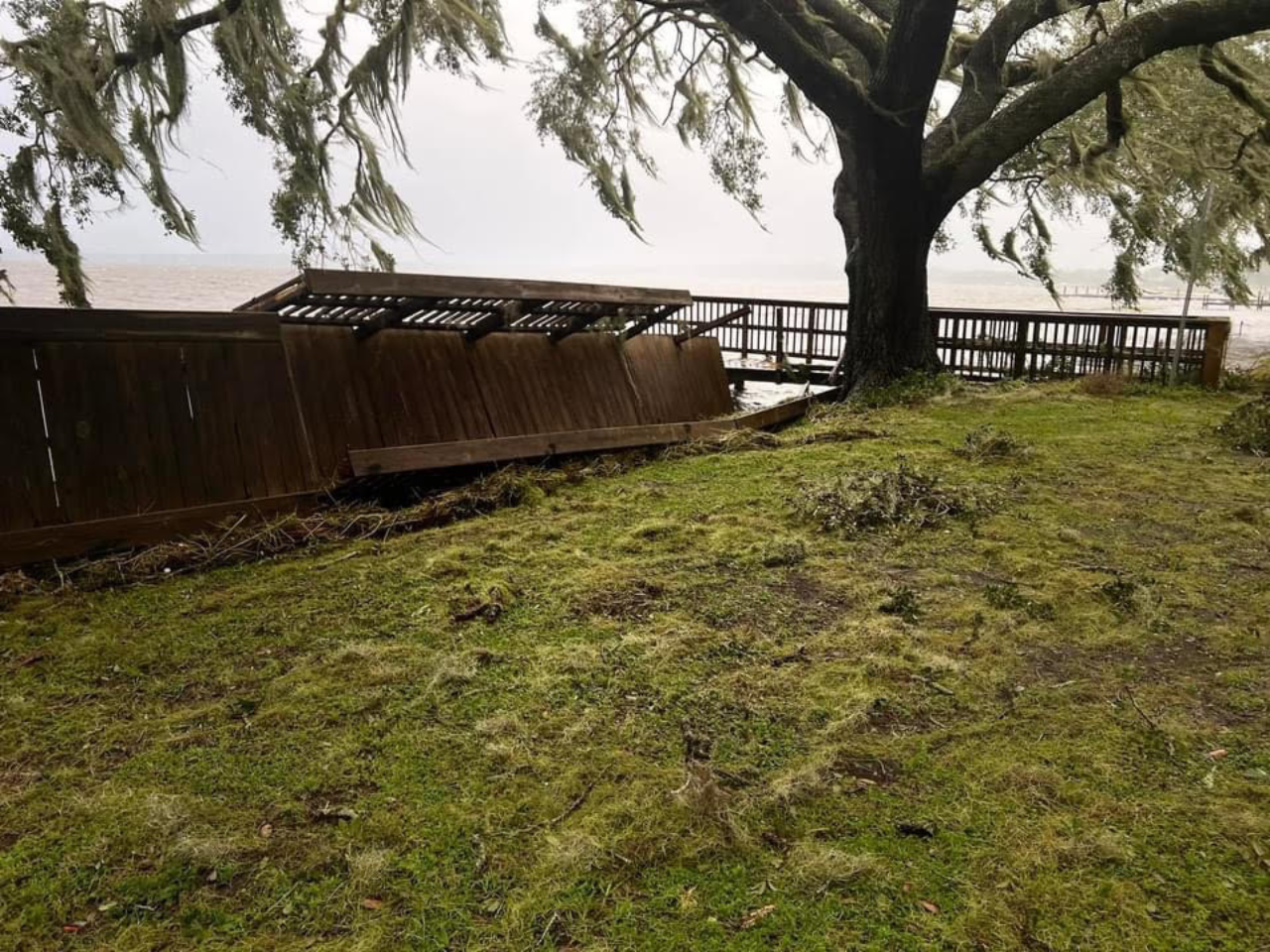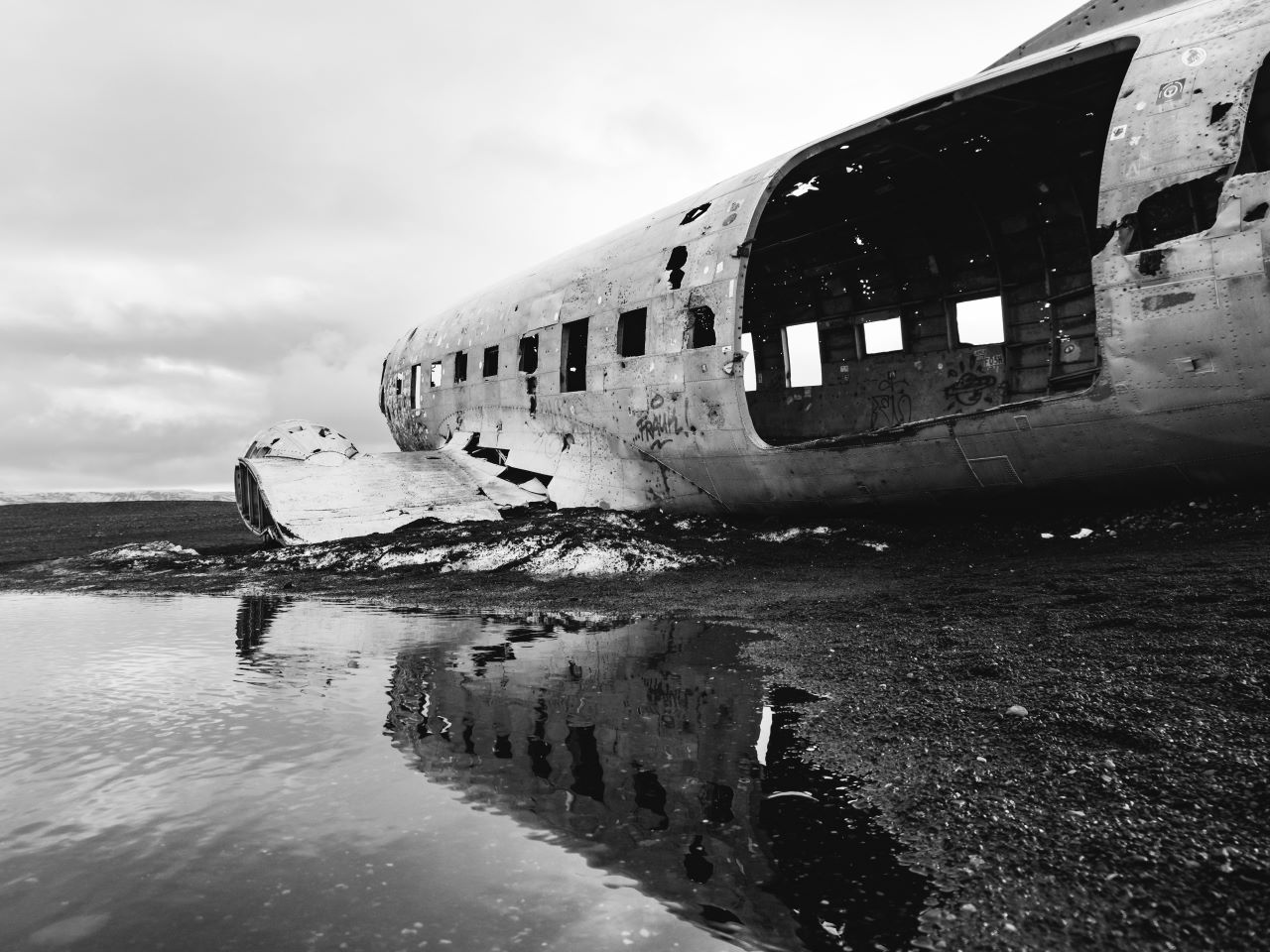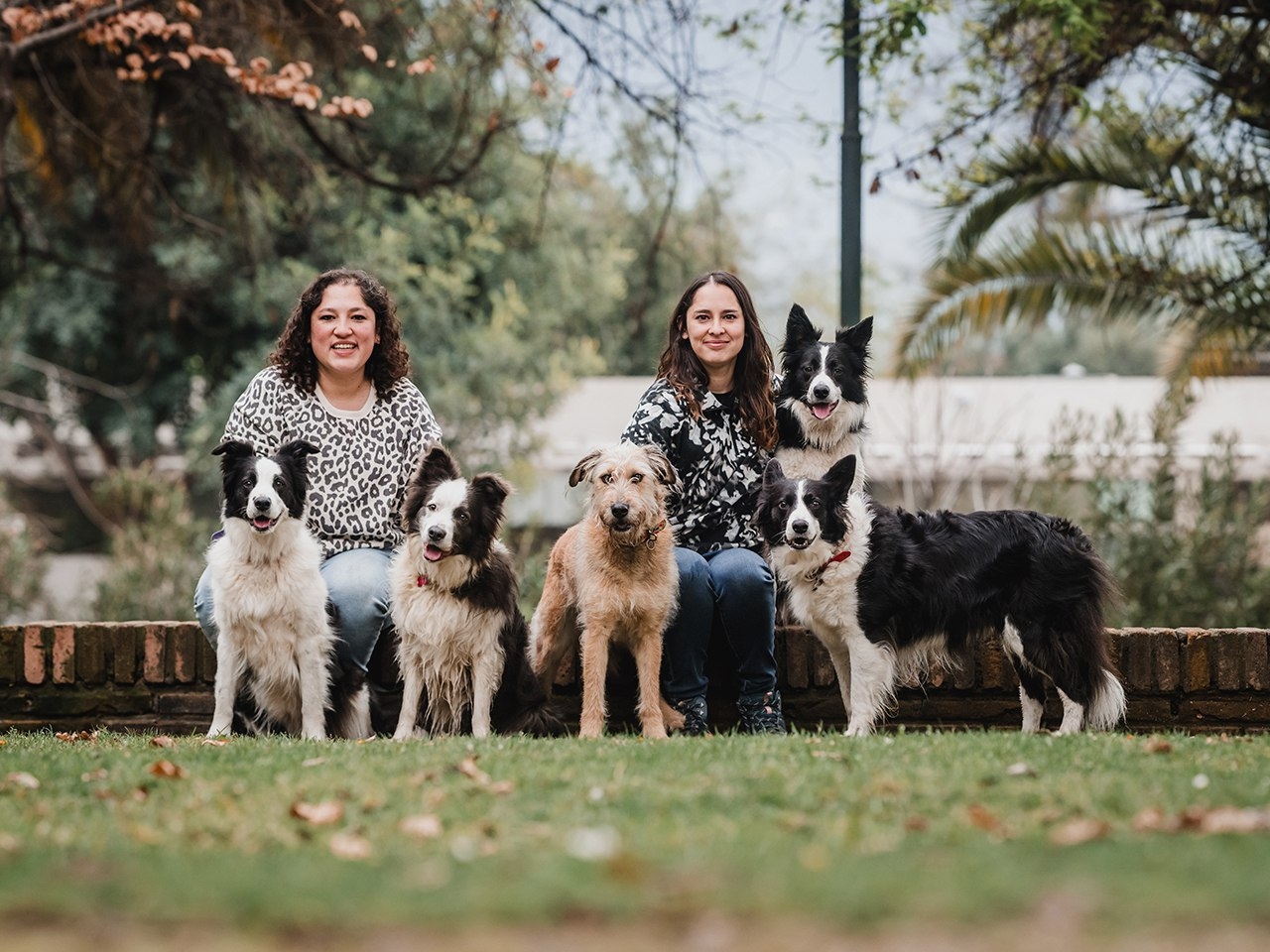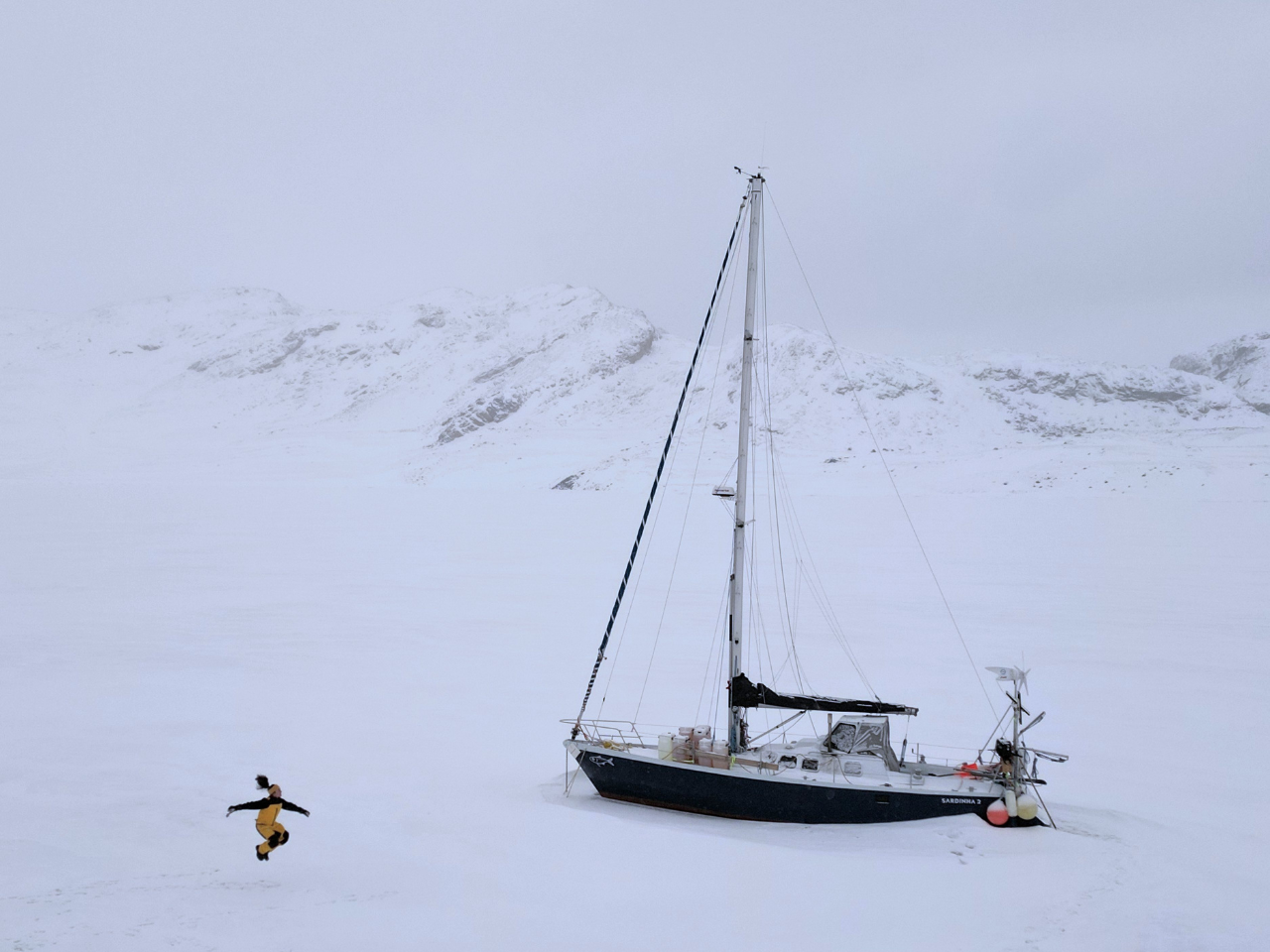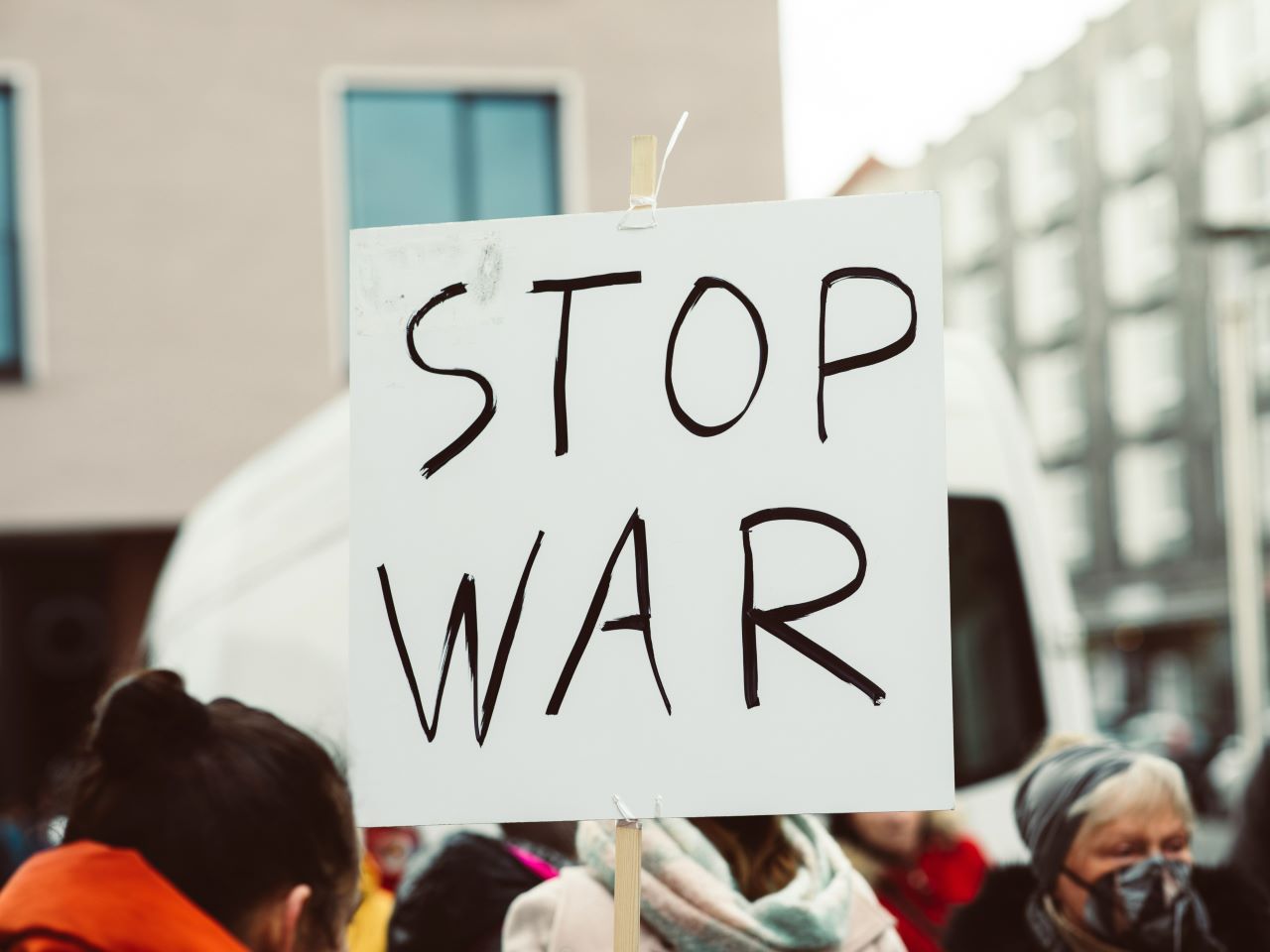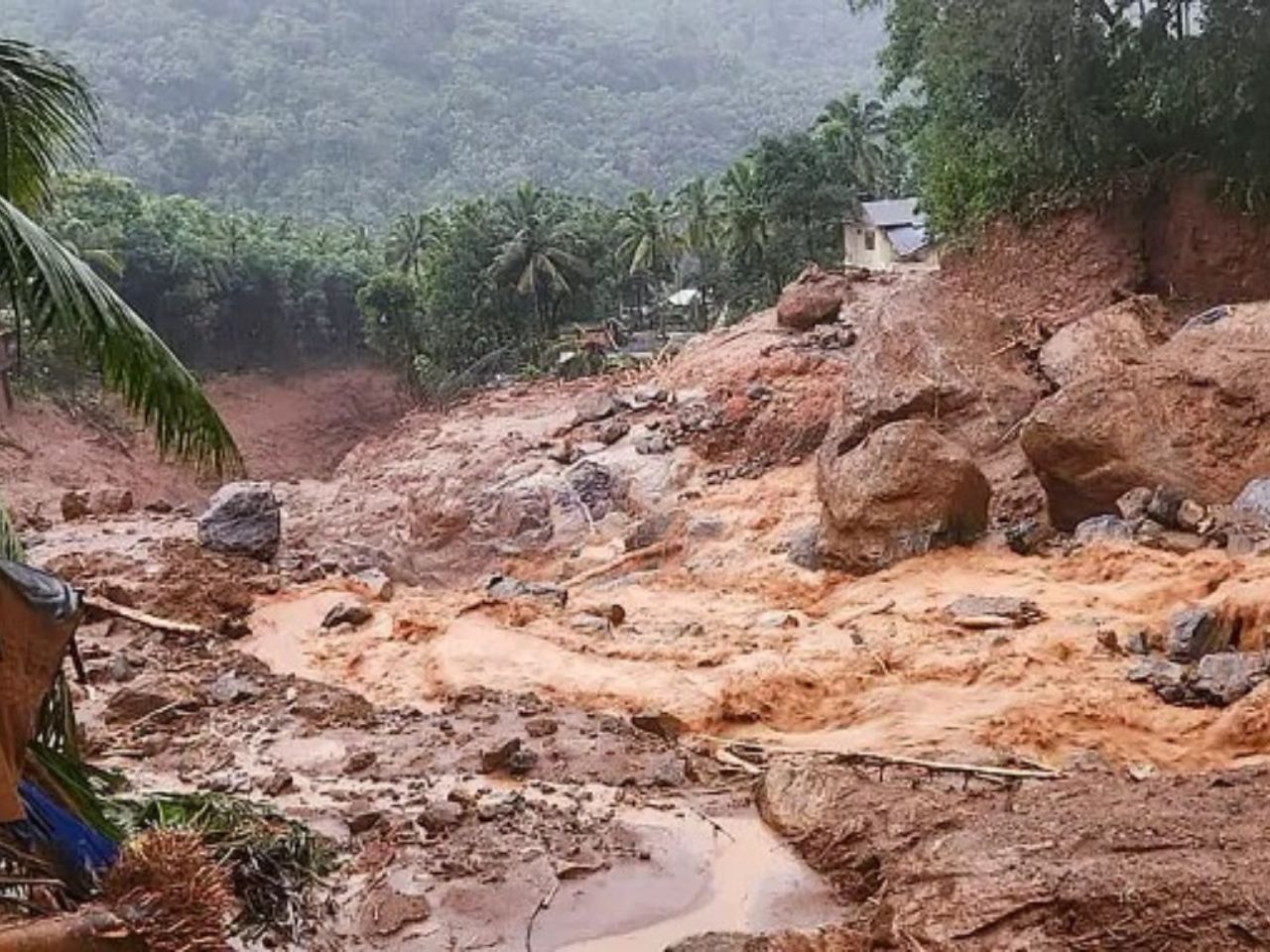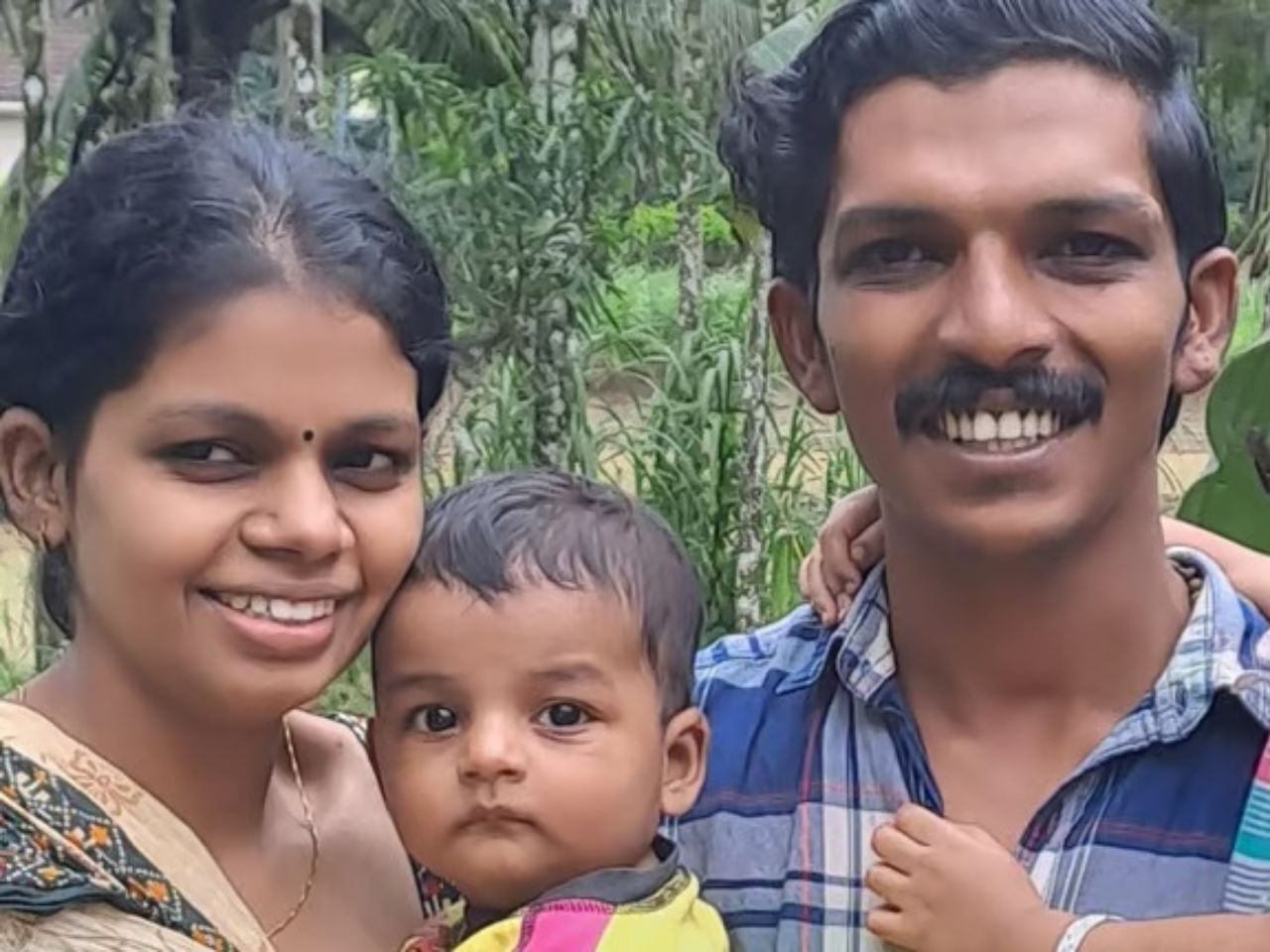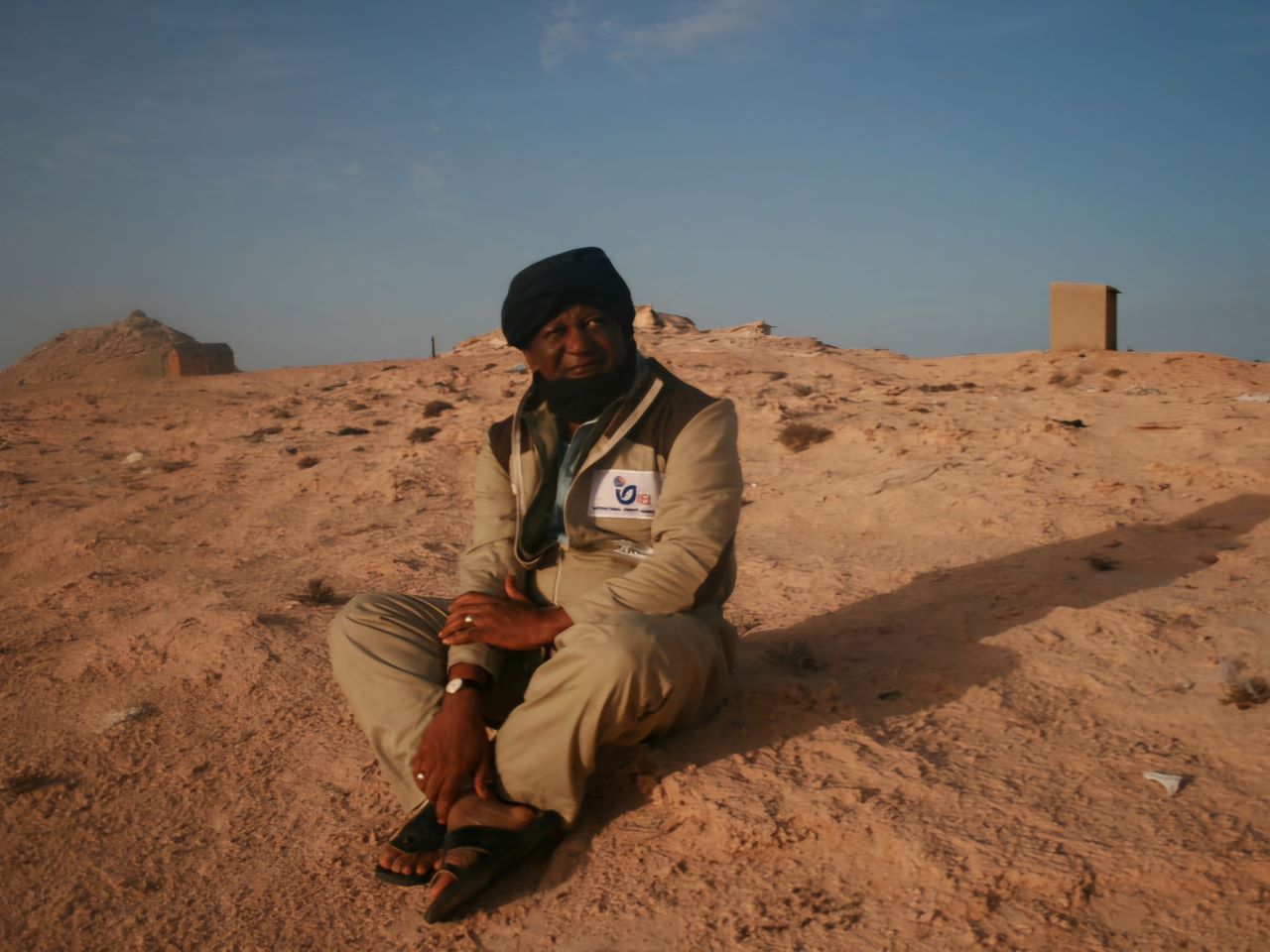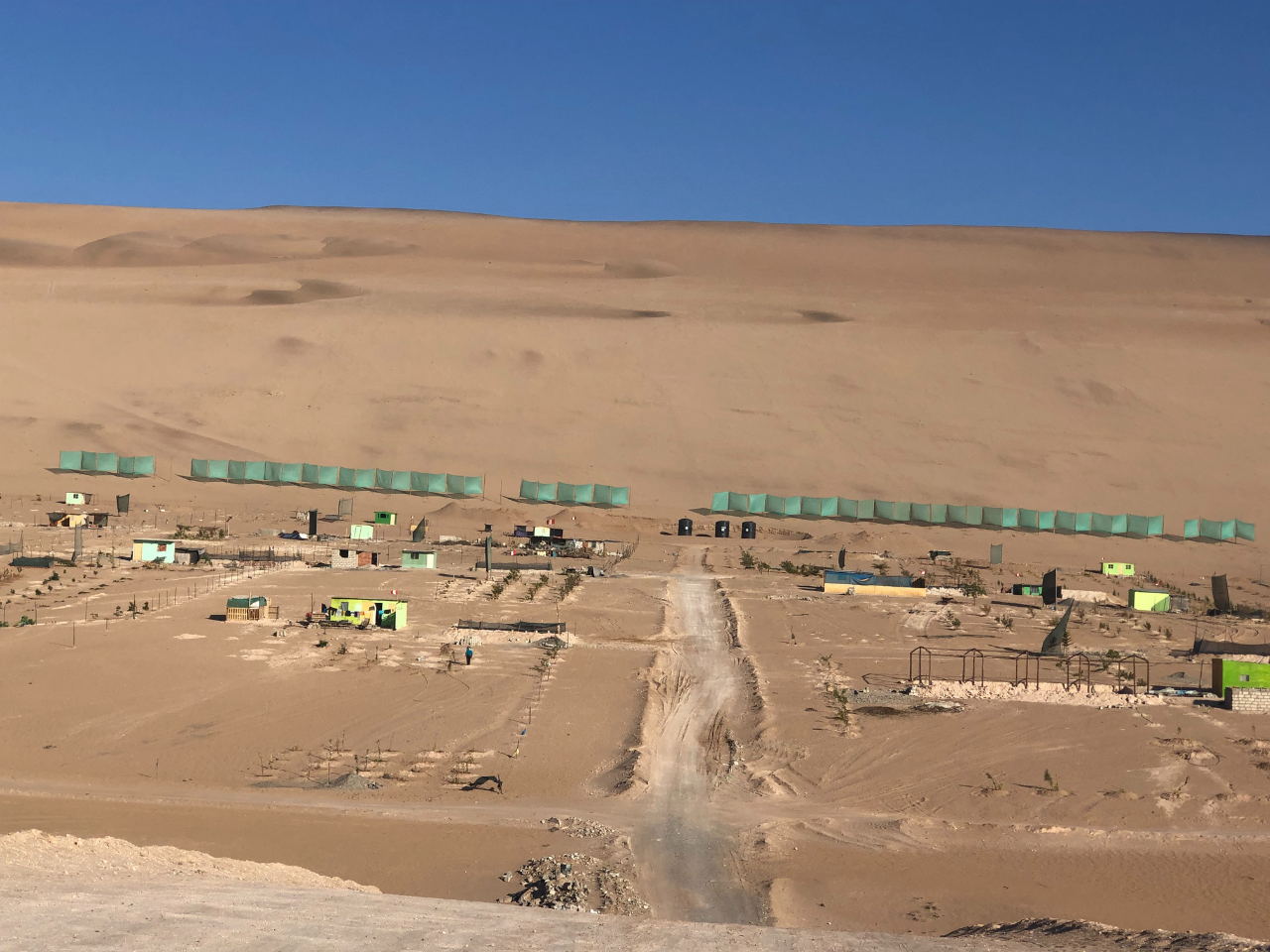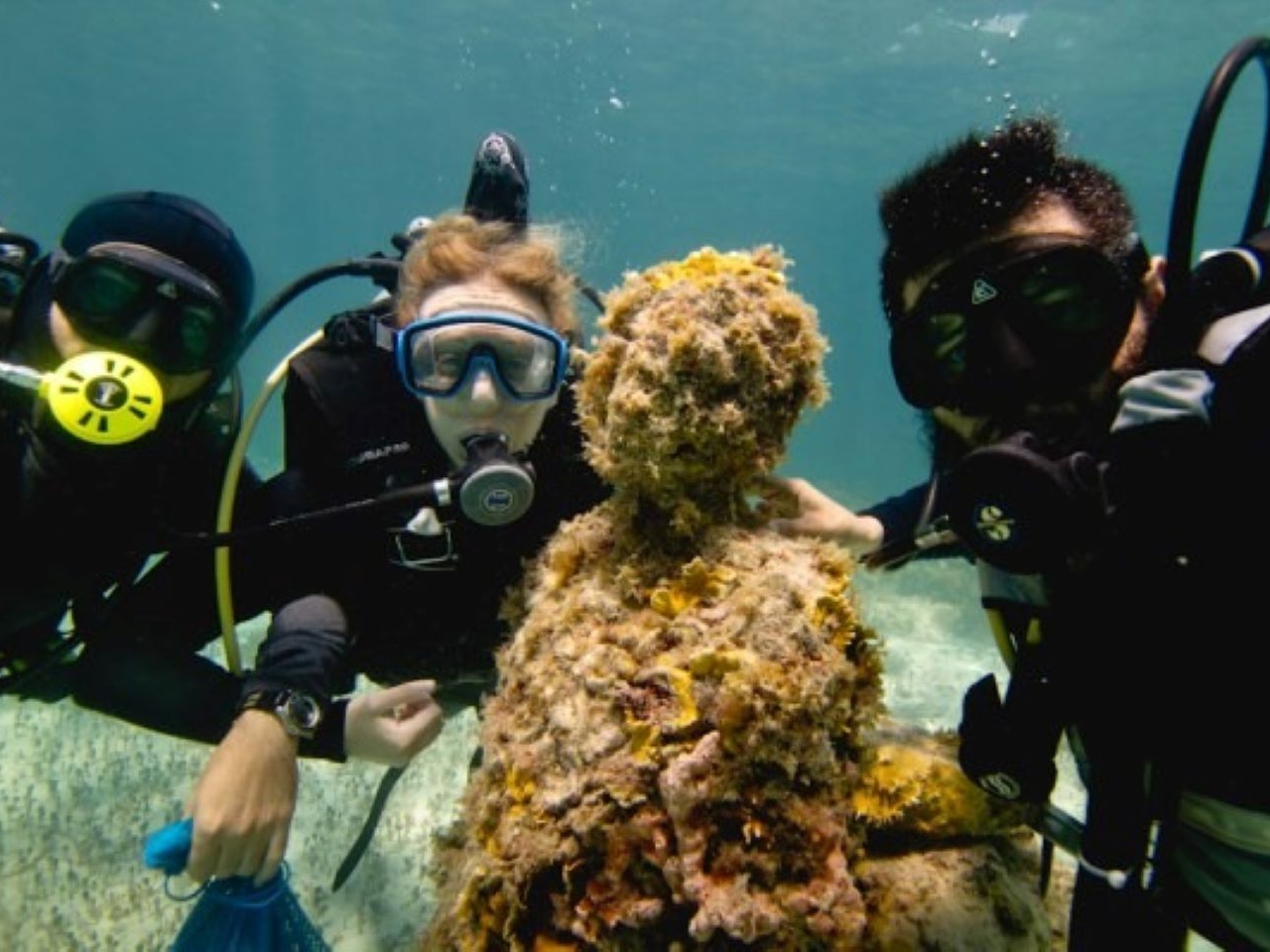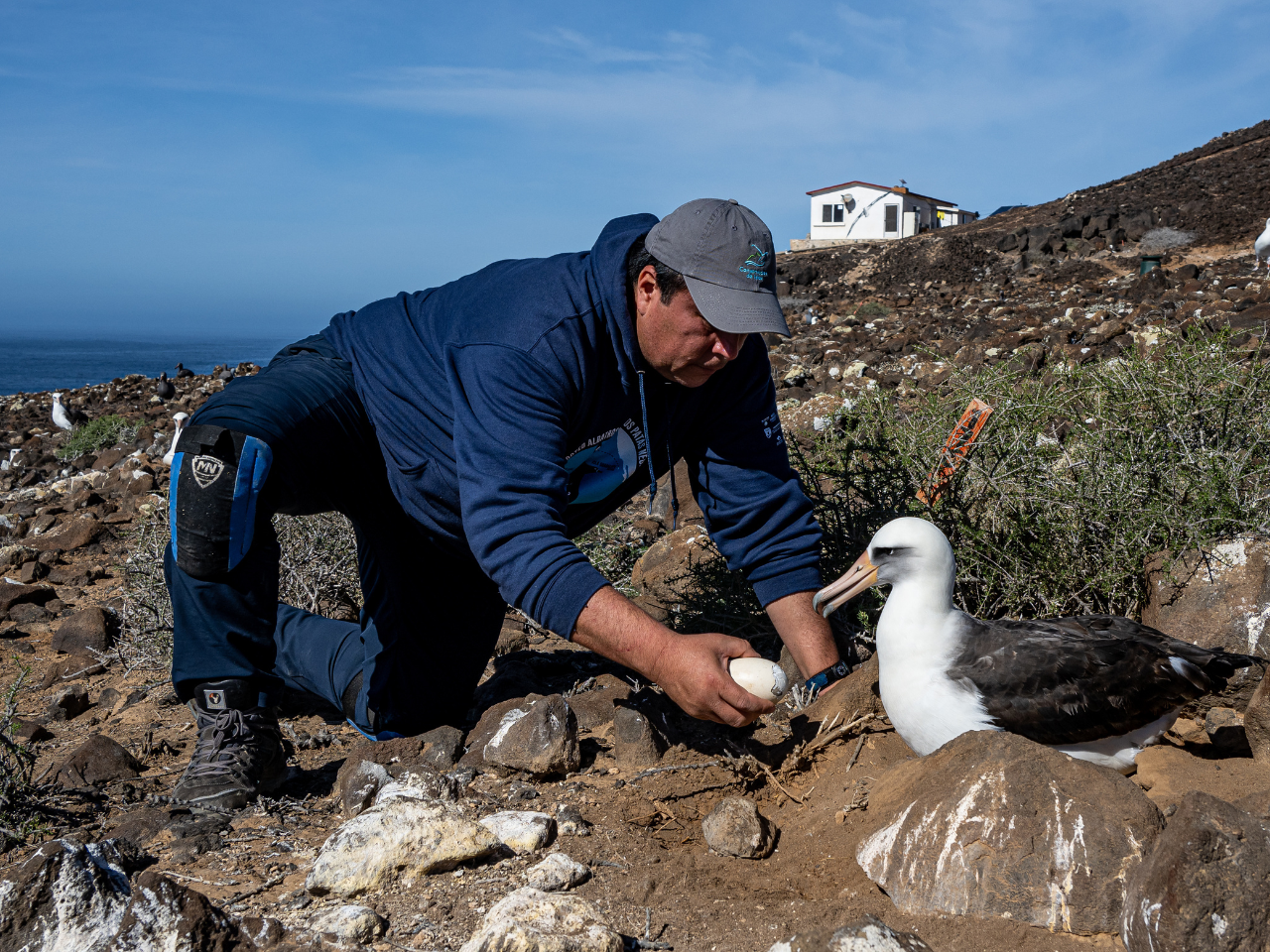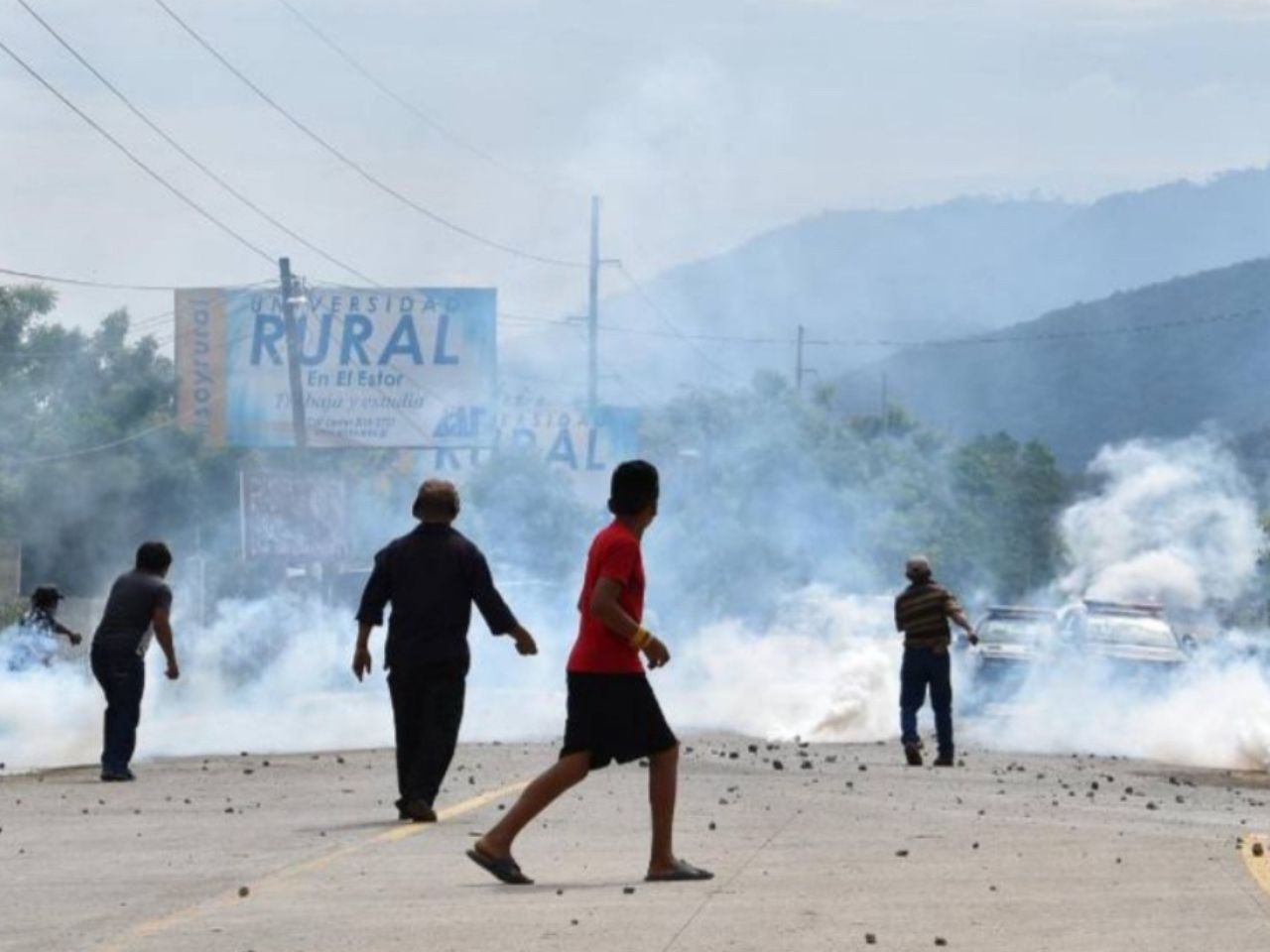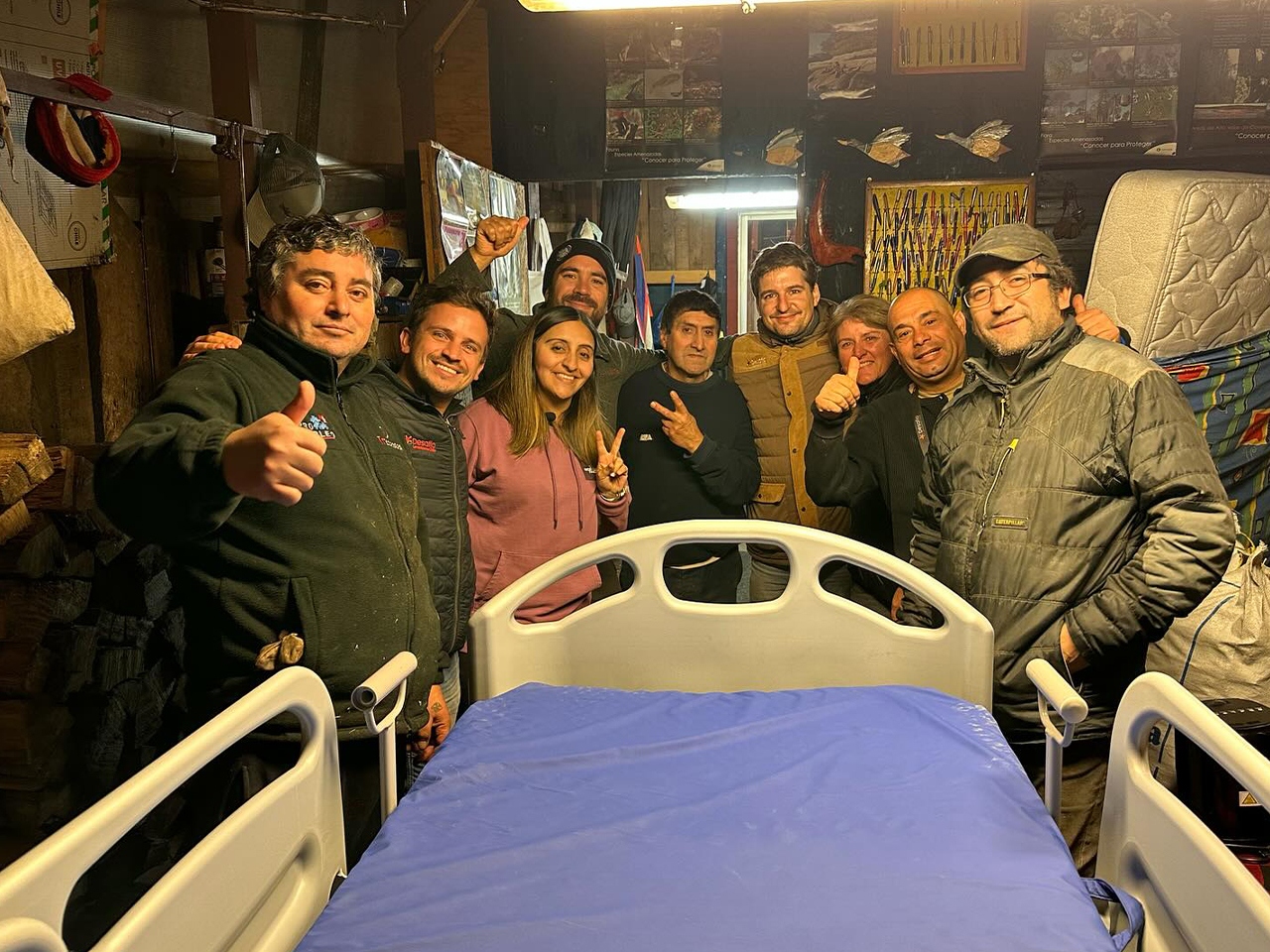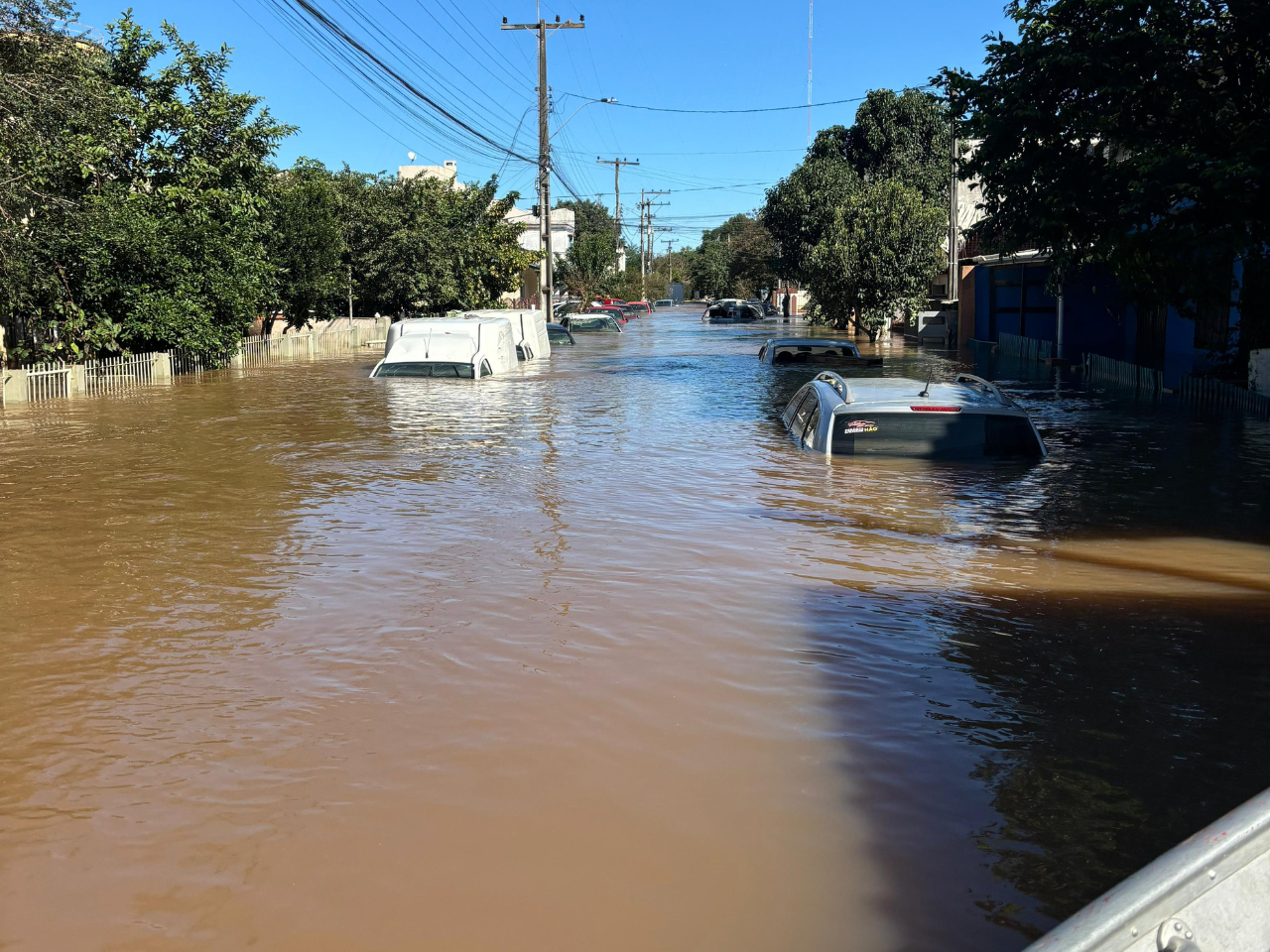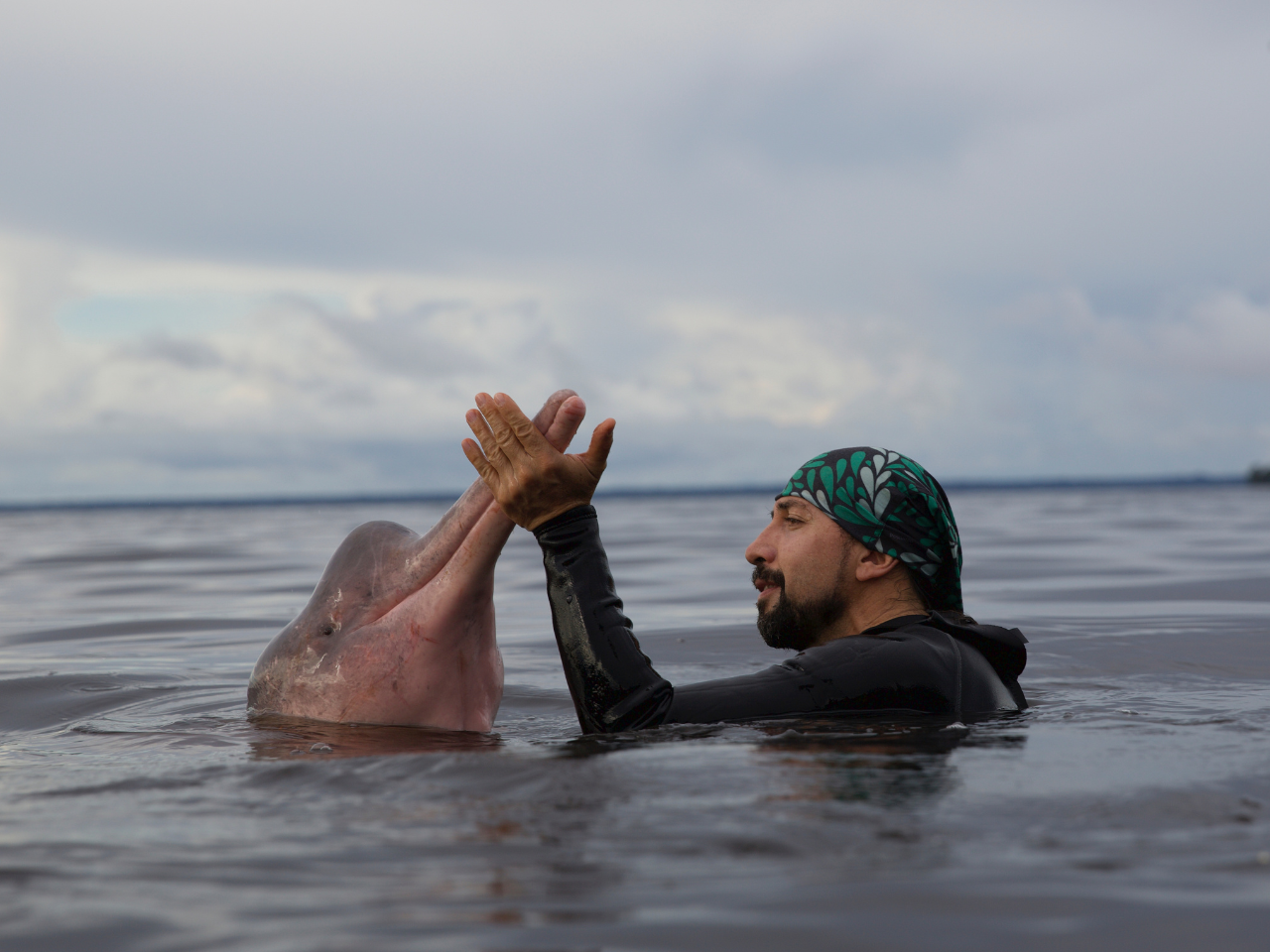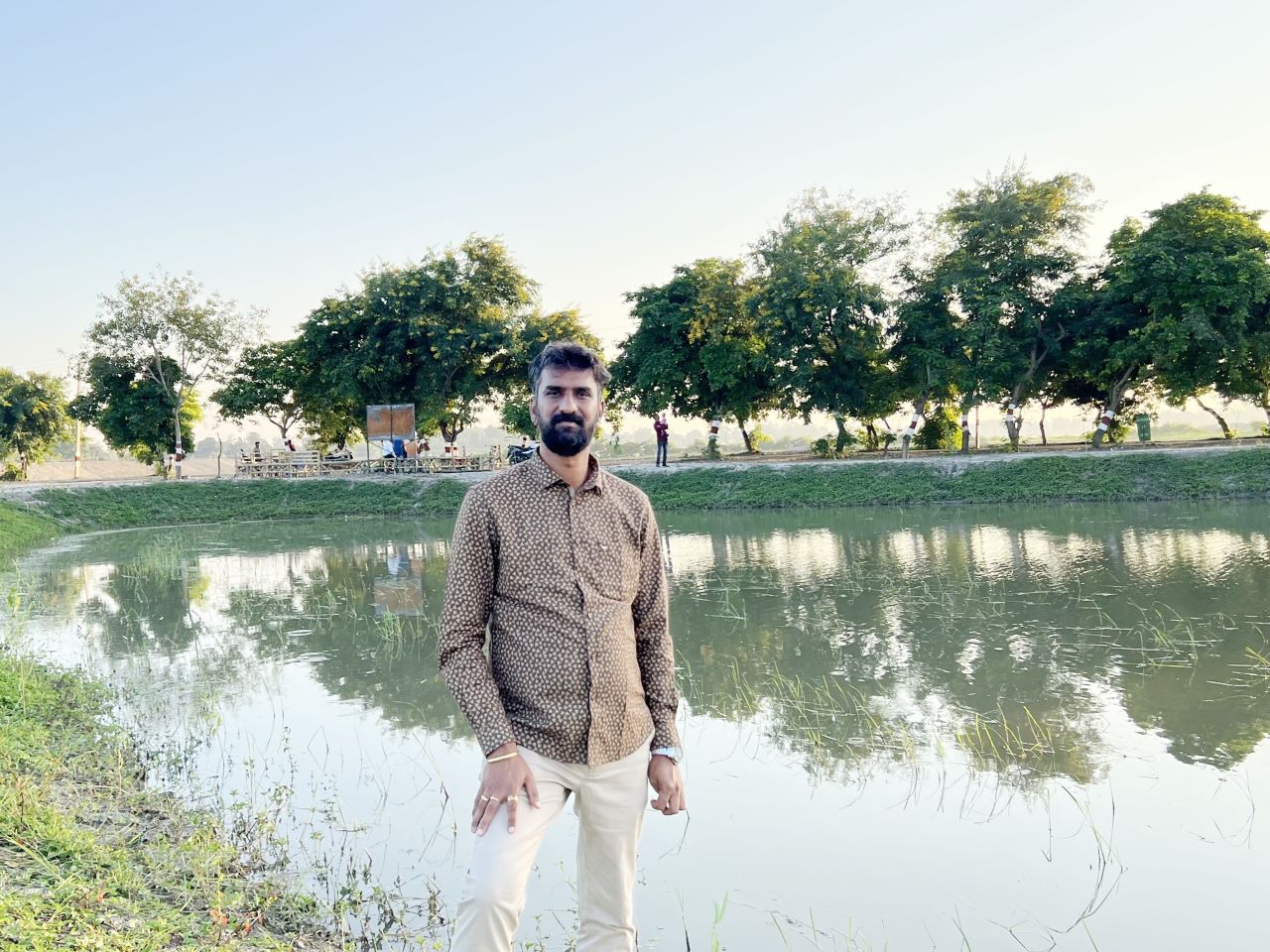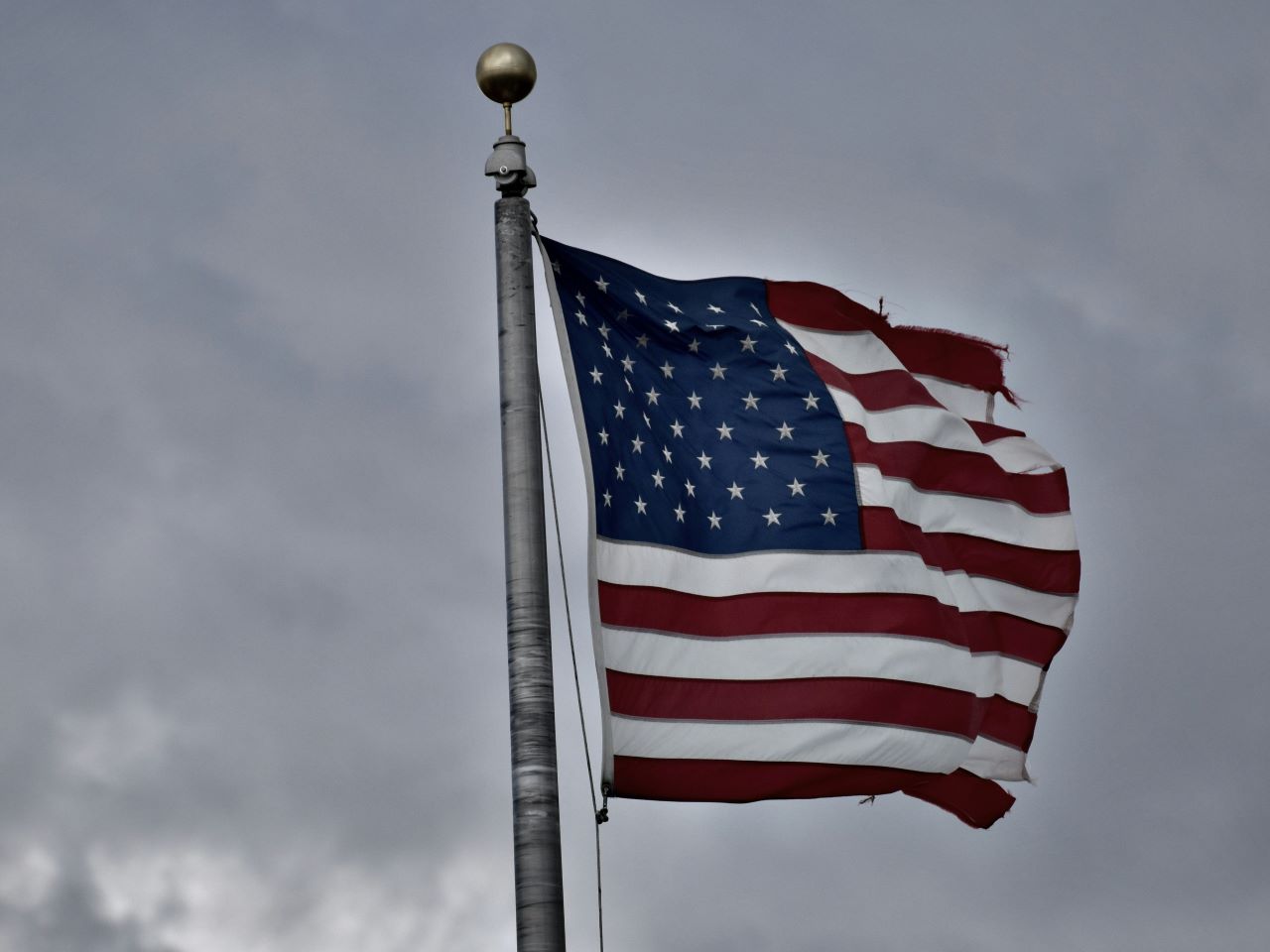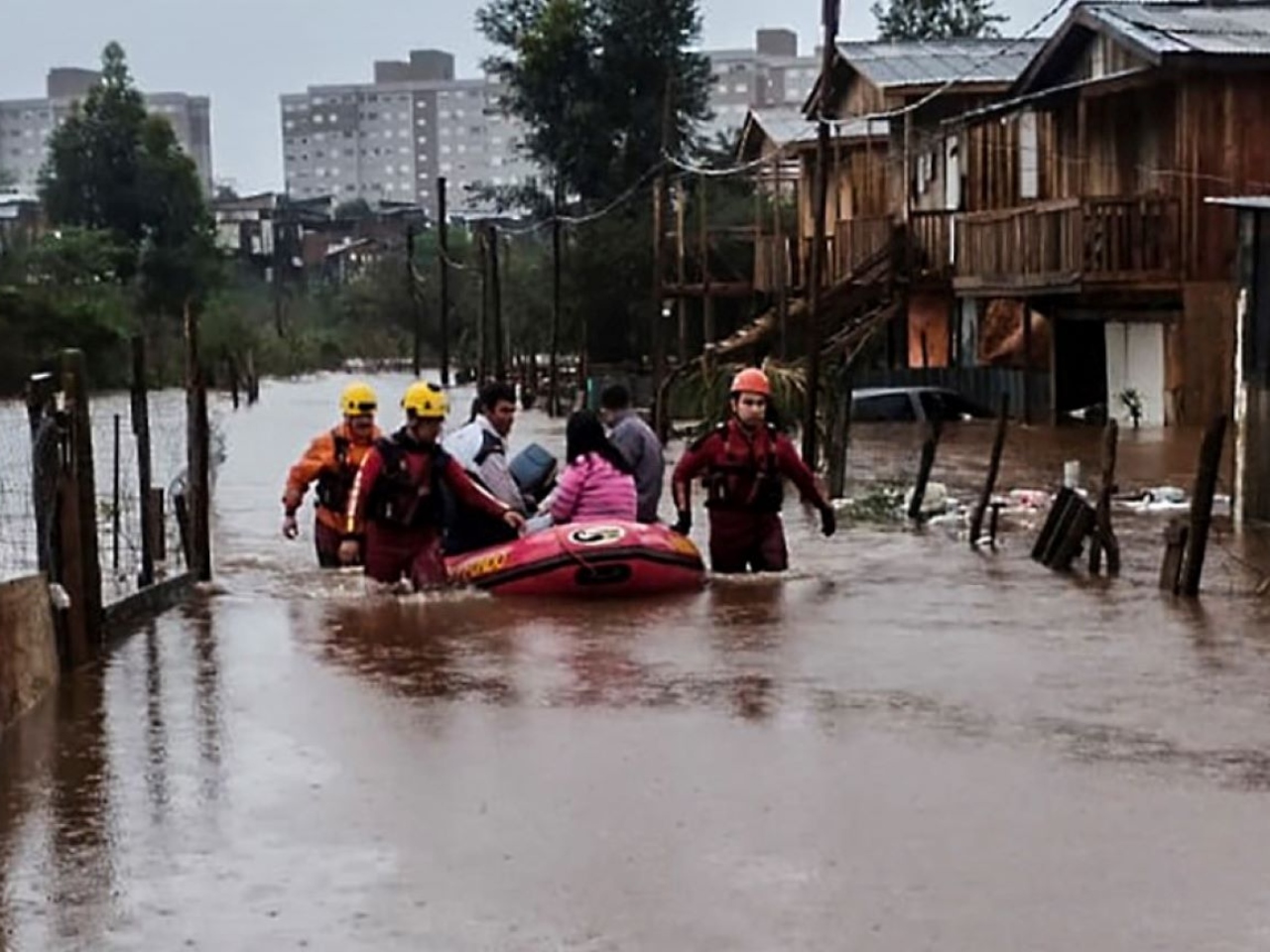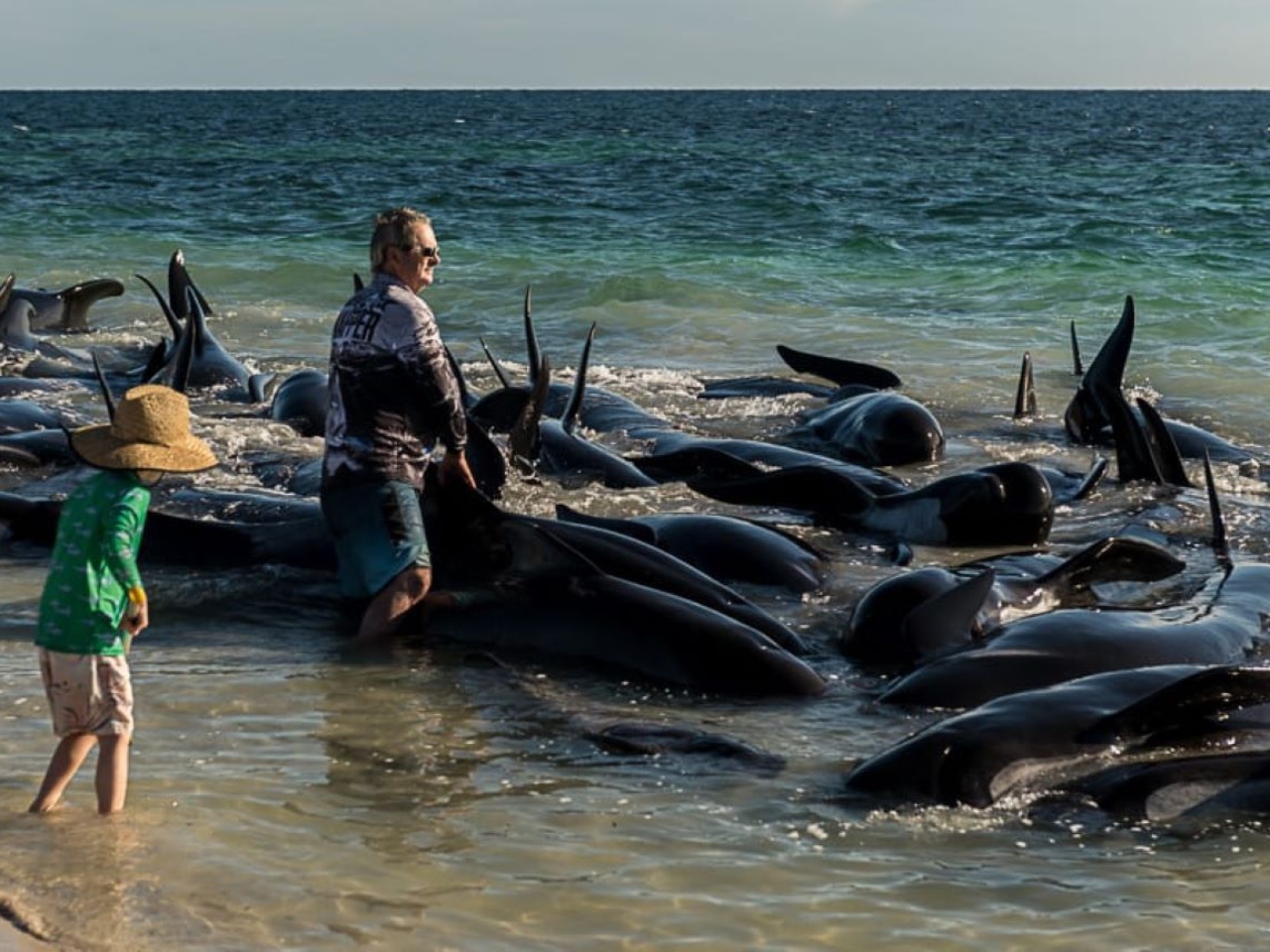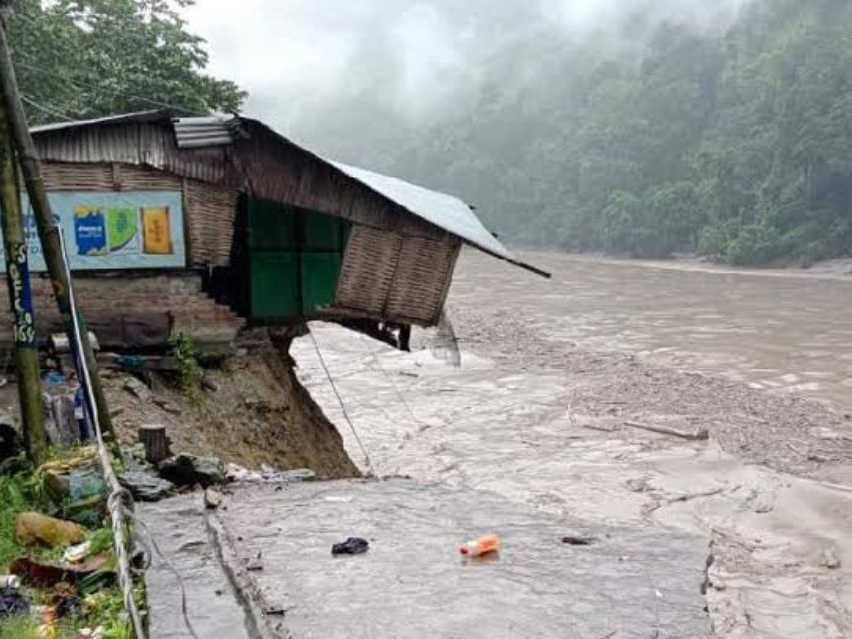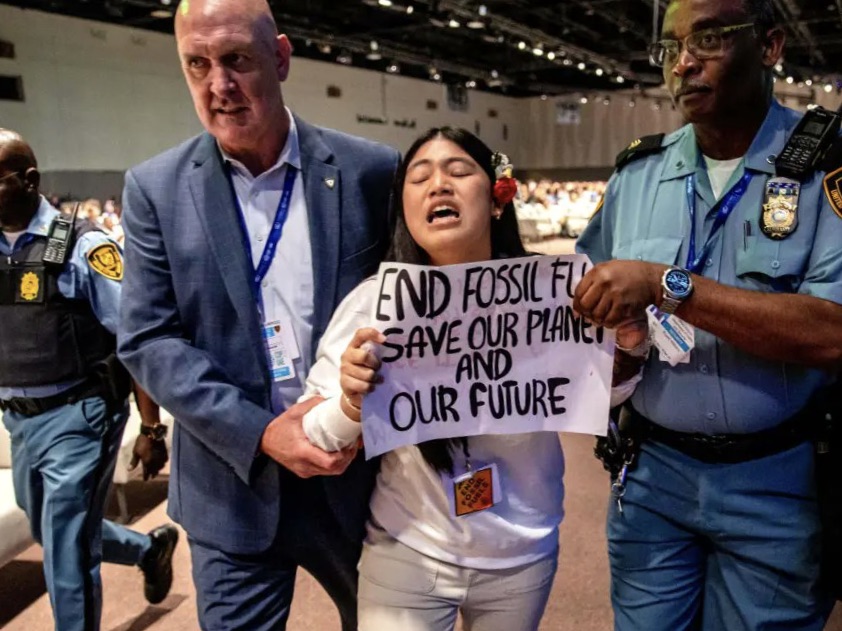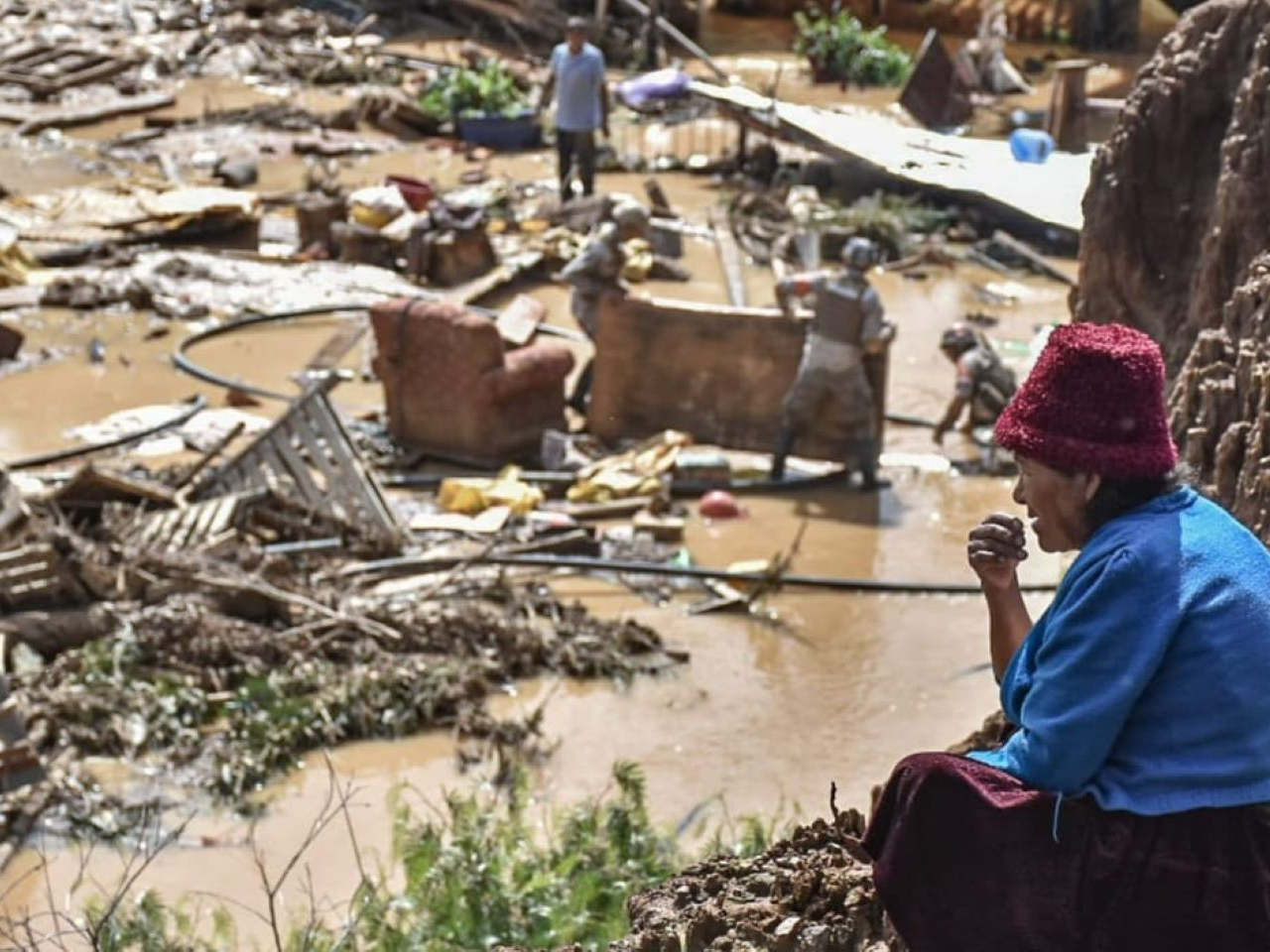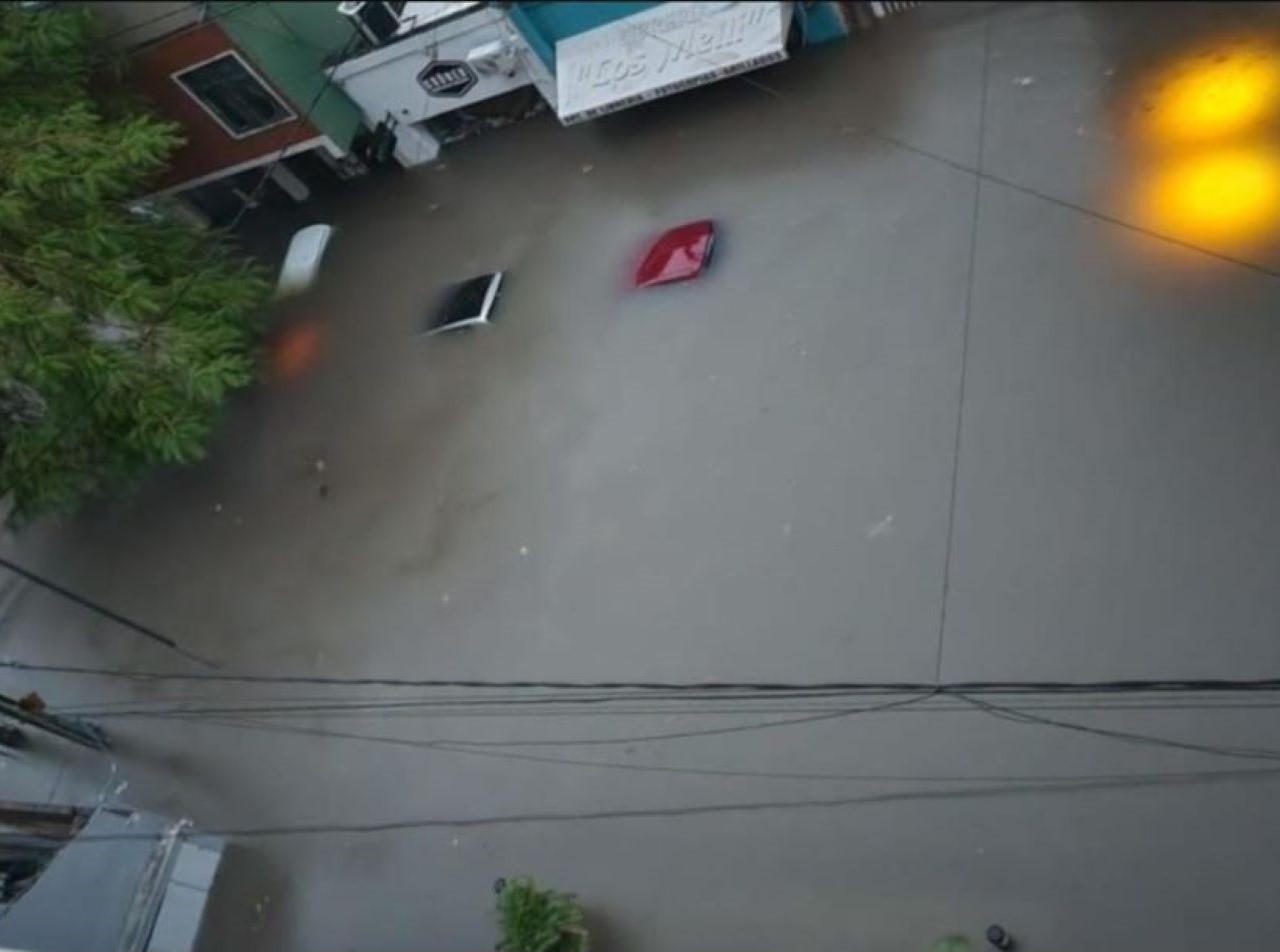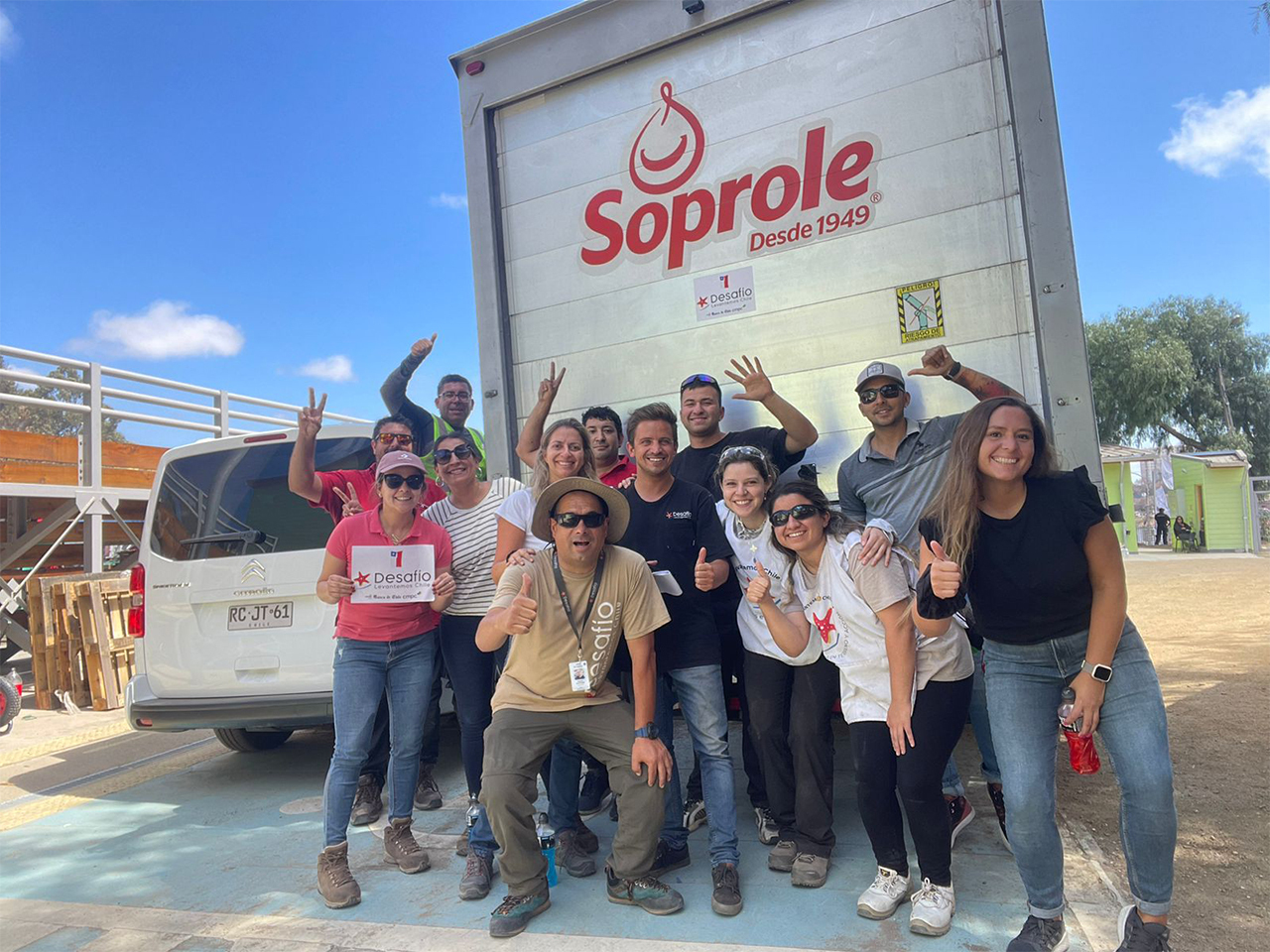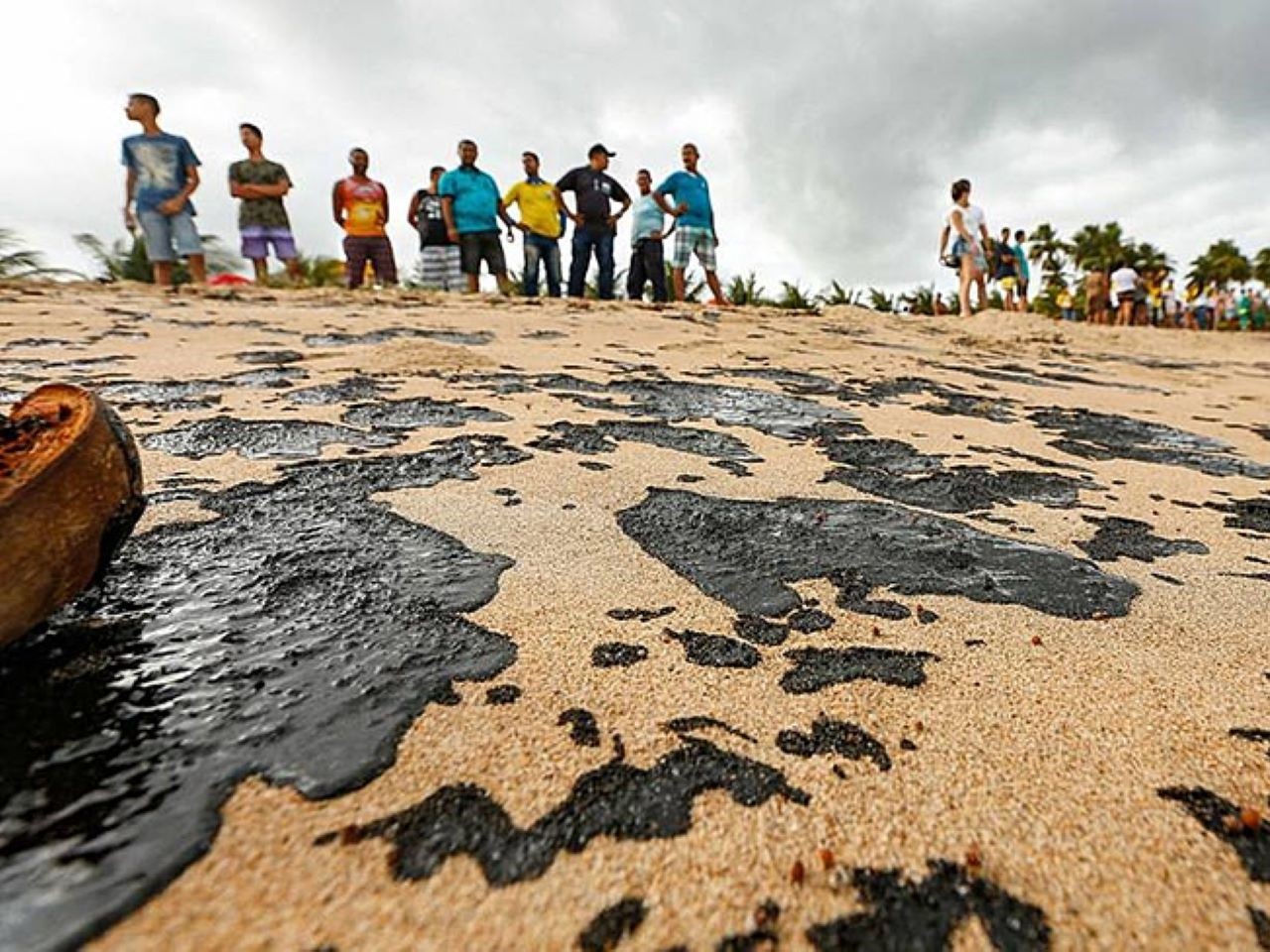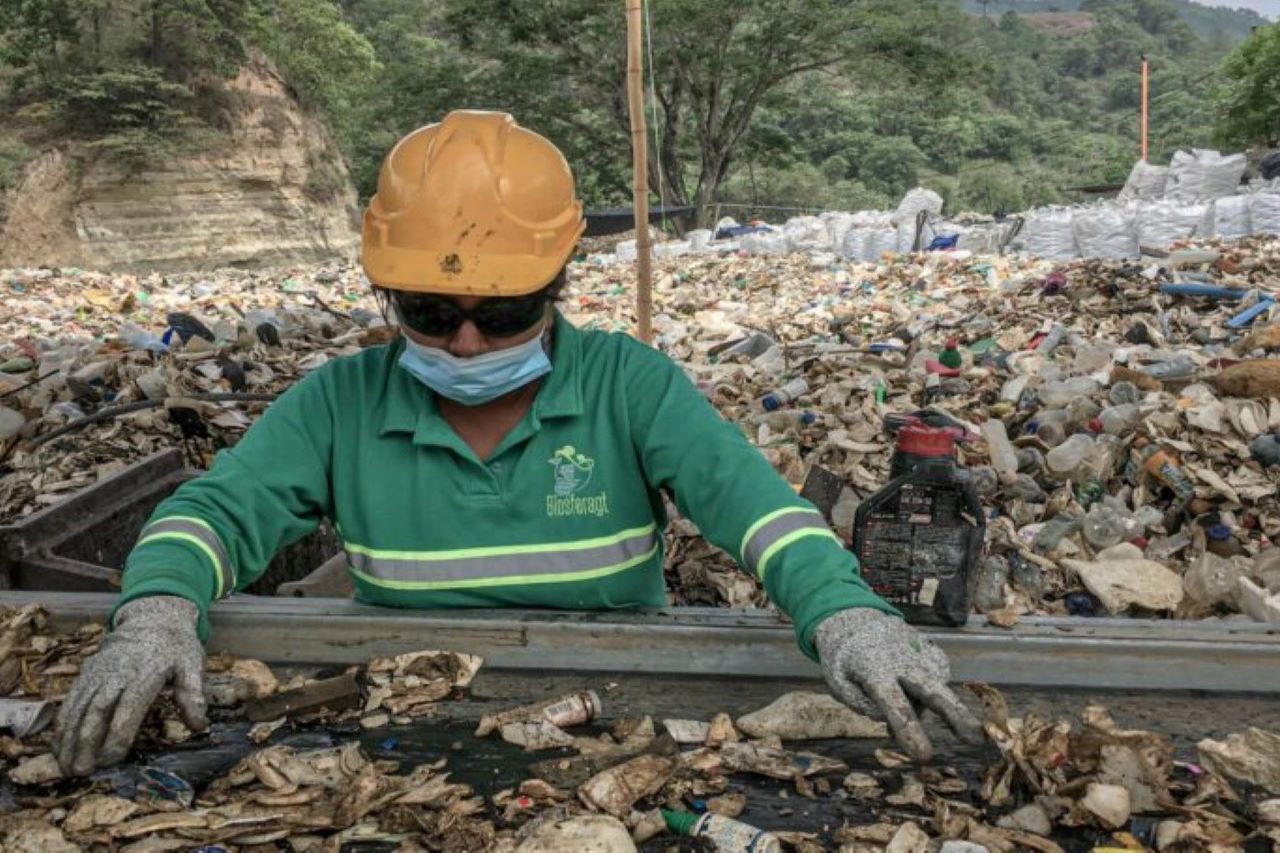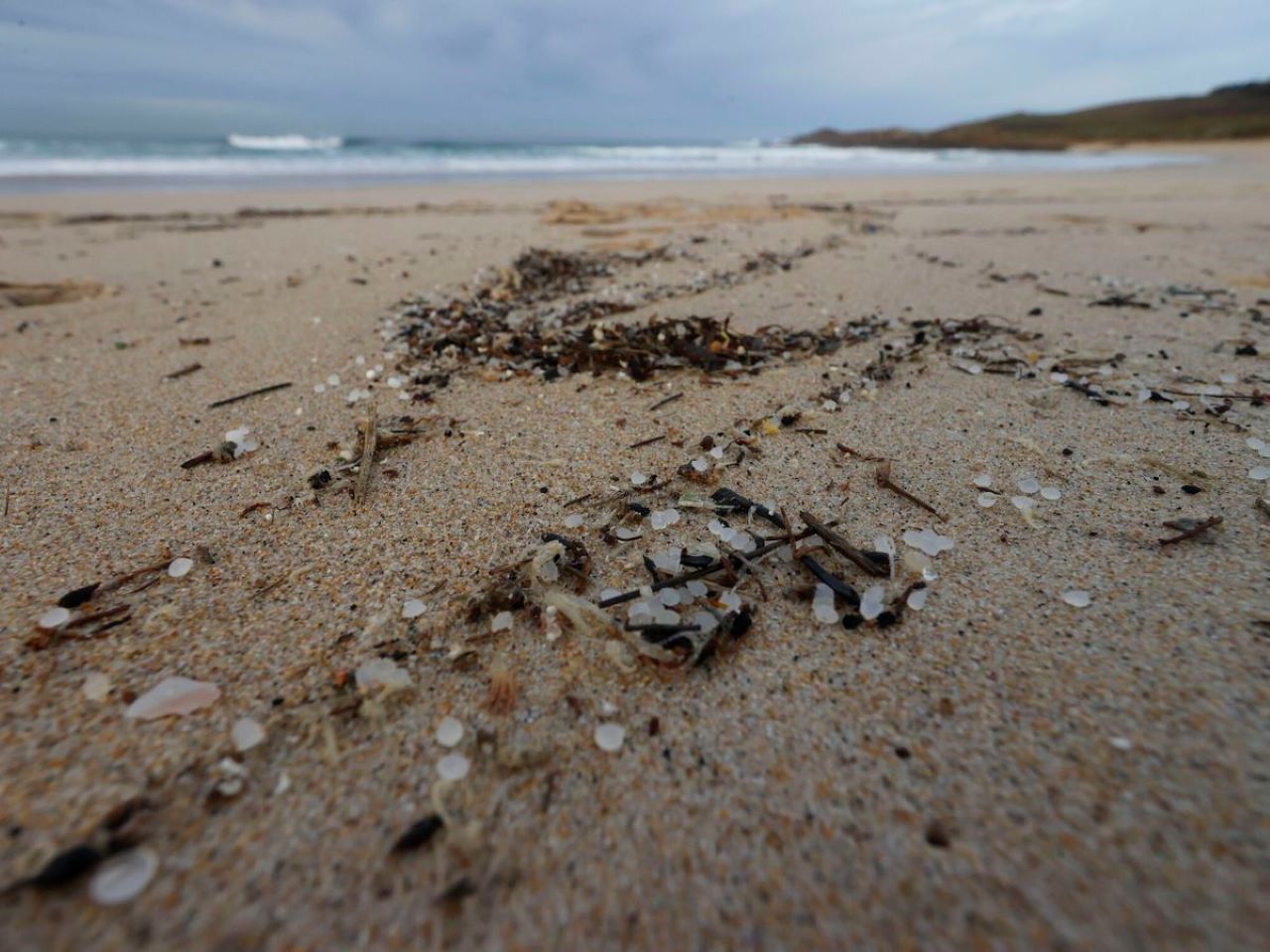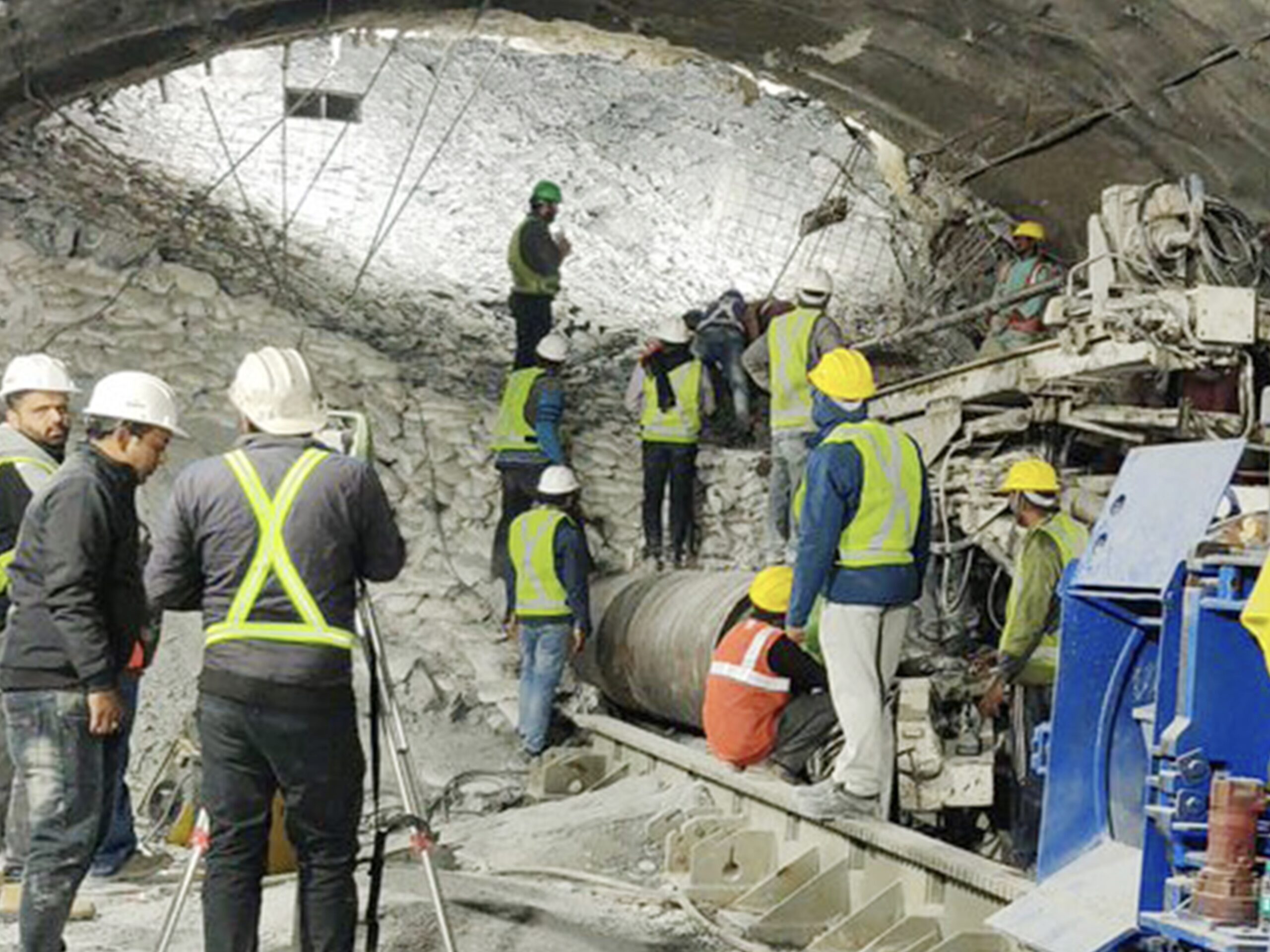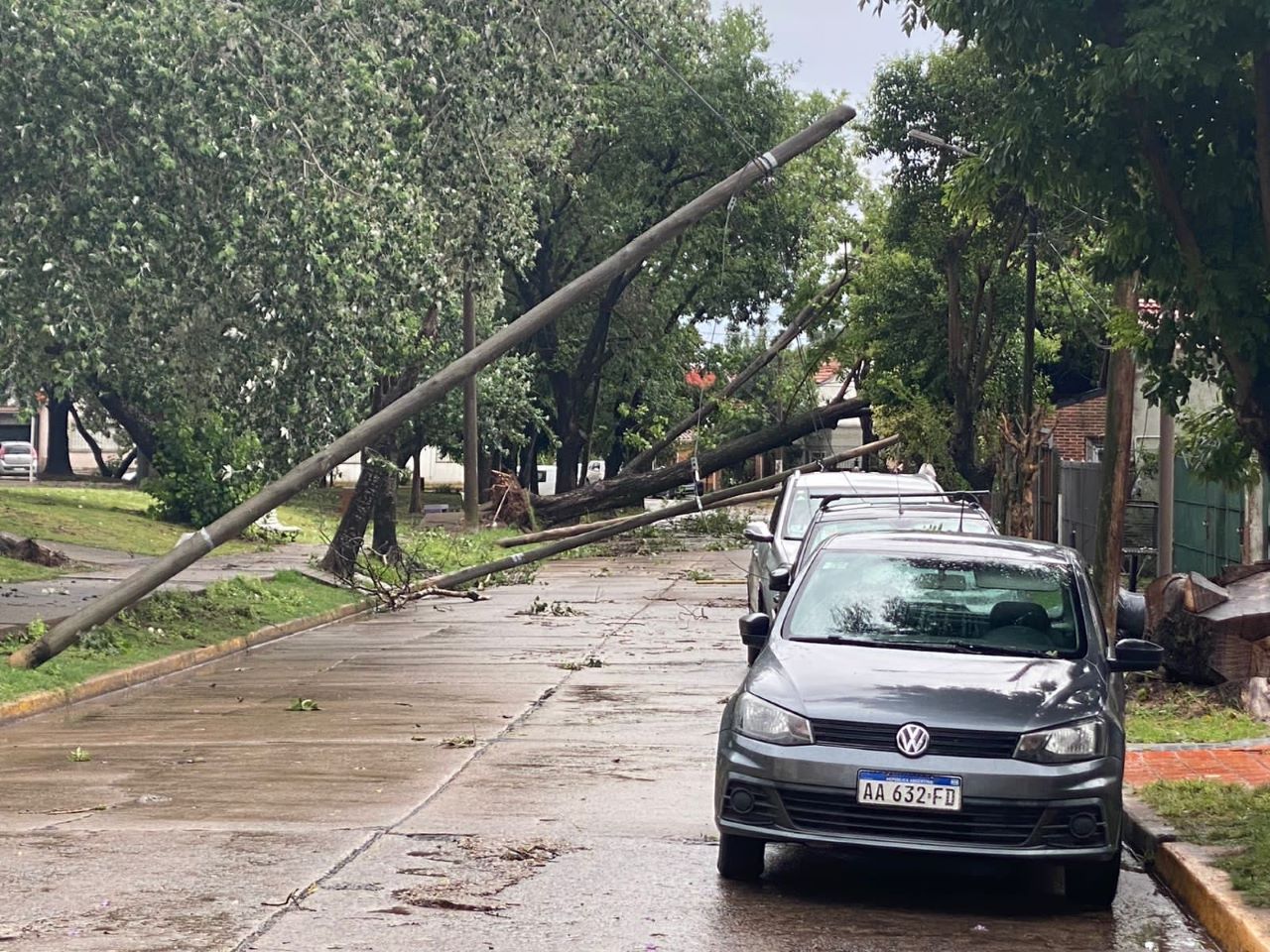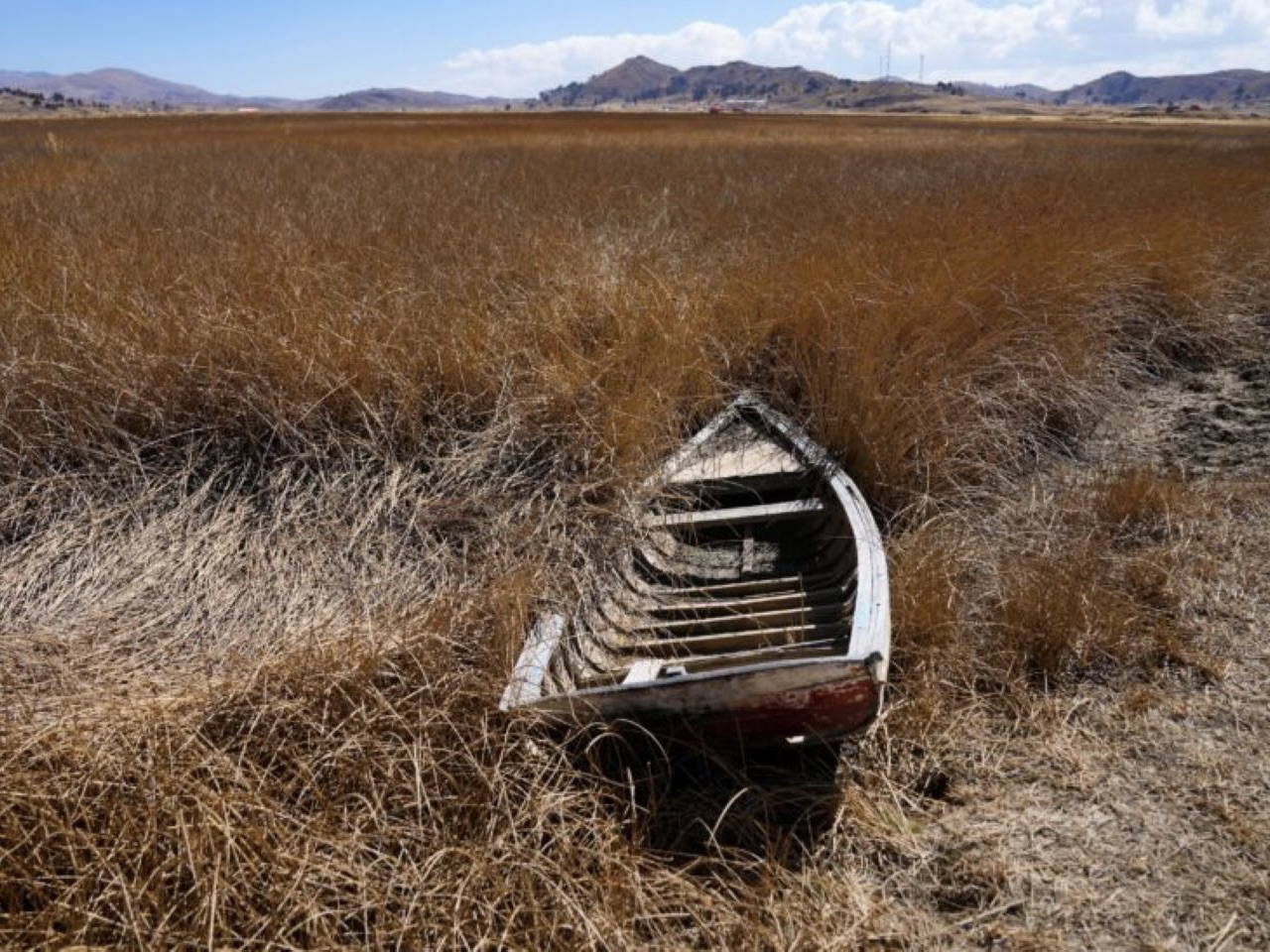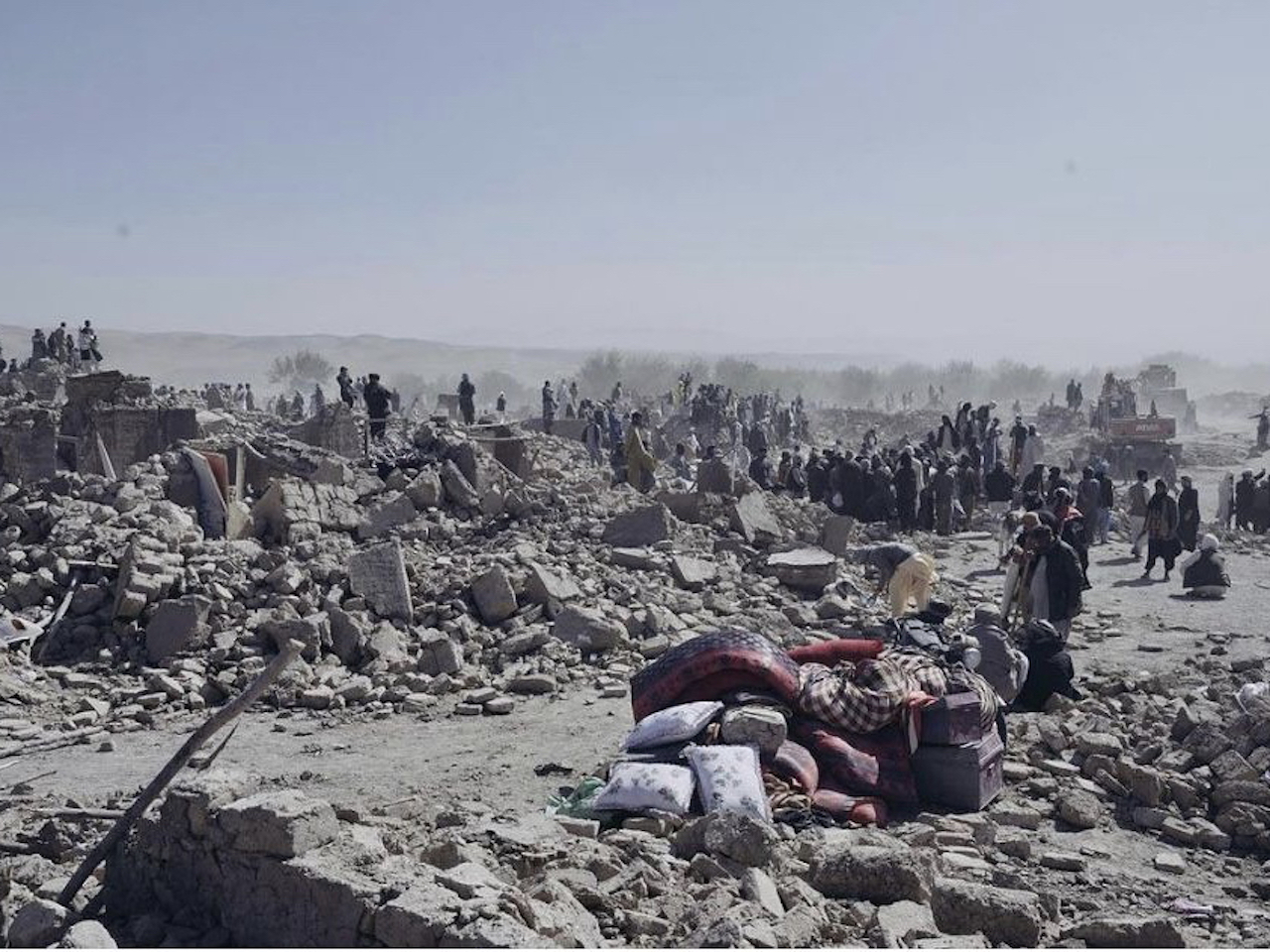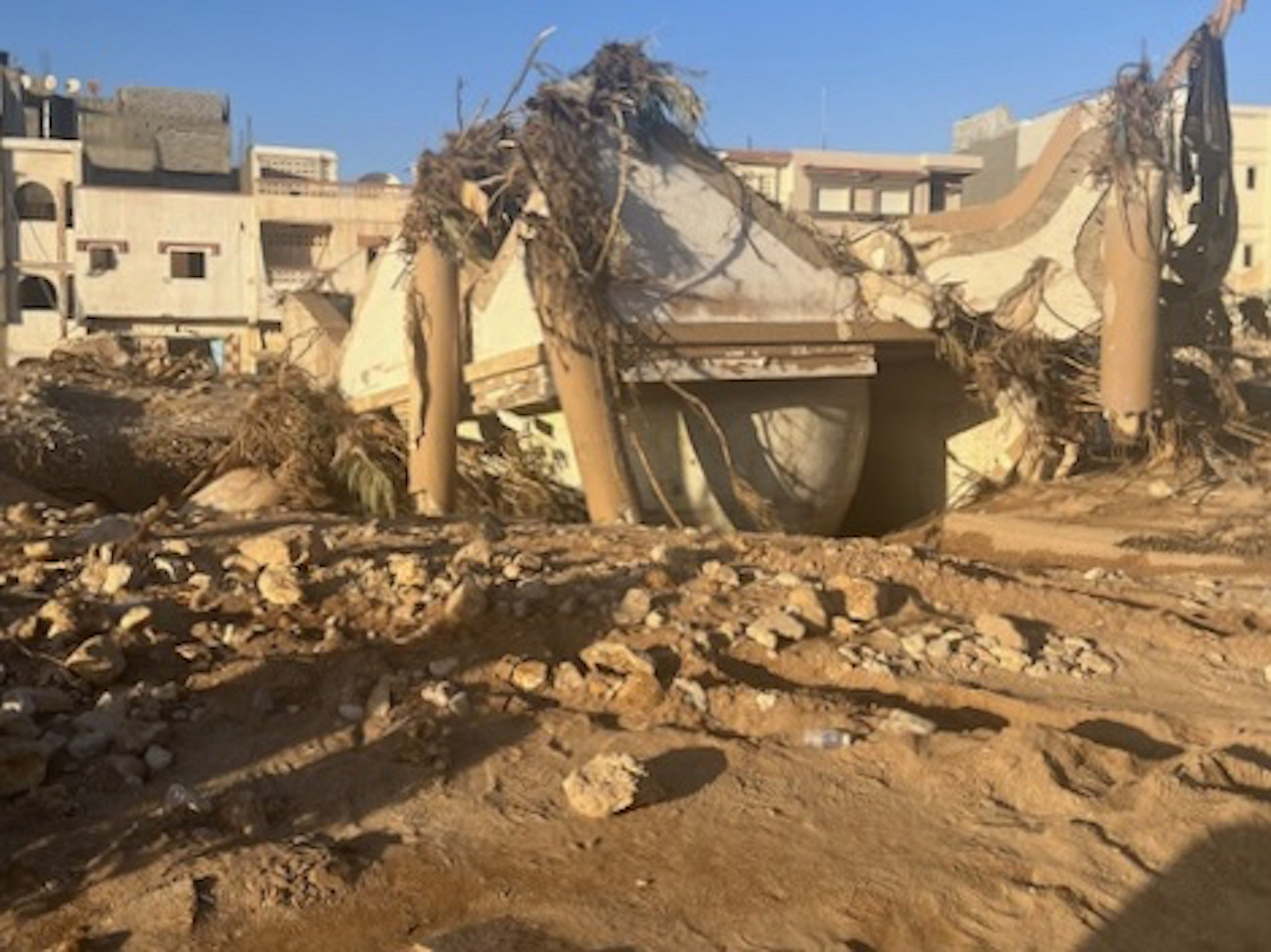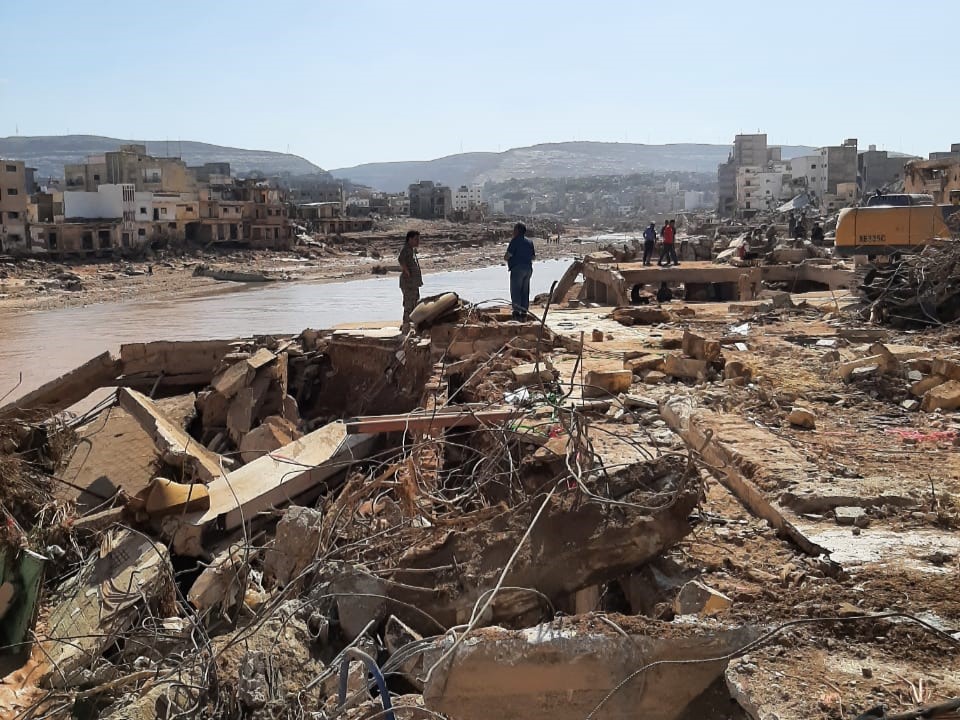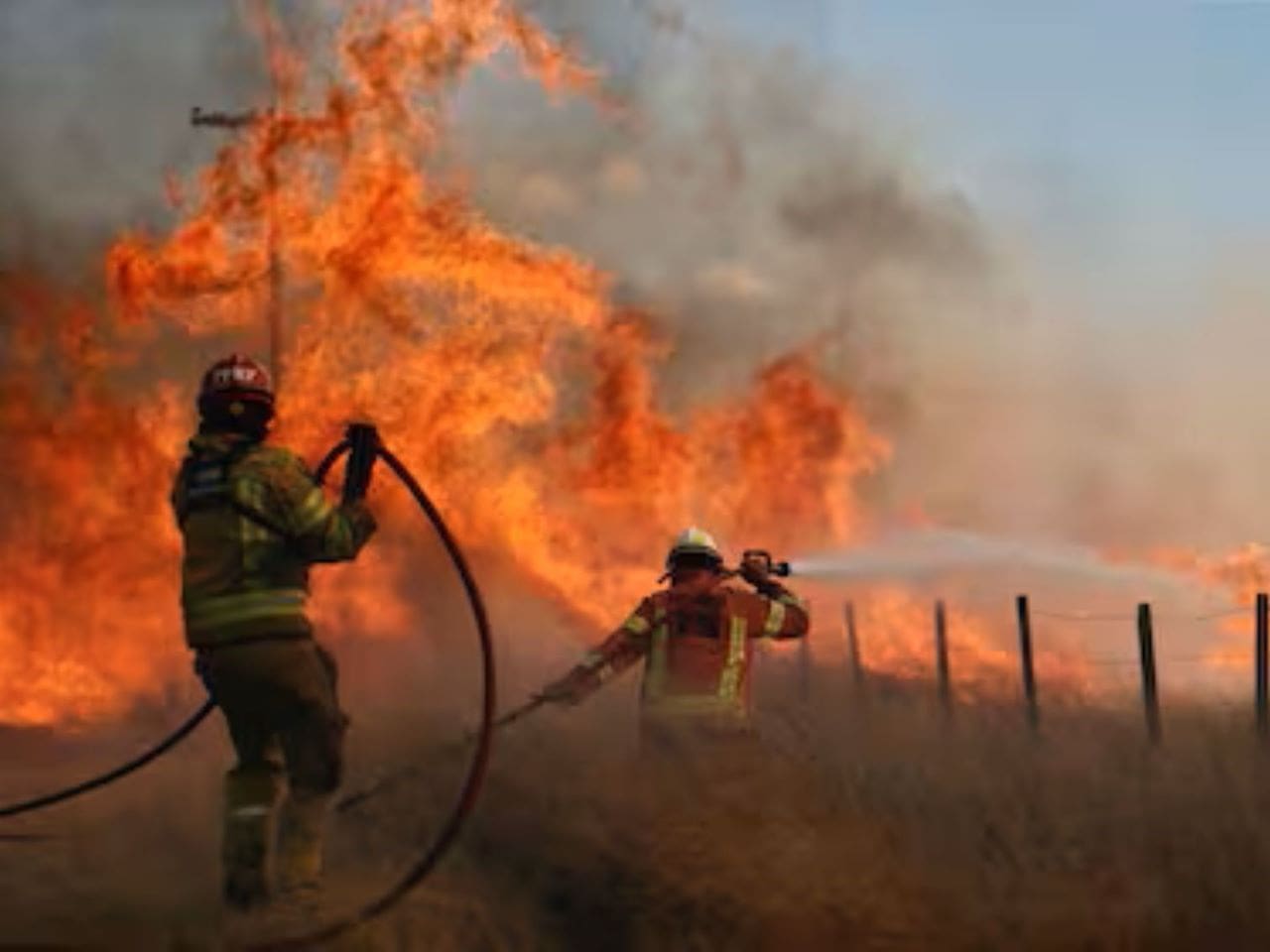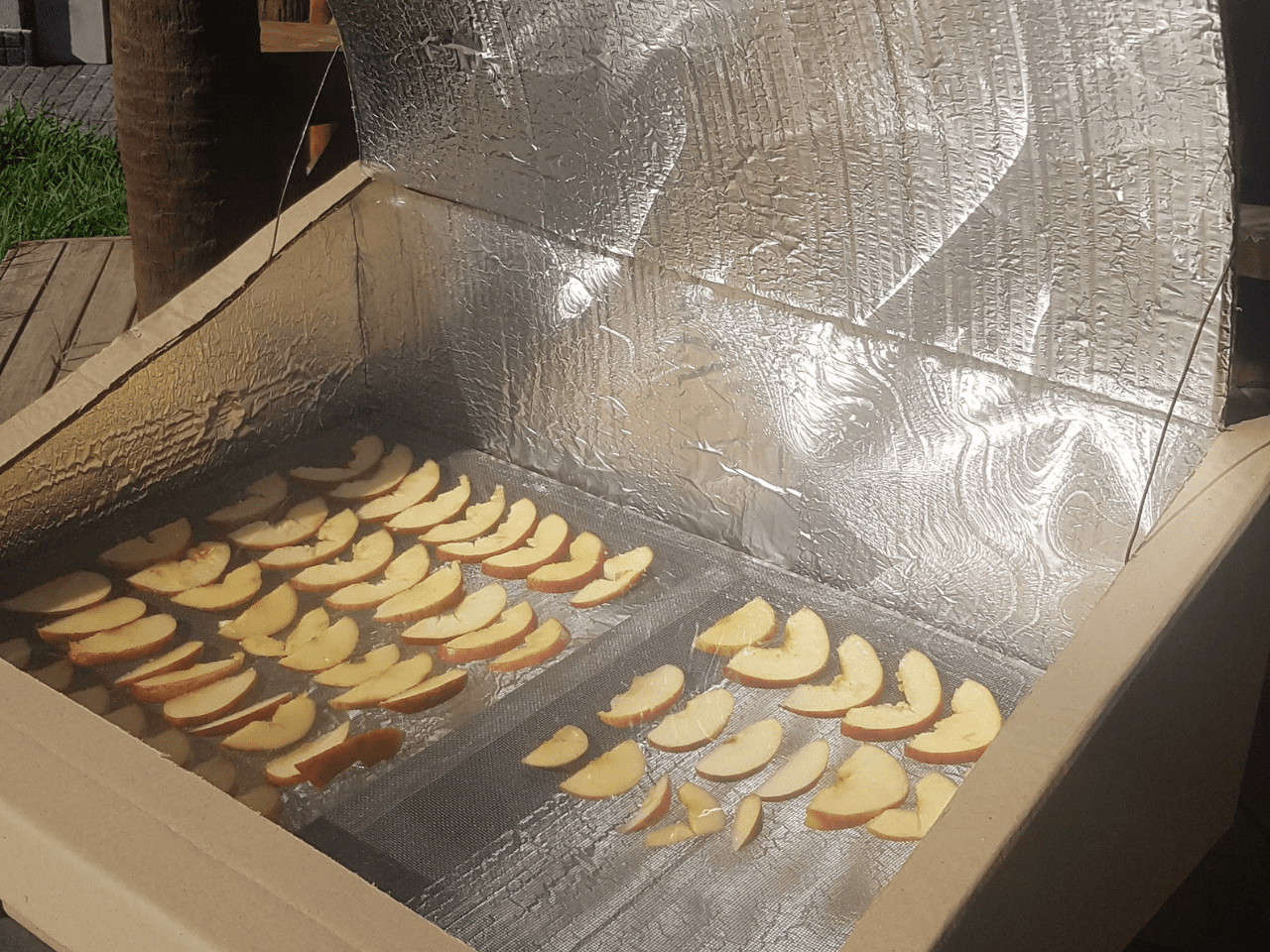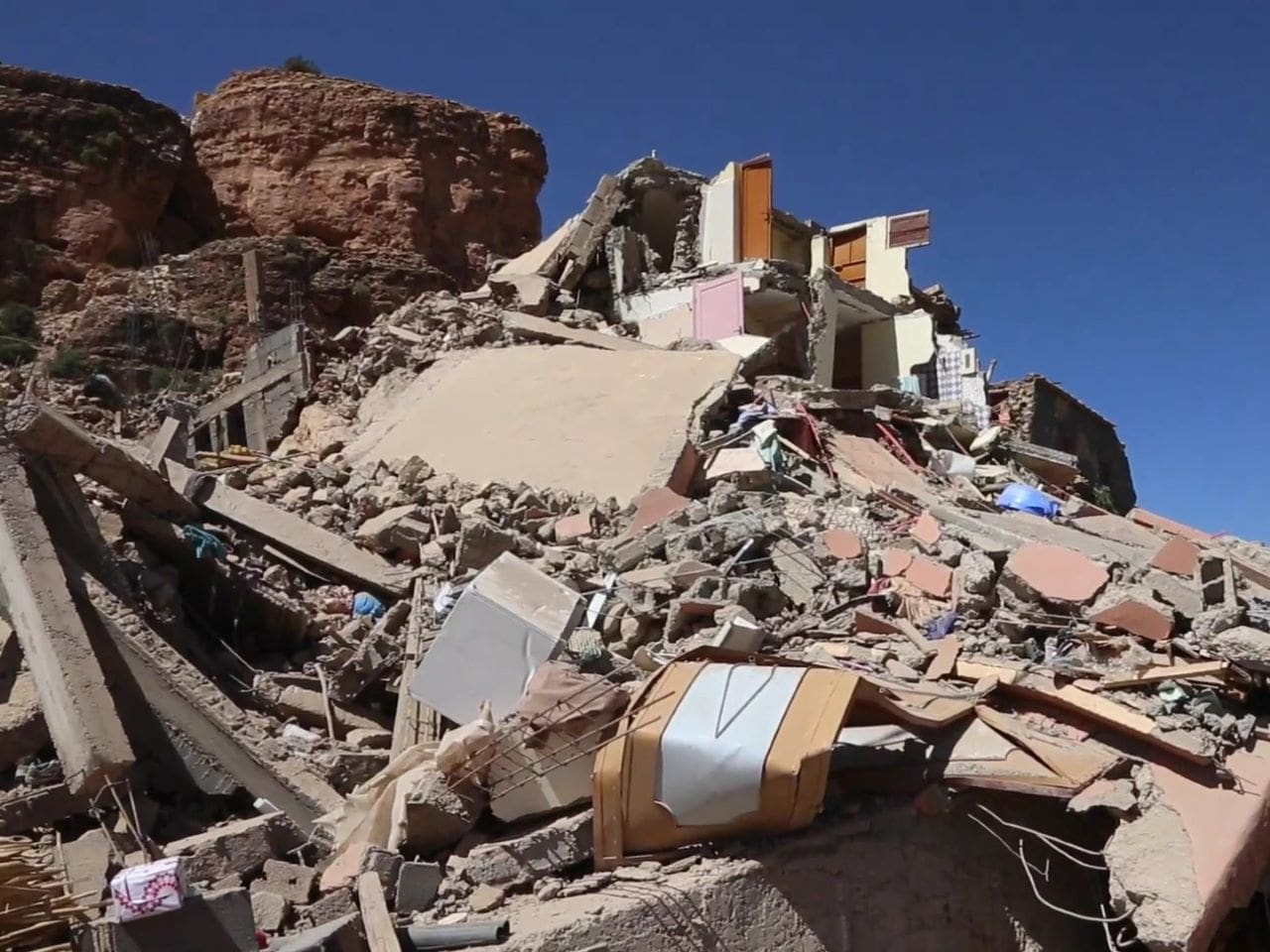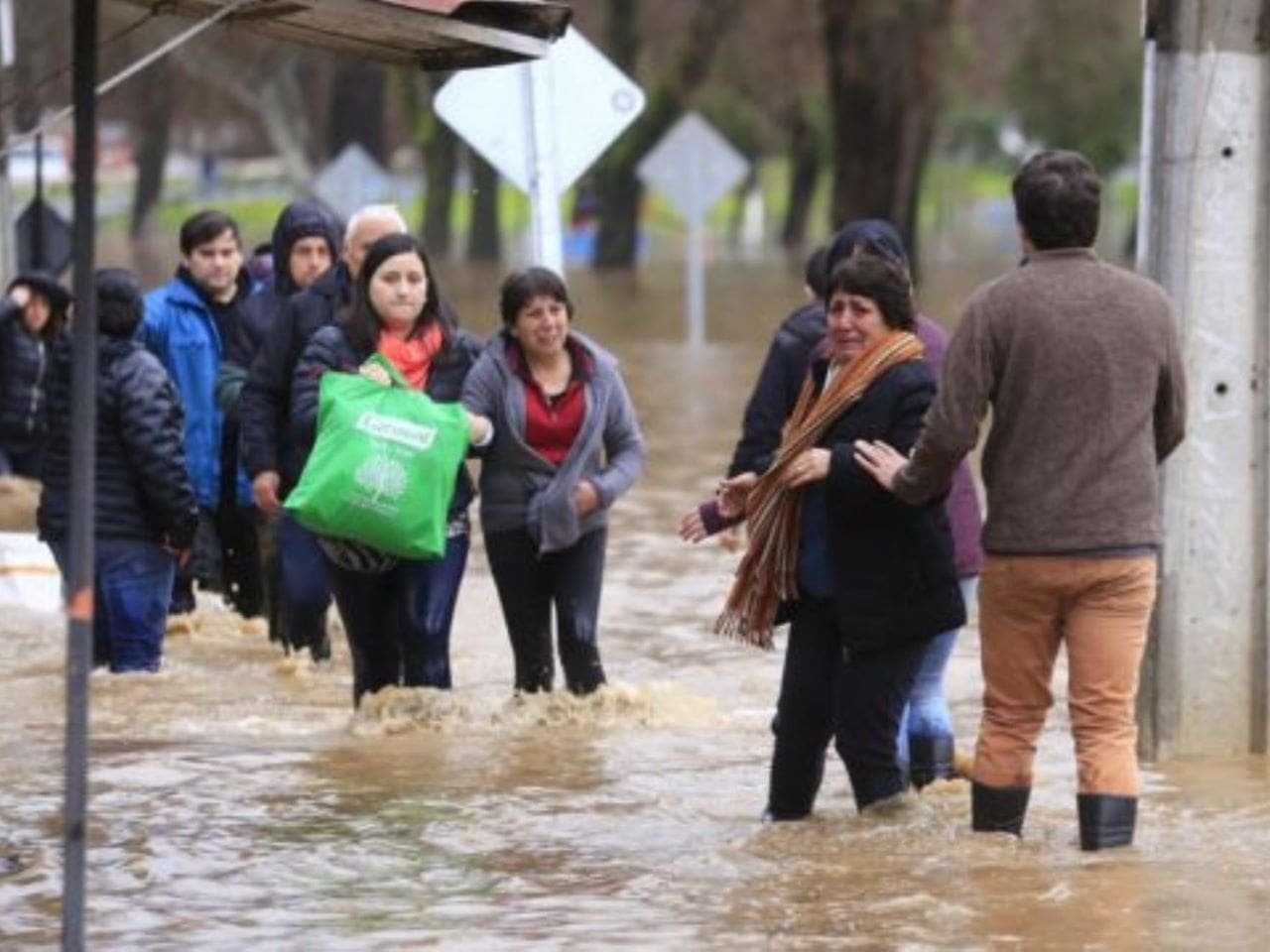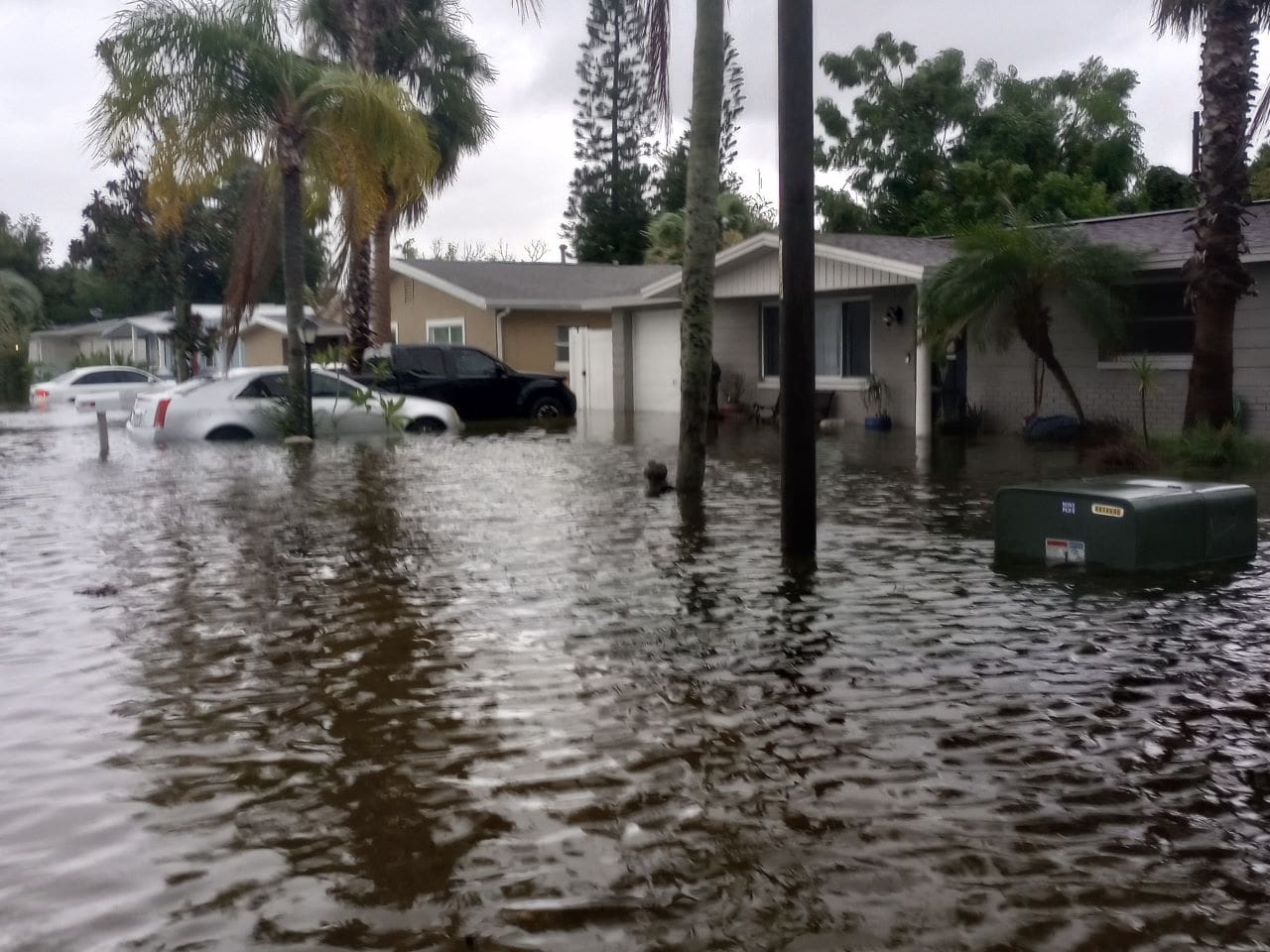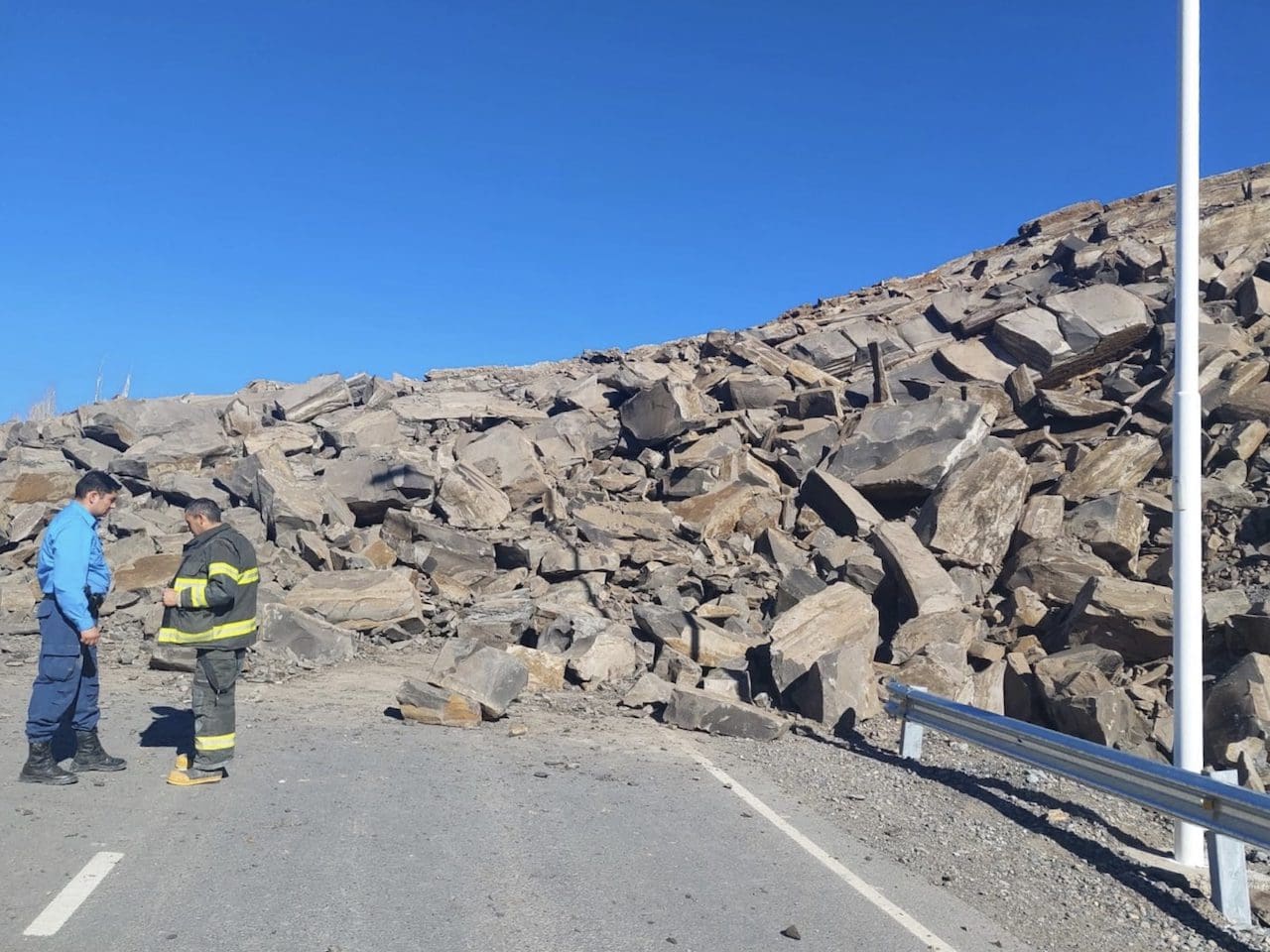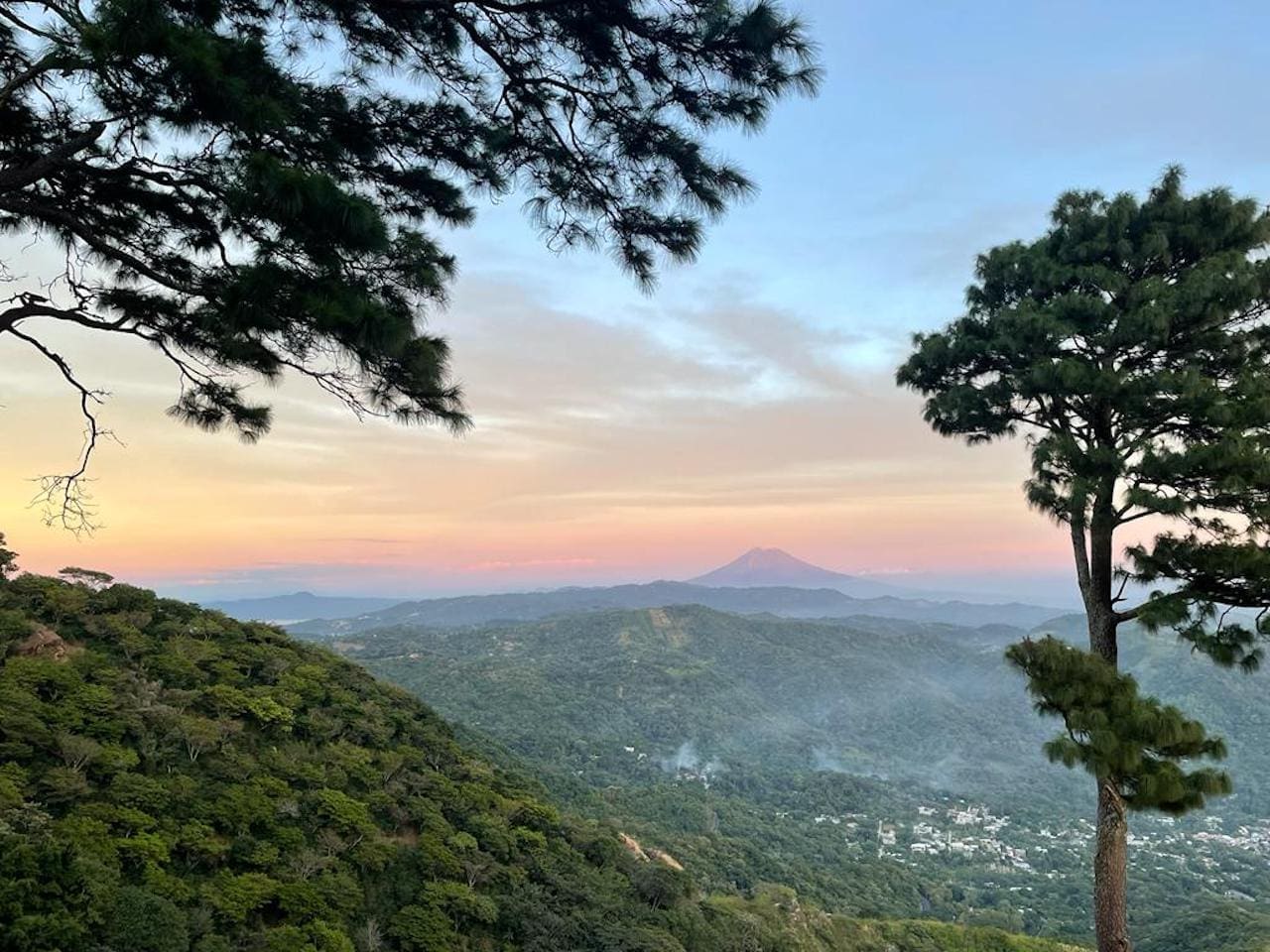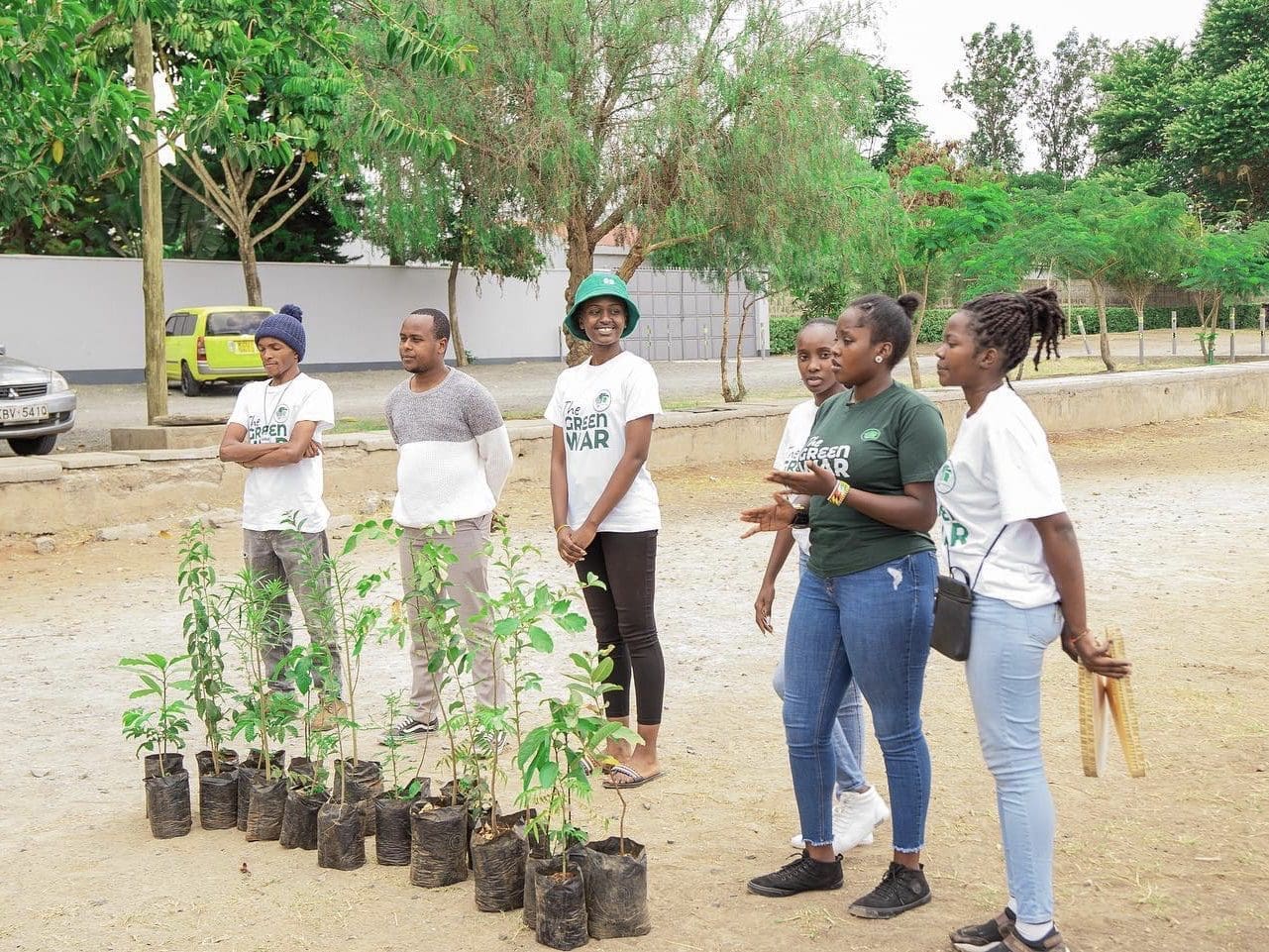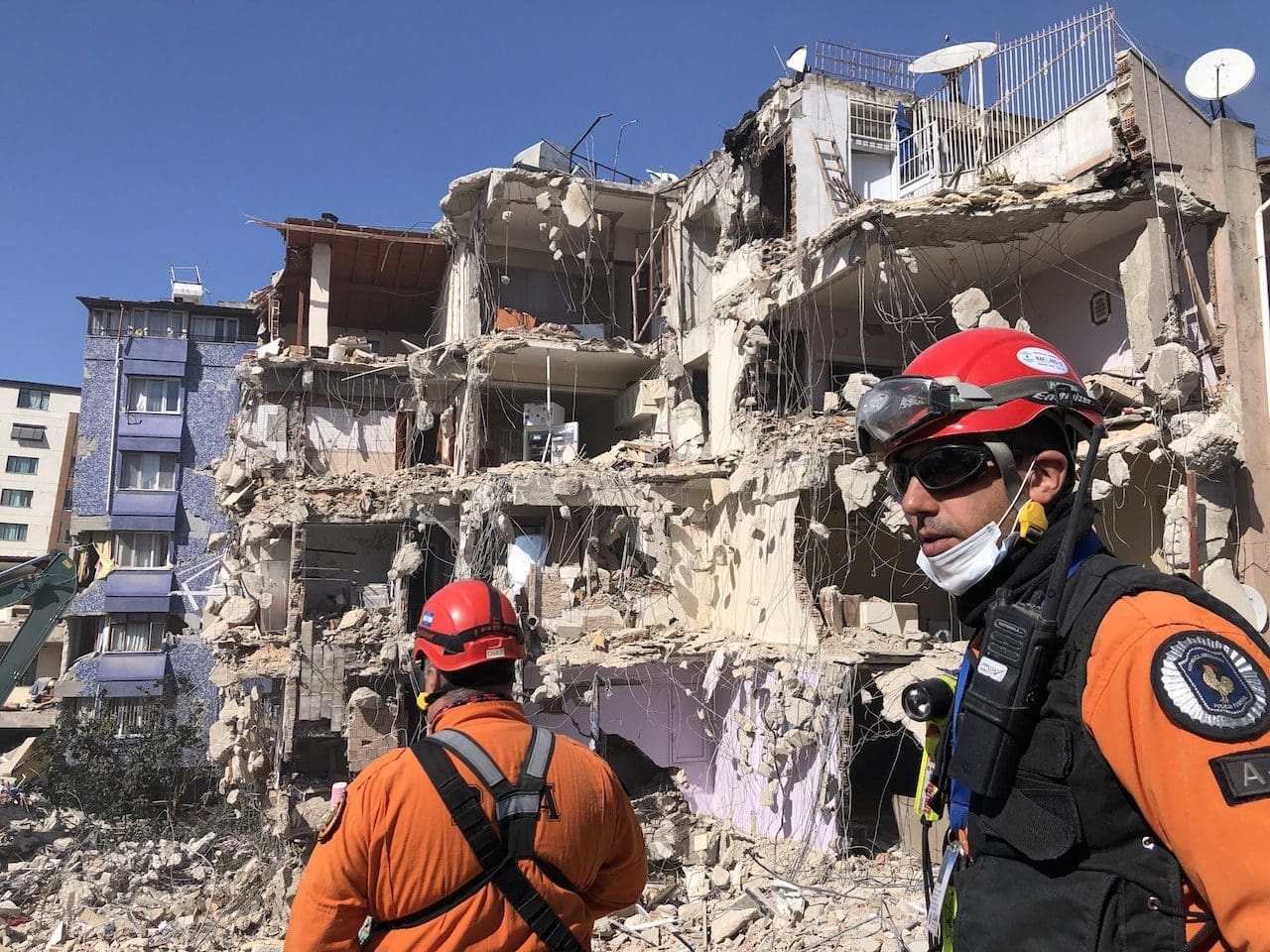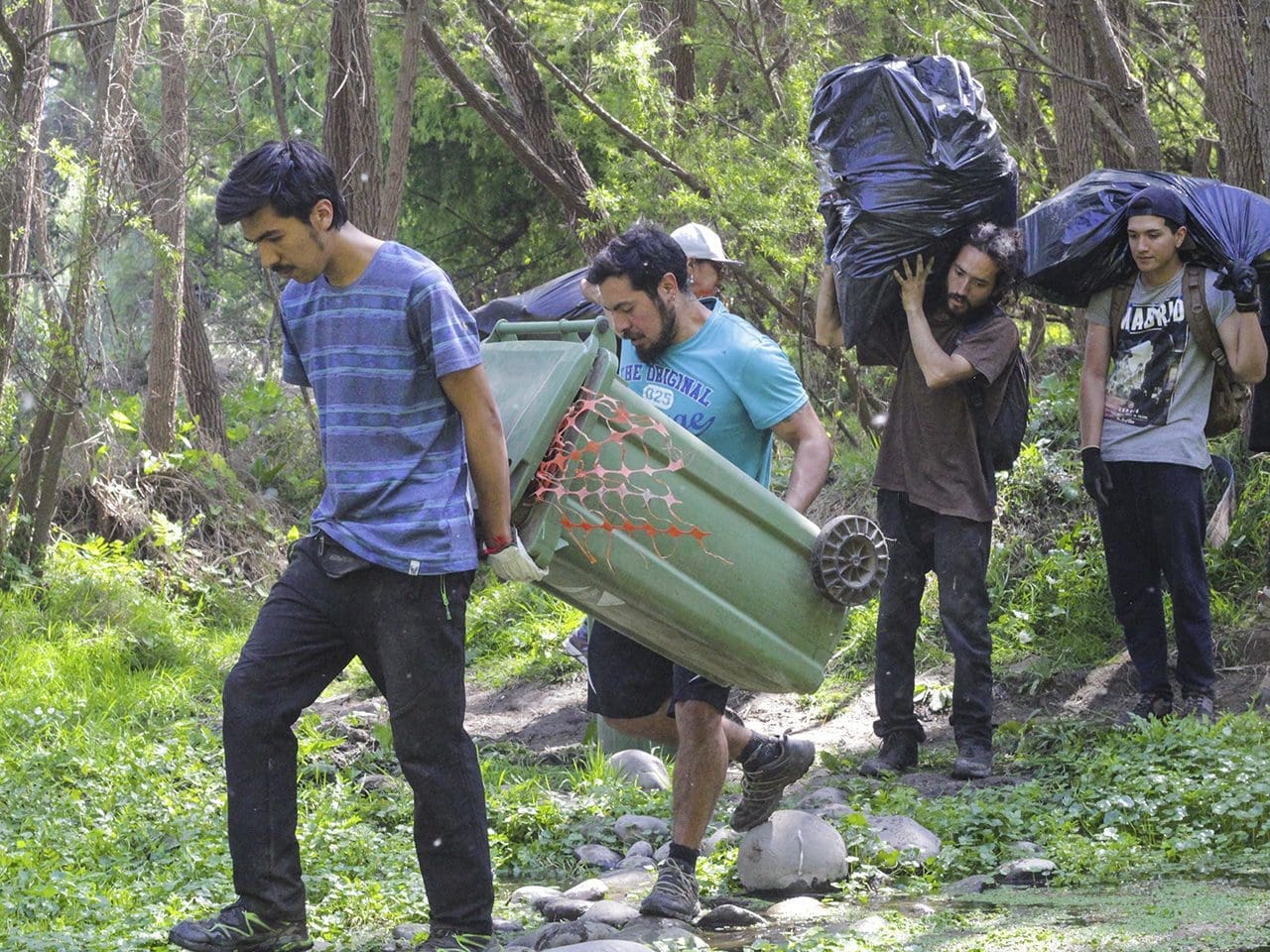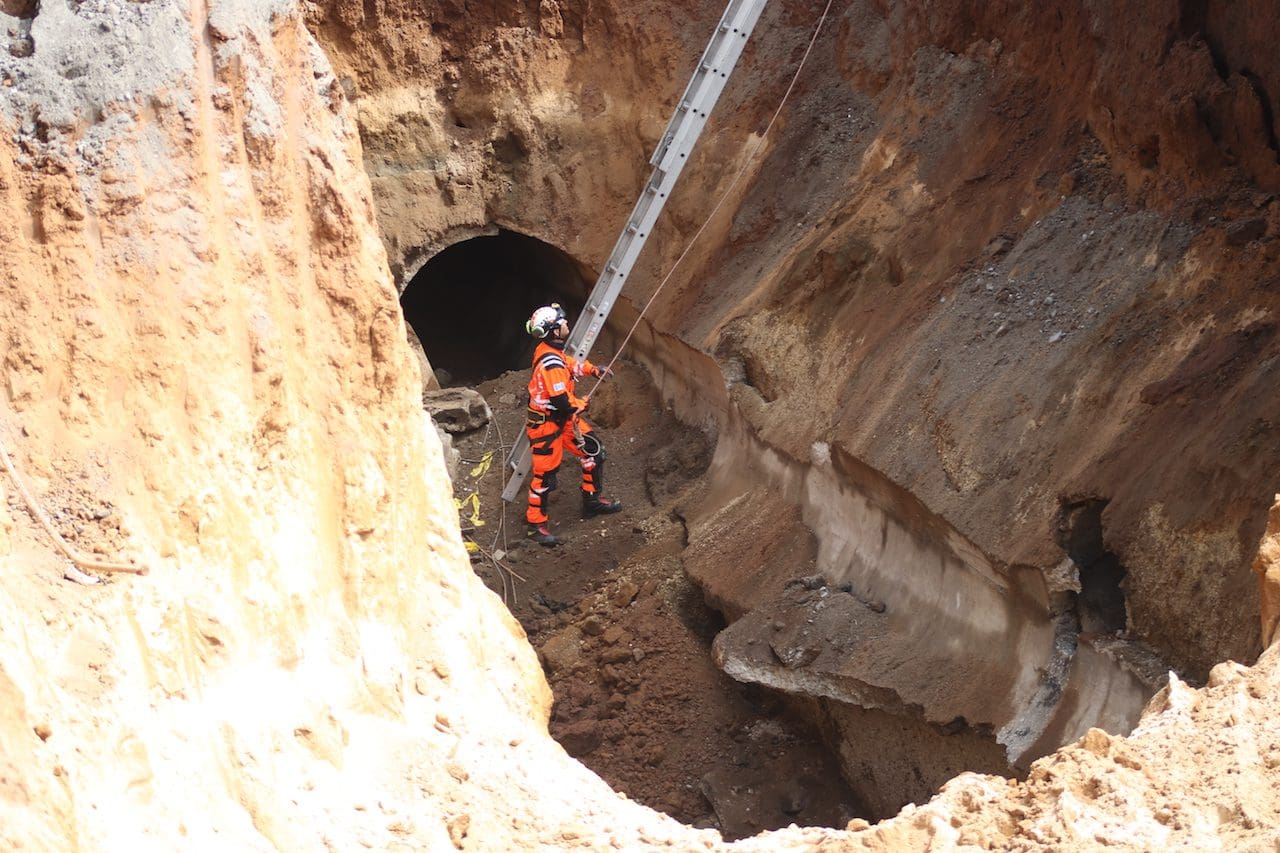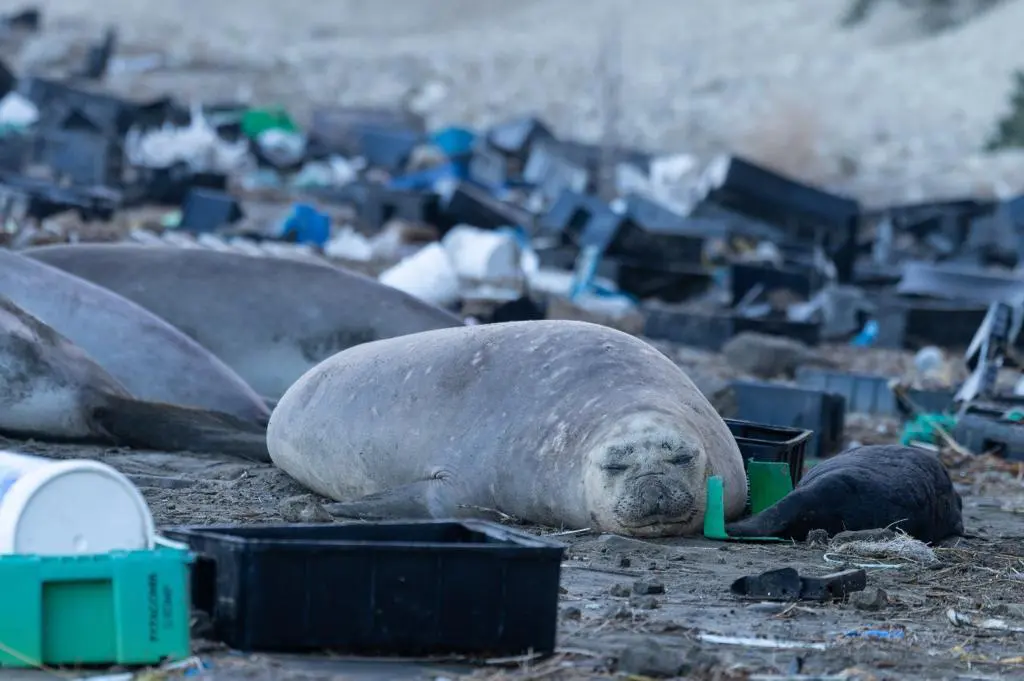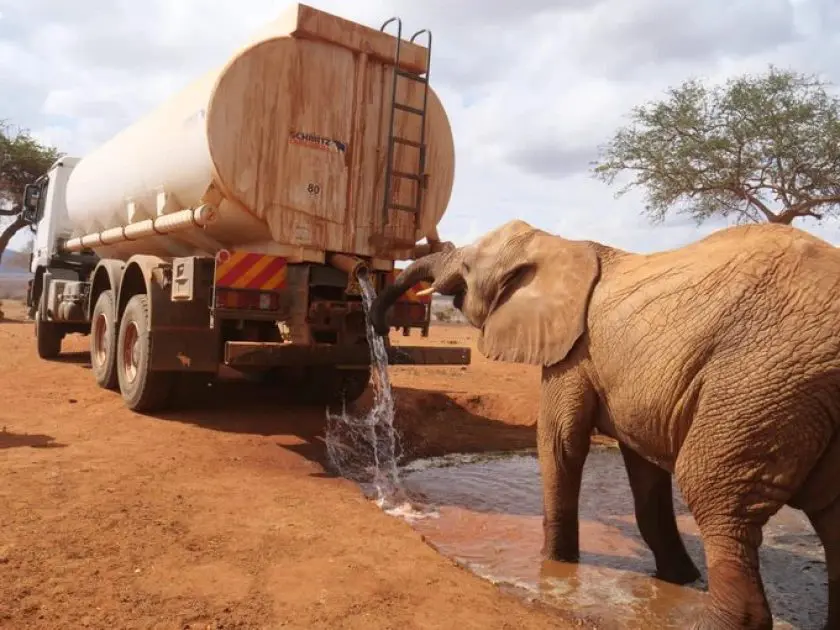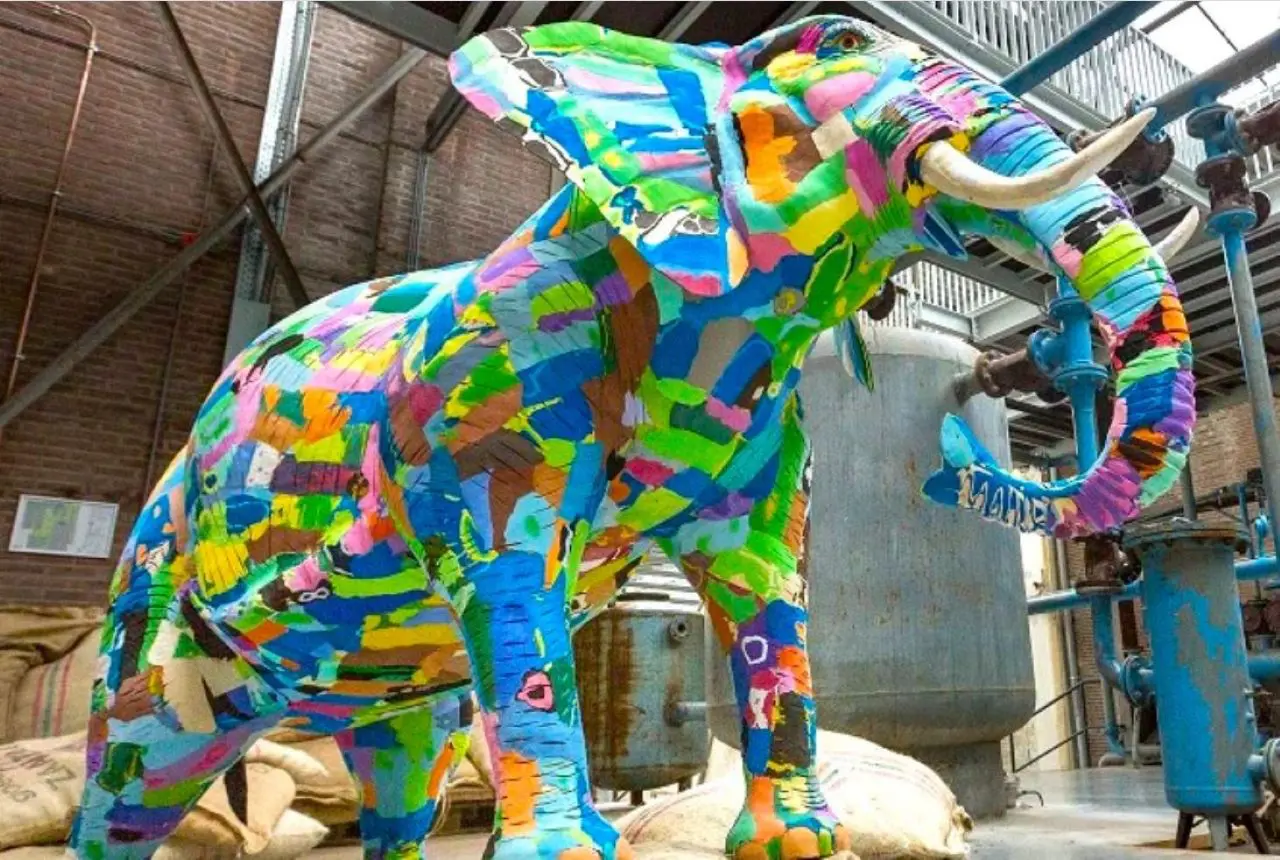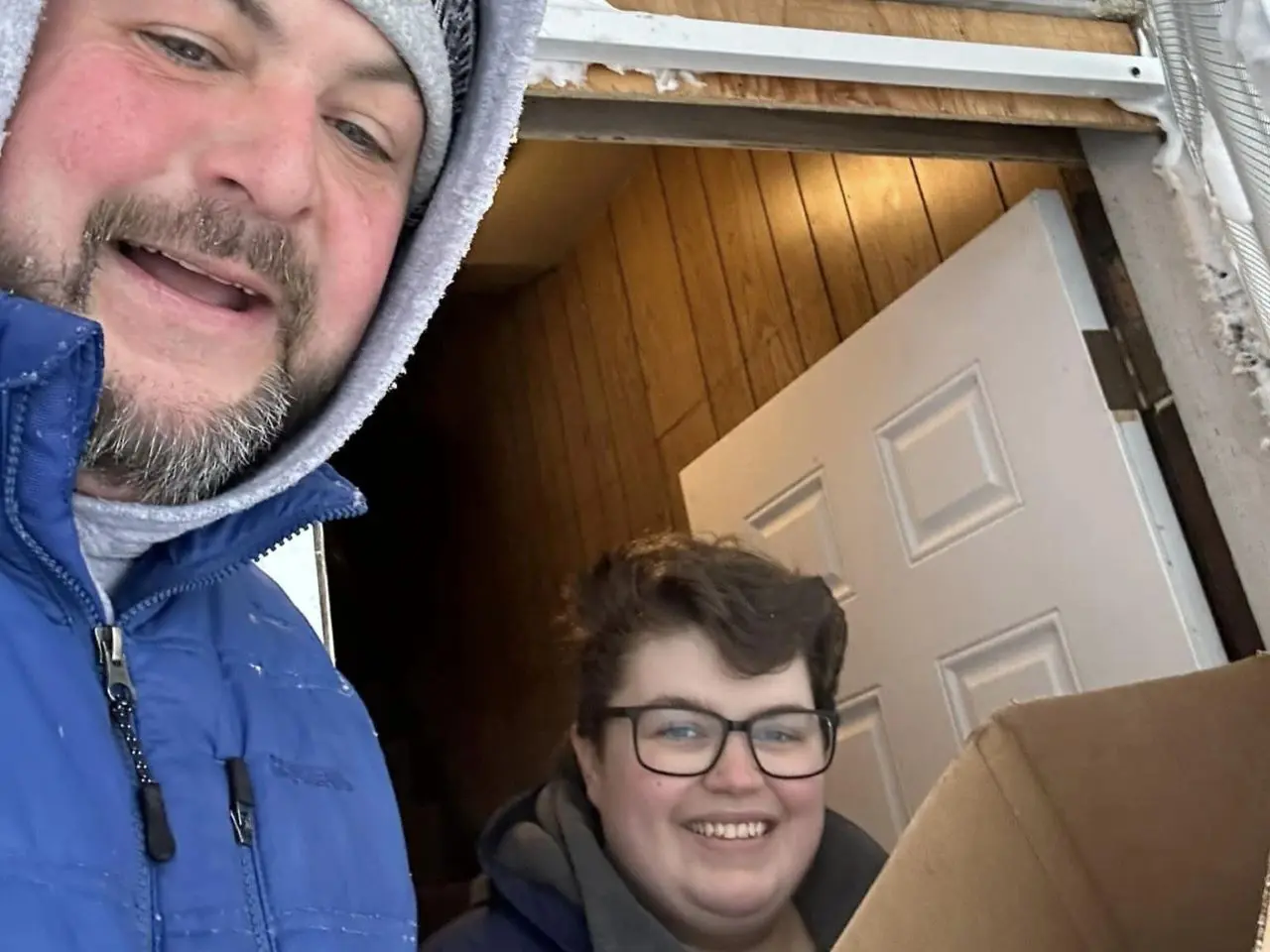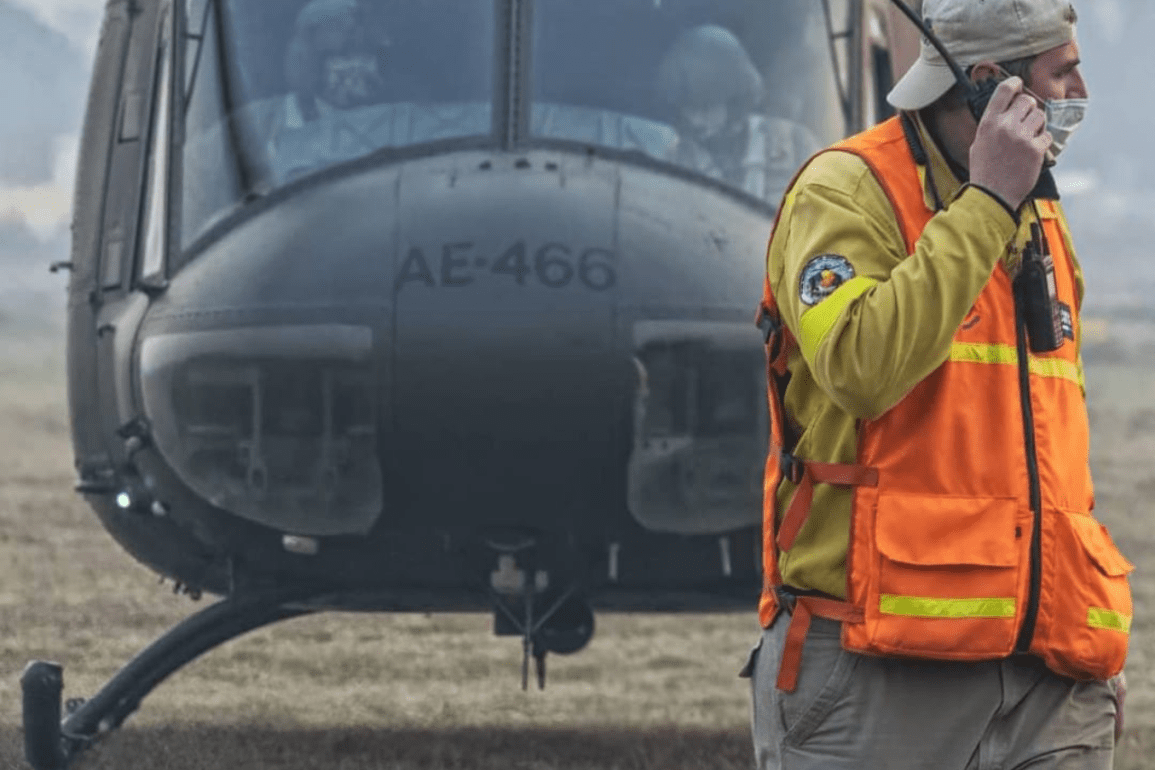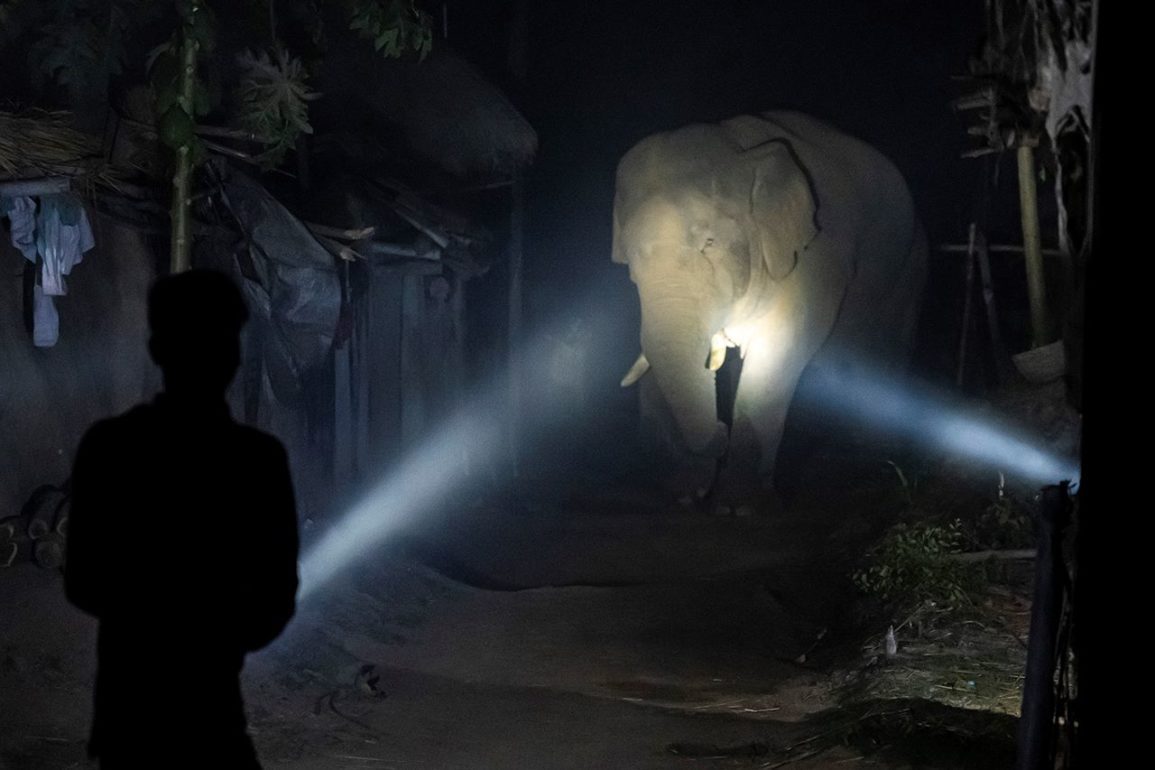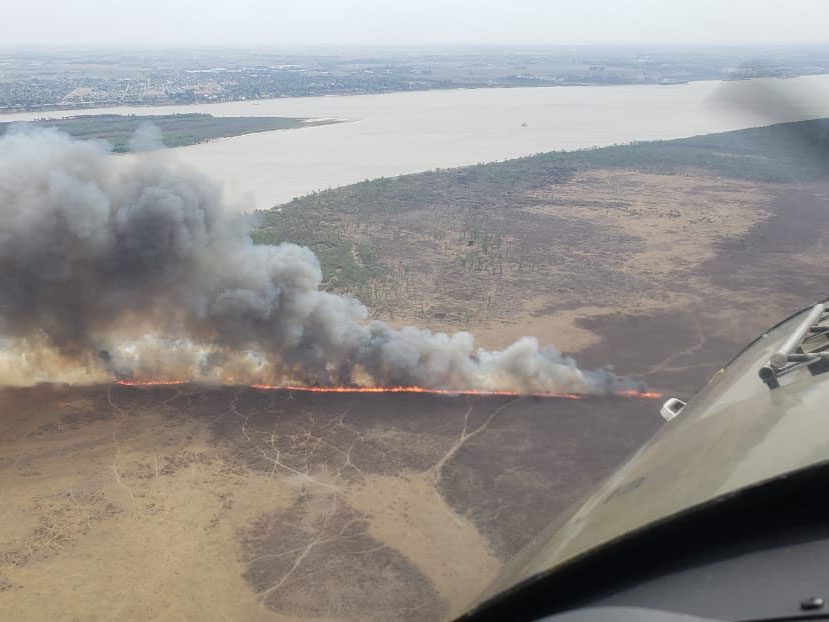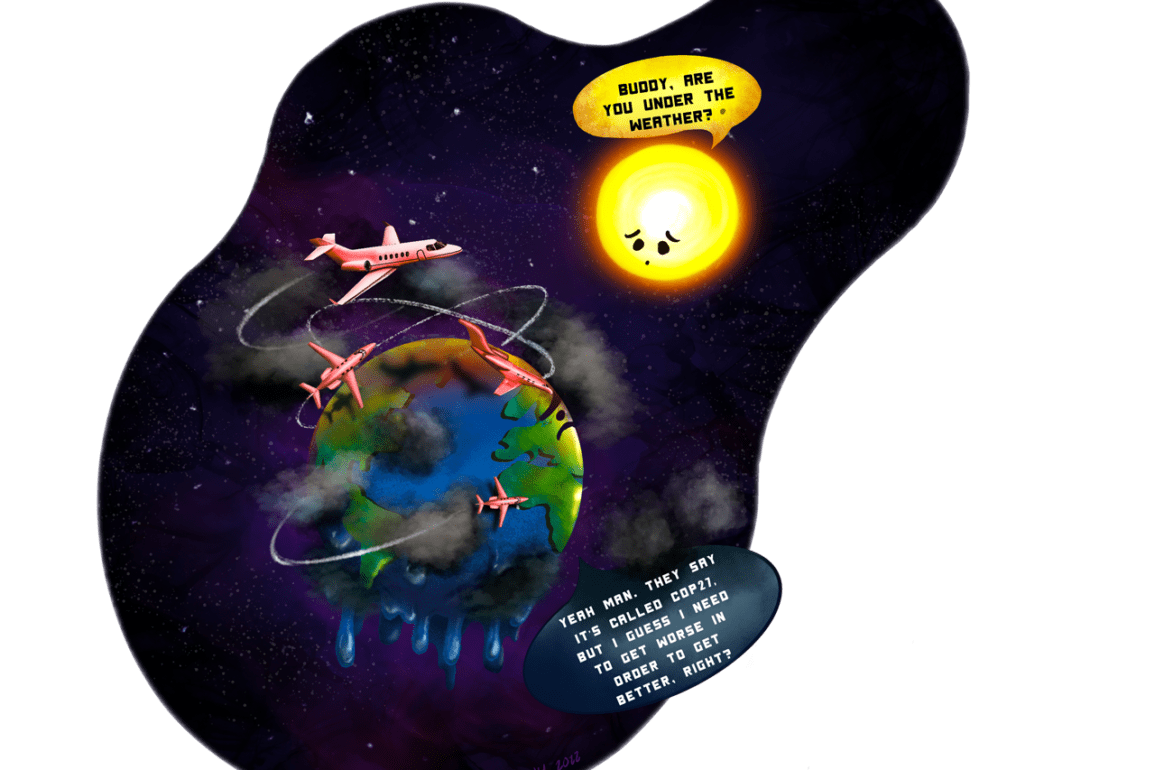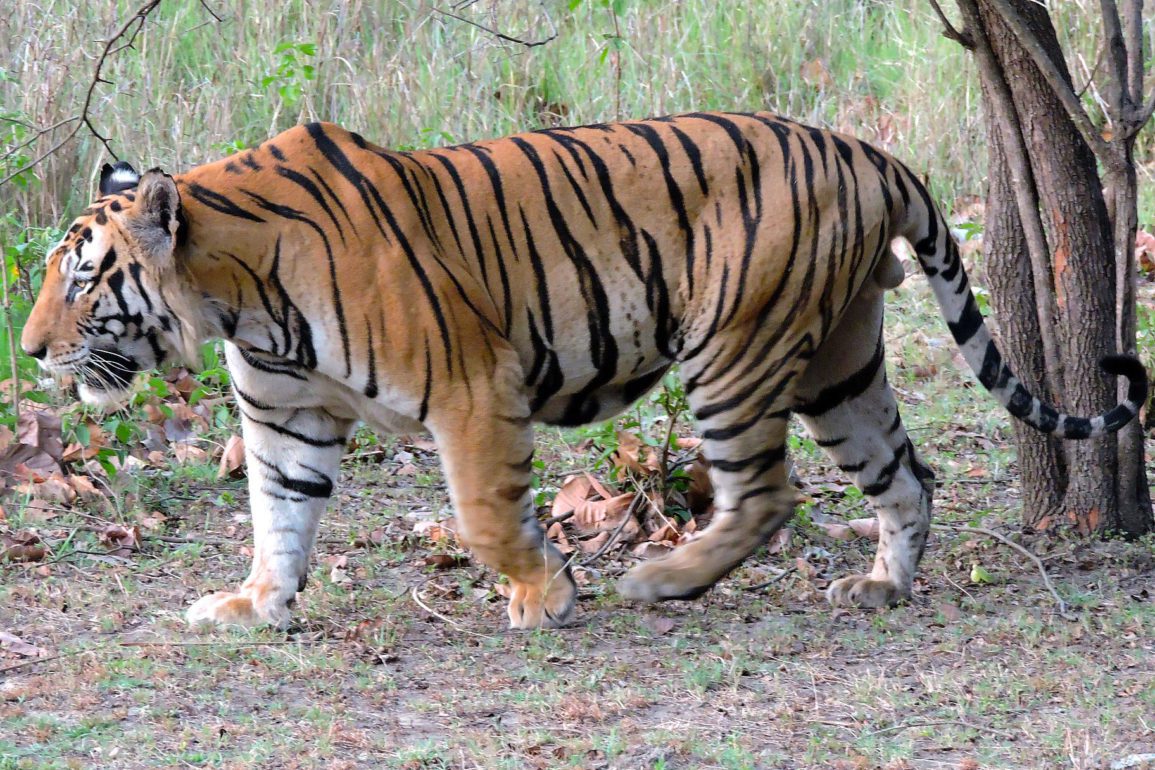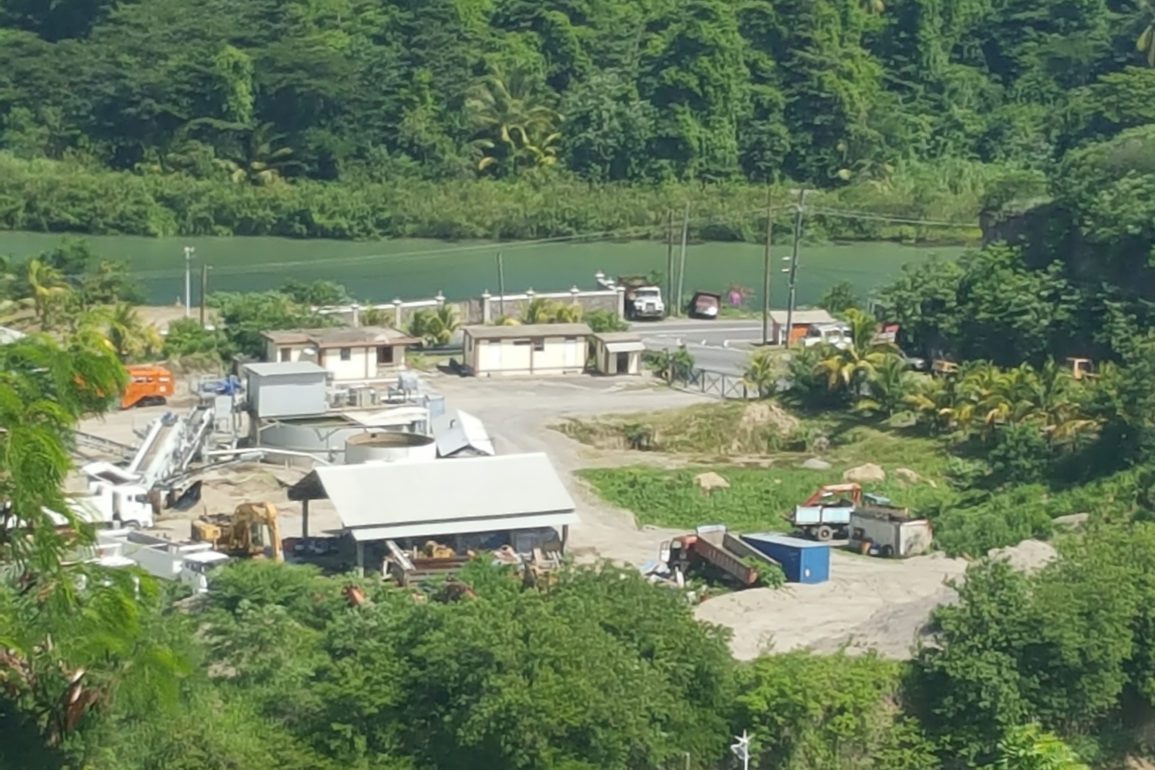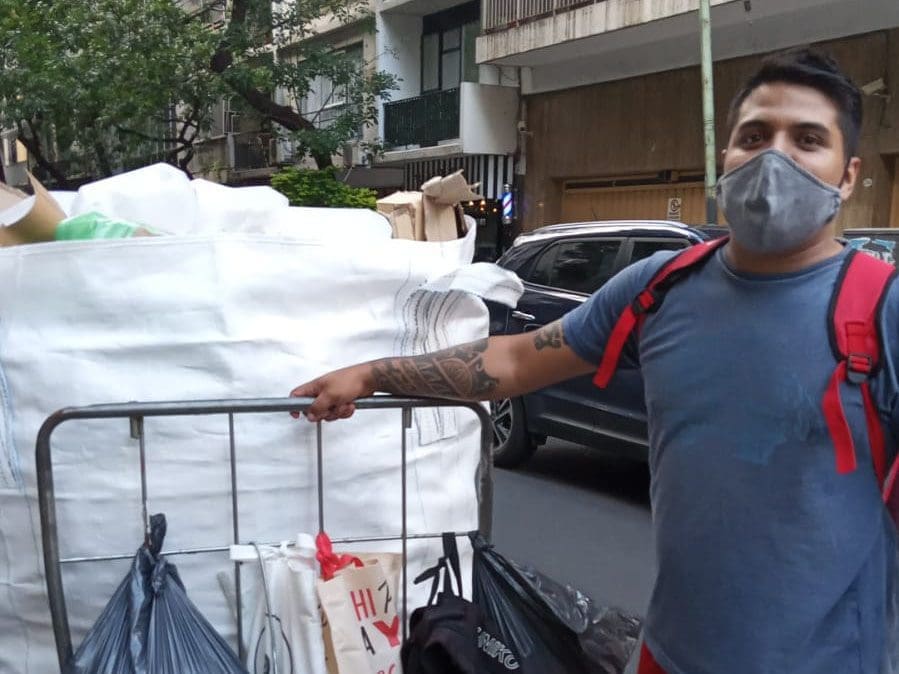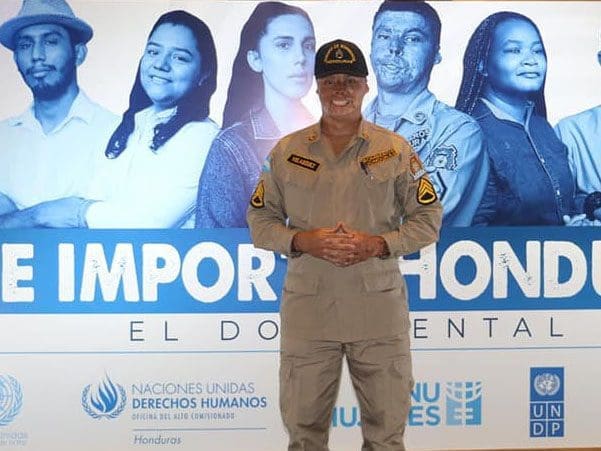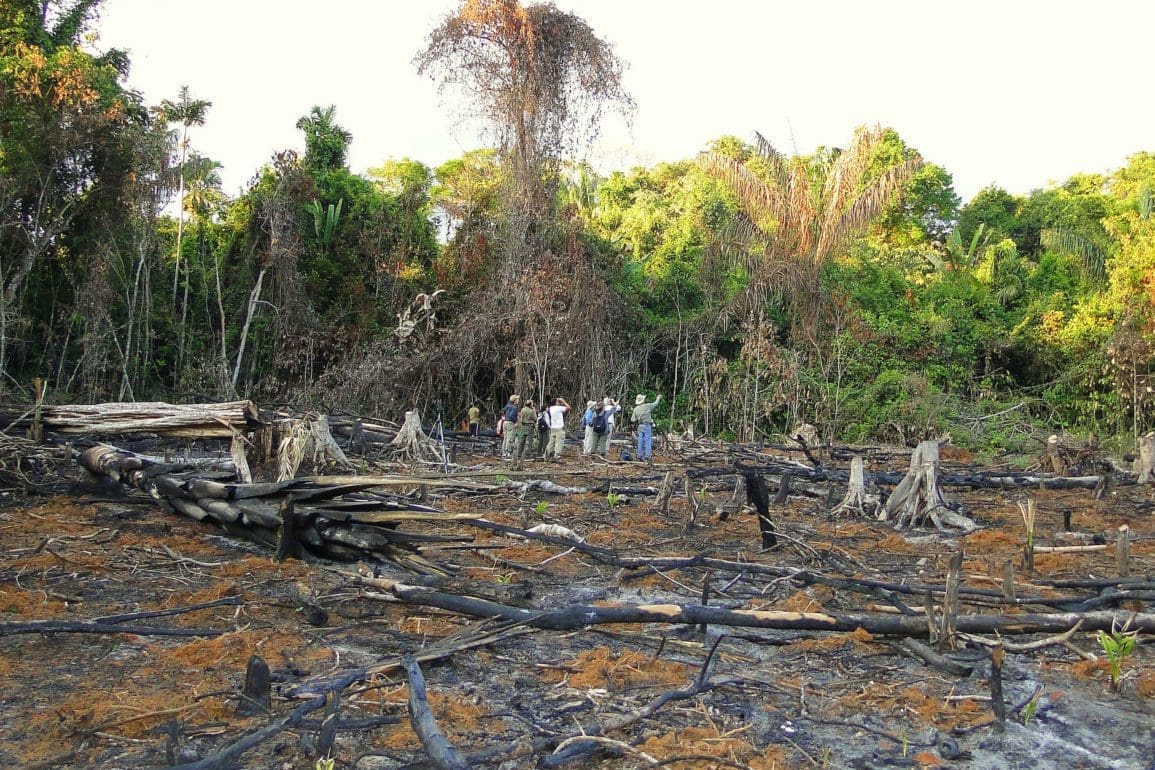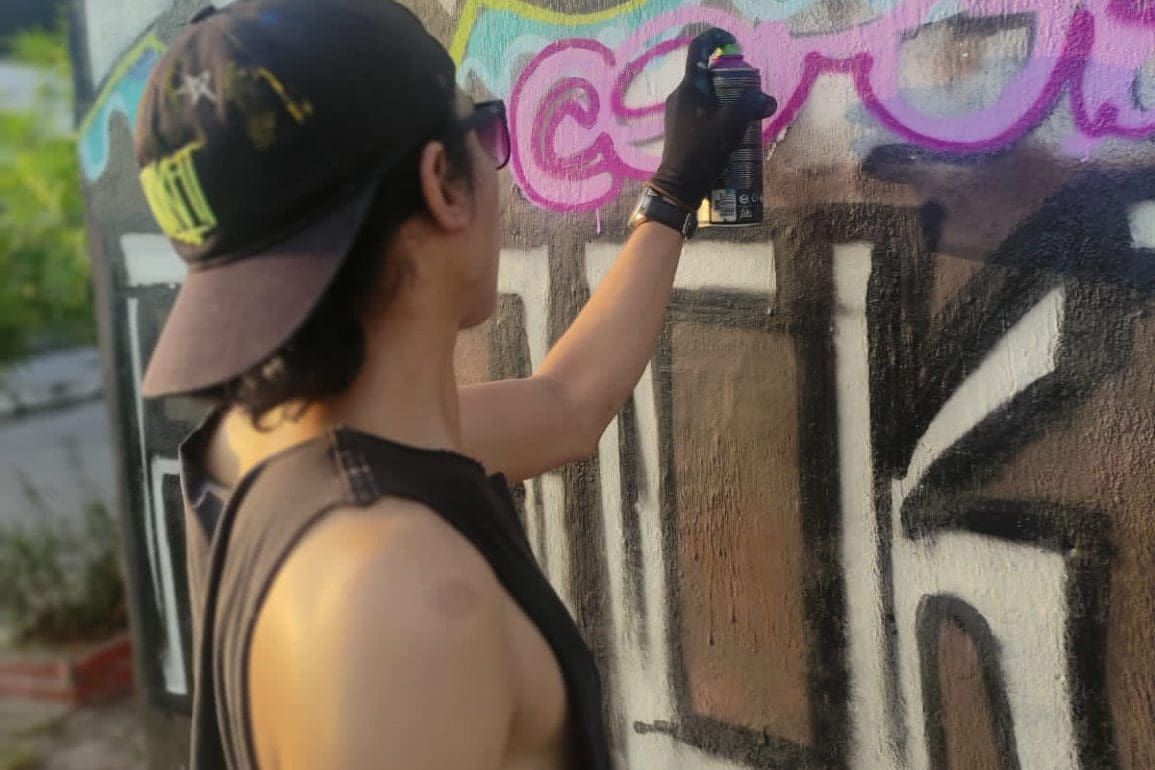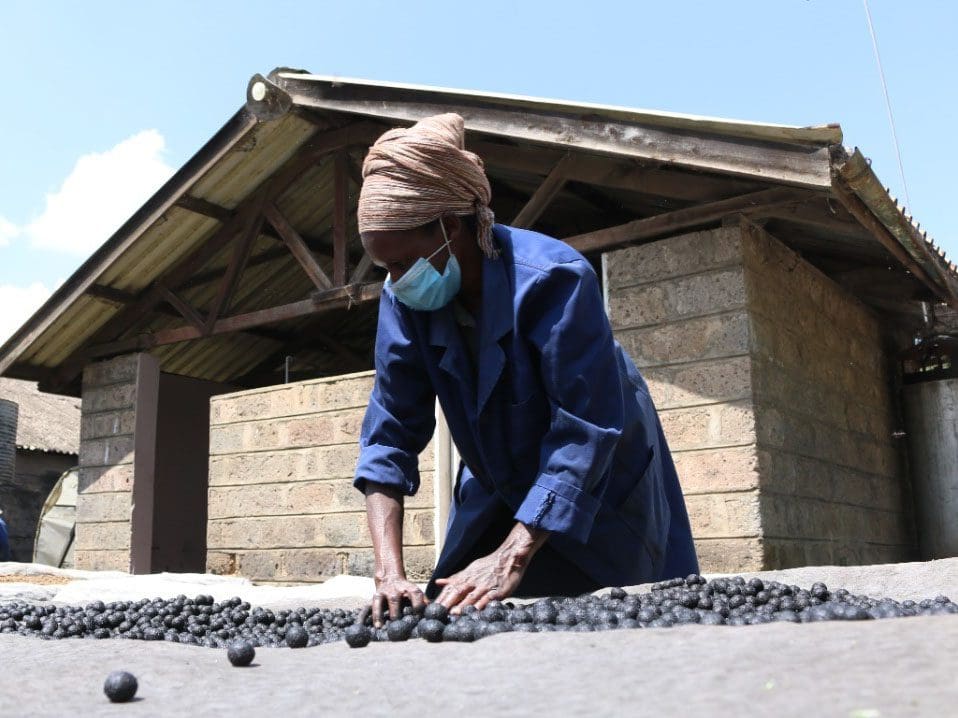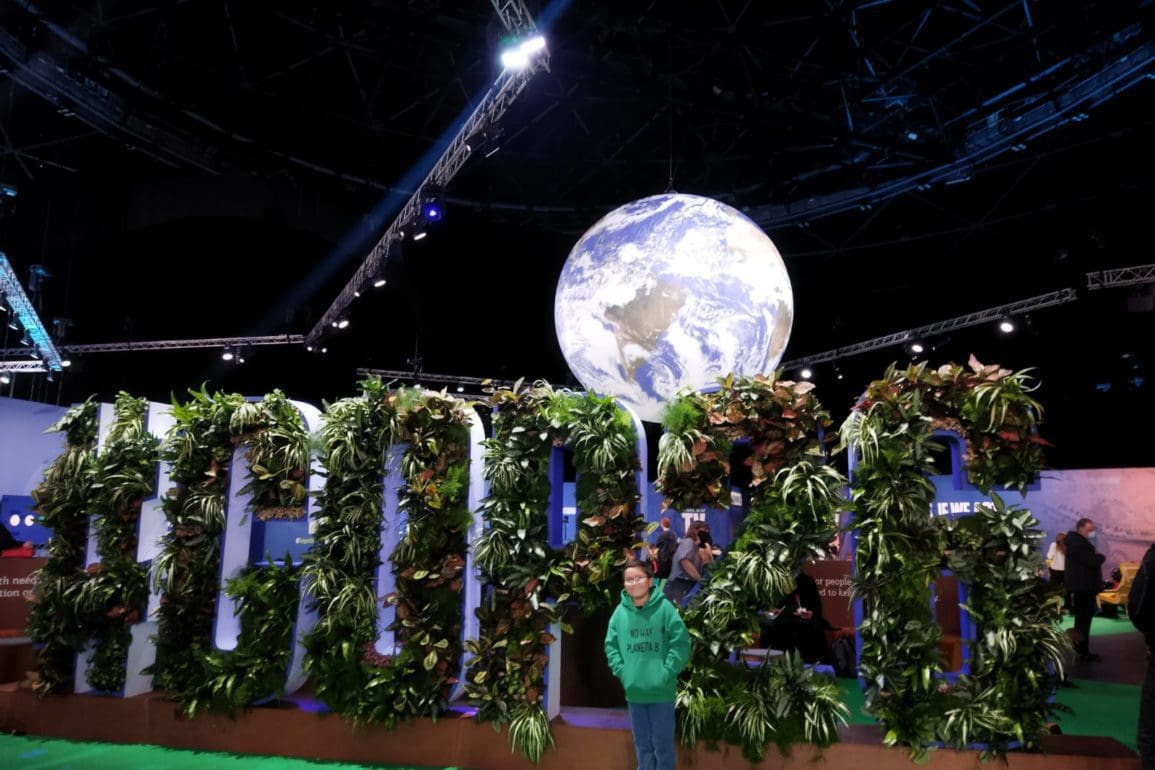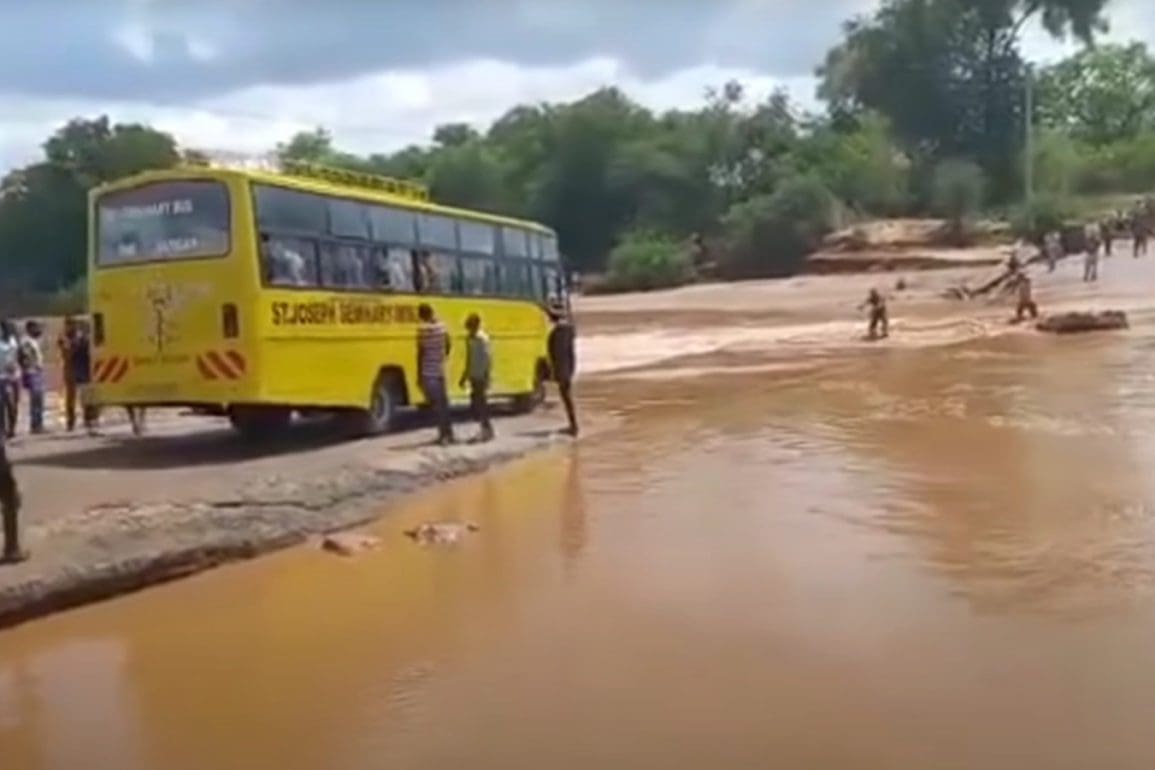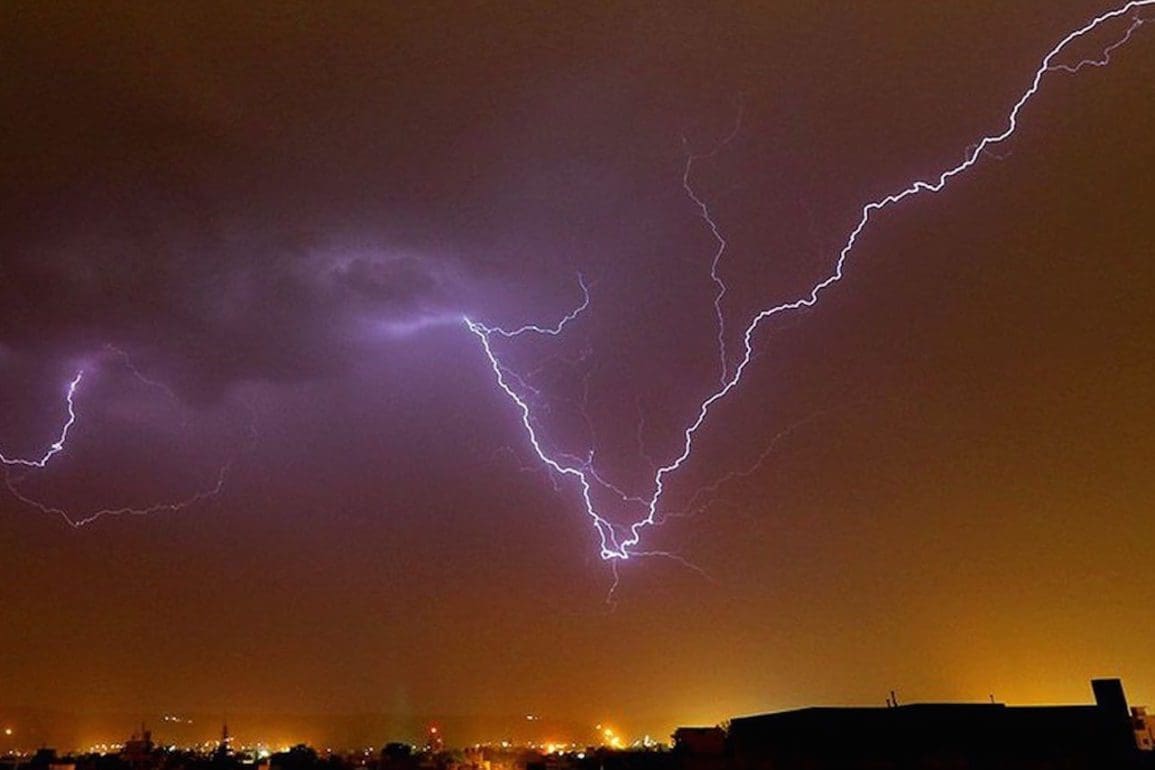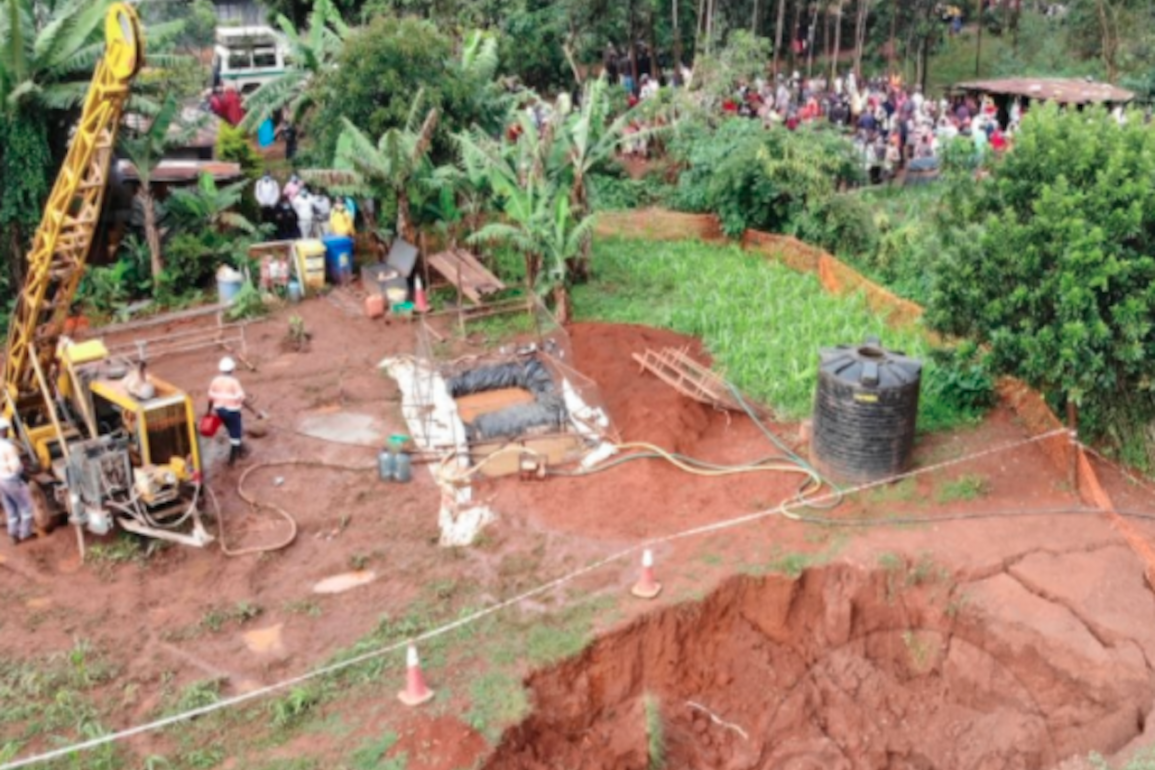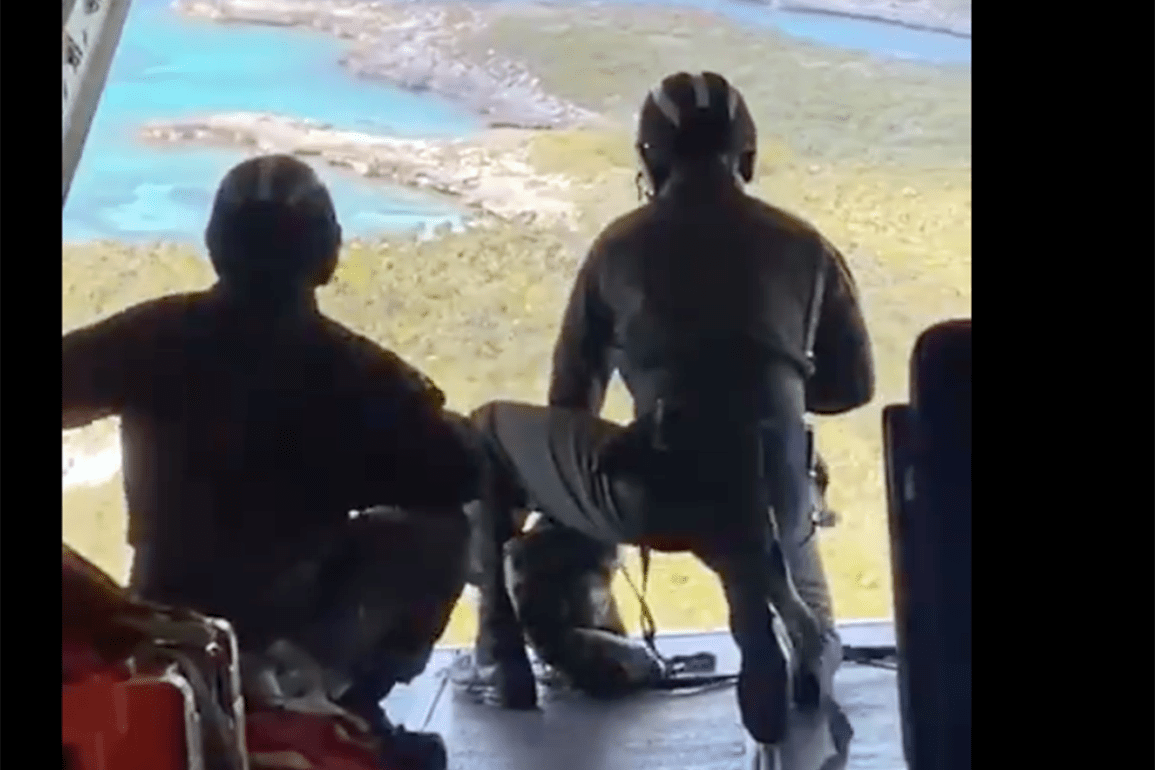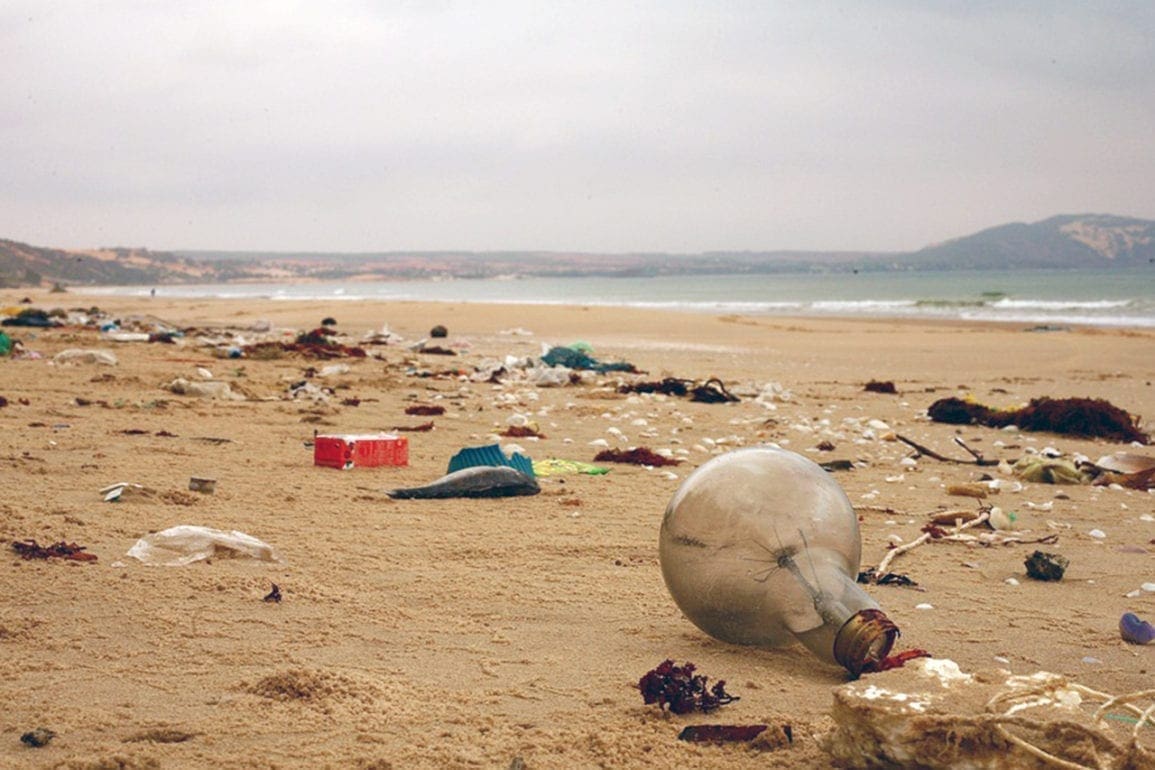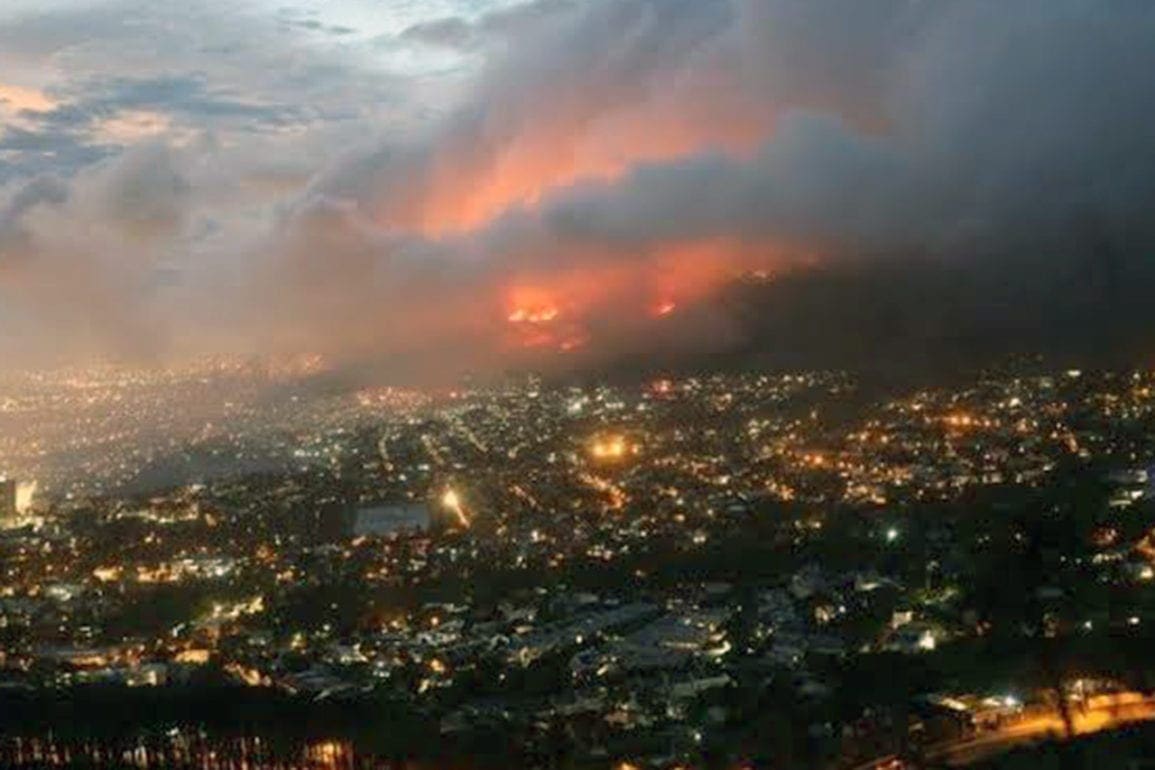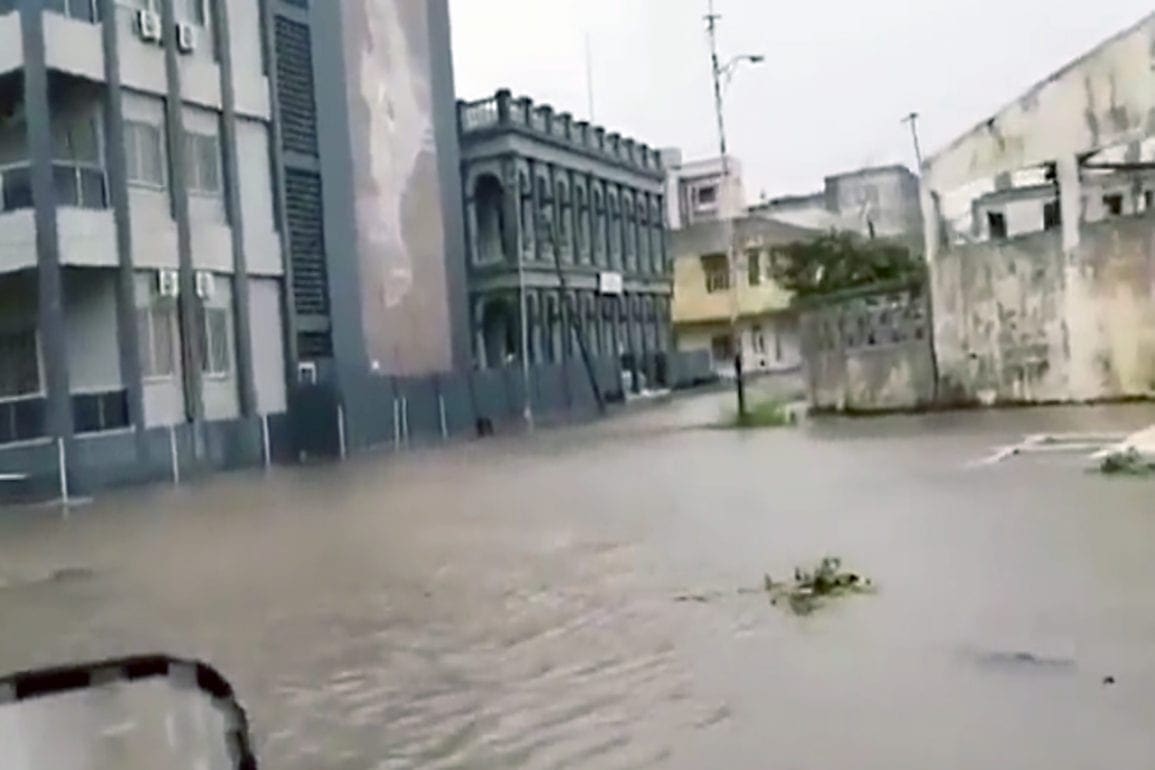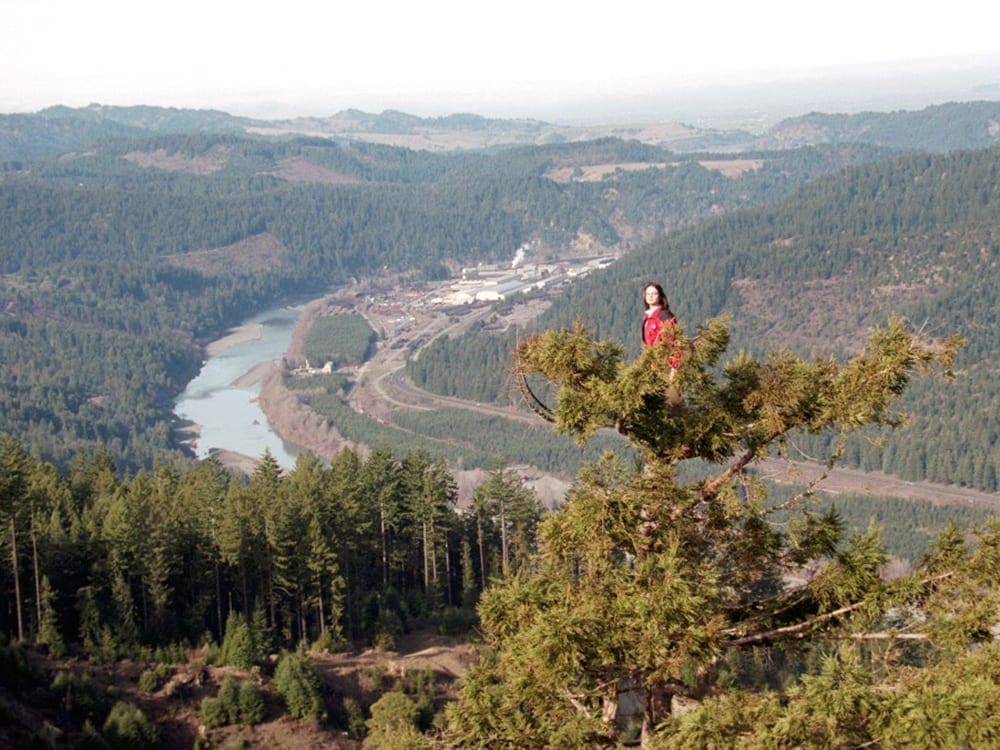Capital of Honduras on lockdown as deadly pollution threatens public health
In and out of houses, the strong burning smell in Tegucigalpa chased you, clinging to your clothes and hair… The tiny particles in the air passed through even the most efficient face masks, penetrating deep into the lungs.
- 1 year ago
July 18, 2024

TEGUCIGALPA, Honduras ꟷ In the early hours of Sunday, May 5, 2024, I awoke to persistent alerts pinging my mobile phone. In my role as head of the Municipal Unit for Integrated Risk Management for my city, I record and report on pollution. The municipality purchased equipment to measure airborne microparticles to determine air quality. We began monitoring in February at the beginning of heatwaves and the fire season. At first, we saw no big peaks, believing the situation was under control.
By the end of April, however, levels began rising furiously. The station checks – counted in real time – dropped incessant notifications on my phone via an app. On May 5, the values reached 400 points. The maximum is 500, and we suddenly faced dangerous levels of air pollution, the kind that affect even healthy people. Now on red alert, we faced a catastrophe in Tegucigalpa. I rushed to the window. As the sun dawned and painted the landscape red, a grey haze blurred and covered everything. The strong smell of smoke became more and more pronounced. The air stood stagnant without any wind blowing it about. Any exposure caused risk.
Capital city of Honduras looks like a scene from a horror movie as pollution reaches astronomical levels
Tegucigalpa boasts a very particular topography. Surrounded by mountains, the capital of Honduras sits in a valley that acts as a hole. The fumes from some 650,000 vehicles – many of them Diesel – combines with smoke from forest fires and farming into dense and polluted air.
[One city in Honduras was deemed the “most polluted on the American continent.” Clouds of pollution hanging over many cities in Honduras has closed airports, while the government advises people to close doors and windows and stay inside. Schools closed and patients with respiratory infections spiked 20 percent.]
On that day, when the alerts spiked, the heat felt unbearable. The thermometer read 44◦ Celsius (111◦ Fahrenheit). With no air flow, wind, or precipitation, the smoke clung to everything as if motionless. It felt like watching a horror movie. I ran to my computer and drafted the notification necessary to issue communications and put the population on red alert.
We announced an indefinite presence of the smoke until we saw a change in wind patterns or the rainy season began. We had no way to predict how long it would take. It became imperative we limit outdoor activities immediately. Remote work, school closures, and the use of face masks became imminent. It felt eerily like turning the clock back to the COVID-19 Pandemic, living in a state of quarantine.
Illness and death spread rapidly as Honduras population grapples with toxic smoke
The media leapt on the story, and it appeared on the front page. The headlines spoke of contamination, uncertainty, and health conditions. Images of the city spread. Never in history had we seen anything like this, as dense layers of smoke clung to everything. With the closure of airports and certain roads, we truly became isolated.
In and out of houses, the strong burning smell in Tegucigalpa chased you, clinging to your clothes and hair. Each breath became toxic. Queues at health centers became endless and overcrowded hospitals filled with people of all ages tending to emergencies and severe illnesses.
The tiny particles in the air passed through even the most efficient face masks, penetrating deep into the lungs, causing direct damage to respiratory tissues. Conditions like asthma and bronchitis became exacerbated.
People presented with strokes, viruses, skin conditions, eye irritation, dehydration, stomach upset, and severe headaches. In the long lines, people fainted and many died, especially in the southern part of the country. Those with cardiac issues, diabetes, and cancer faced weakening immune systems, making them susceptible to everything.
The situation felt apocalyptic. My phone rang off the hook and hundreds of messages flooded in daily, asking about the levels of contamination. All hours of the day and night, people awaited some new, more encouraging piece of information. At night, I often awoke startled, sweating and feeling as if I was suffocating. Looking out the window at the starless sky, the red moon disturbed me.
Watching a co-worker nearly die, man feared the worst
With people forced into their homes, we saw a sharp decrease in traffic. Practically no one appeared on the streets. Meanwhile, as a risk unit, we worked tirelessly. At times, I had to go in person despite the danger. I put on my mask, quickly jumped into the car, and closed the doors and windows. My mouth and lips went dry, and my nose itched as I began coughing.
Looking out the car window, it was as if everything disappeared in the haze. Outside the car, walking through the streets felt torturous. My arms and legs grew heavy as a throbbing headache set in. Coughing endlessly, I felt tired, thirsty, dizzy, and irritable. The tallest buildings in the city located in mountainous areas became invisible and I could see only two kilometers ahead.
In the office, we locked ourselves in and ran the air conditioner, sealing the doors and windows to keep the smoke out. Some co-workers took sick leave due to respiratory illness. Everyone felt the blow to our morale. One day, a co-worker became short of breath and started choking. Her lips turned blue as her fragile lungs, still healing from COVID, deteriorated.
In shock, we awaited the paramedics, watching her condition worsen. With my hand on hers, I felt her letting go as her eyes closed. Worry consumed me, but minutes later, we heard the siren of the ambulance. Relieved, I watched as they stabilized her and took her to the hospital. The medical professionals instructed her to use oxygen indefinitely.
The smoke clears in Honduras, but the threat remains
Then, like magic, after 33 days the first raindrops began to fall. The wind blew and the temperature dropped. As the smoke dissipated, everything came back to life. Having told the people we needed wind and water to get out of this catastrophe, those signs brought people much needed relief. After hiding for more than month, we saw the sky start peeking timidly through the clouds. Excitement consumed us as we saw the landscape redrawn.
When the rain and wind attacked the smoke that hovered over Tegucigalpa, people started coming out of their houses and into the streets. Little by little, as the days went by, they resumed their routines. The disaster hit us all and we feel slow to leave it behind. Many of the wounds we endured remain open.
With environmental pollution and climate change deeply affecting our area, we never lose sight of issues like these. The warning of a possible repeat event of this magnitude or worse, feels like a ghost haunting us.
Looking to the future, we must build a new path forward and raise awareness. We remain responsible for developing strategies to cushion the consequences of pollution and climate change. These tragedies are set in motion; they are inevitable.

